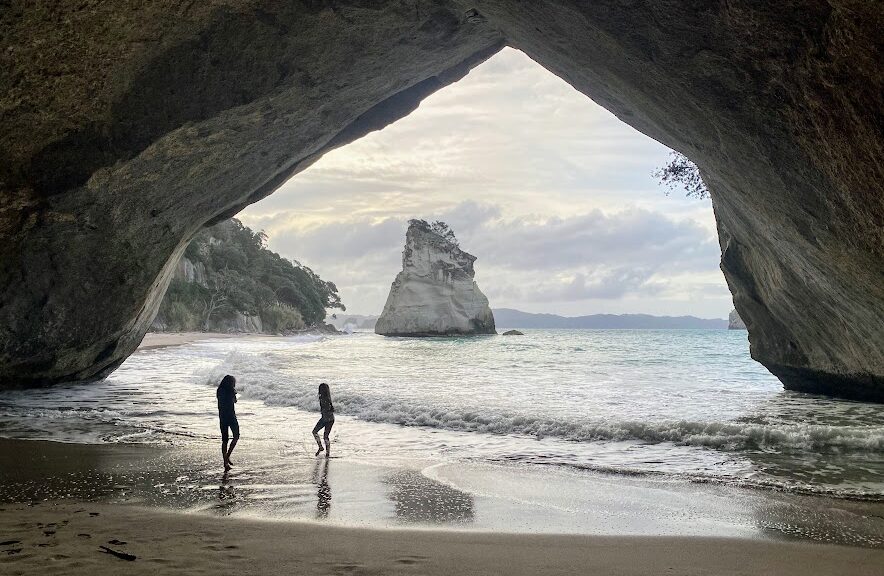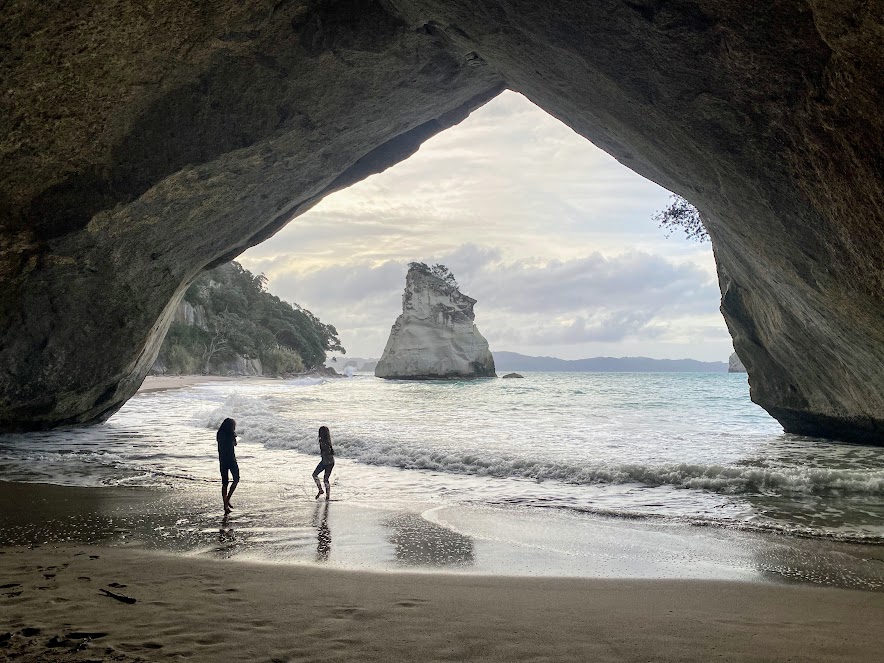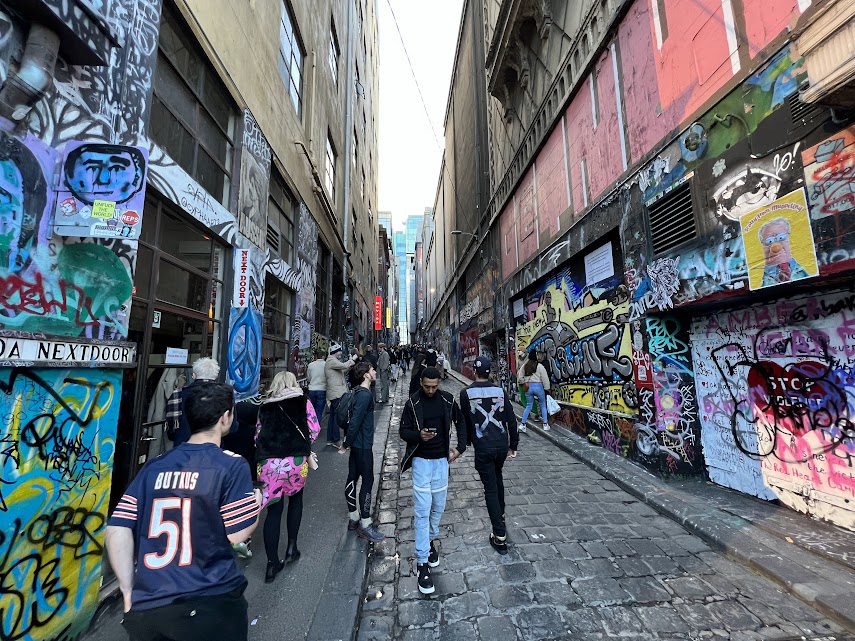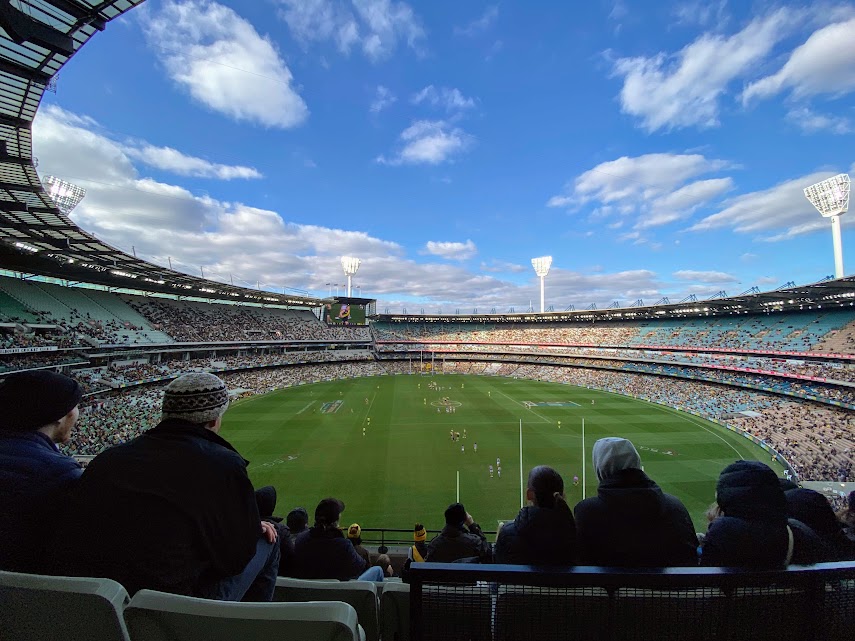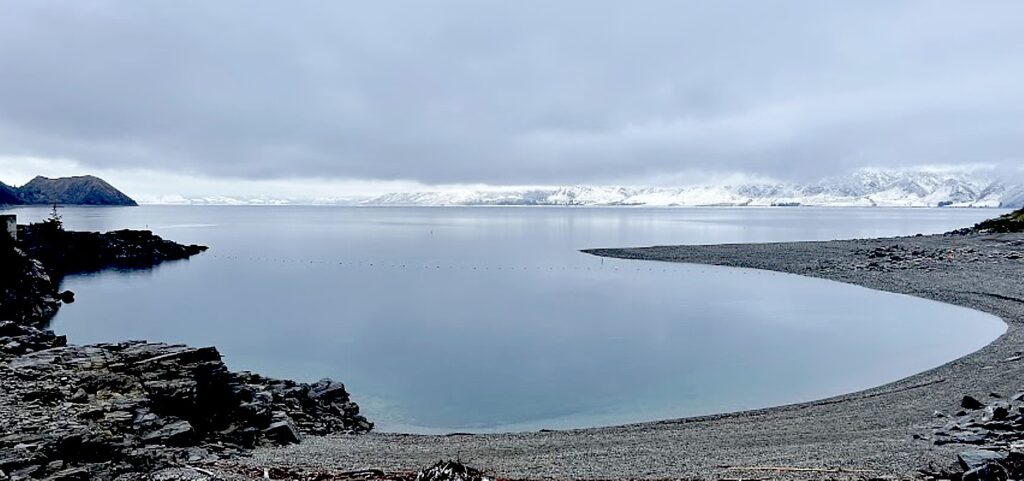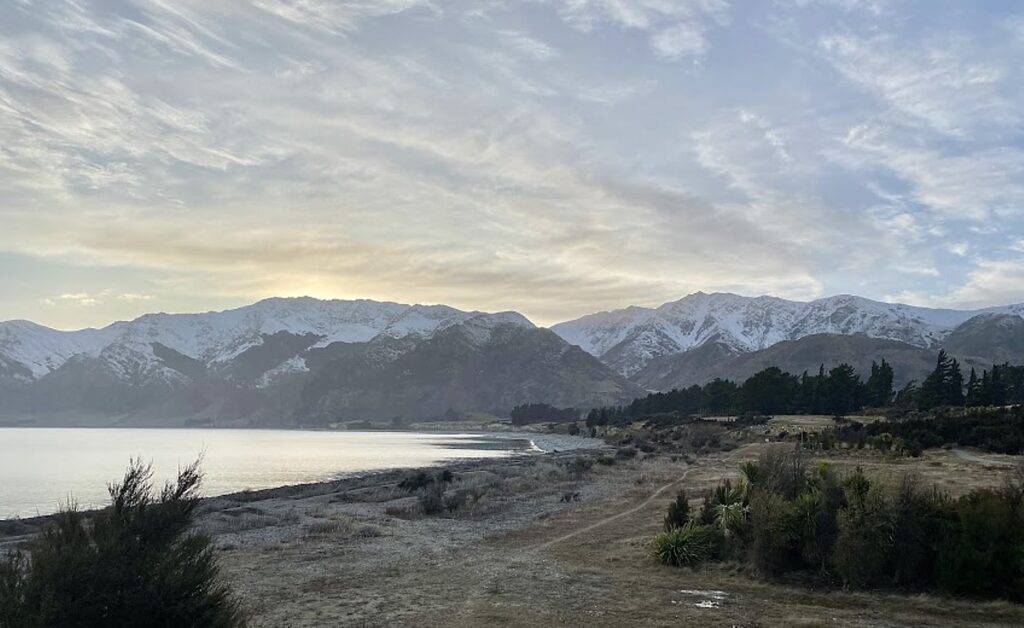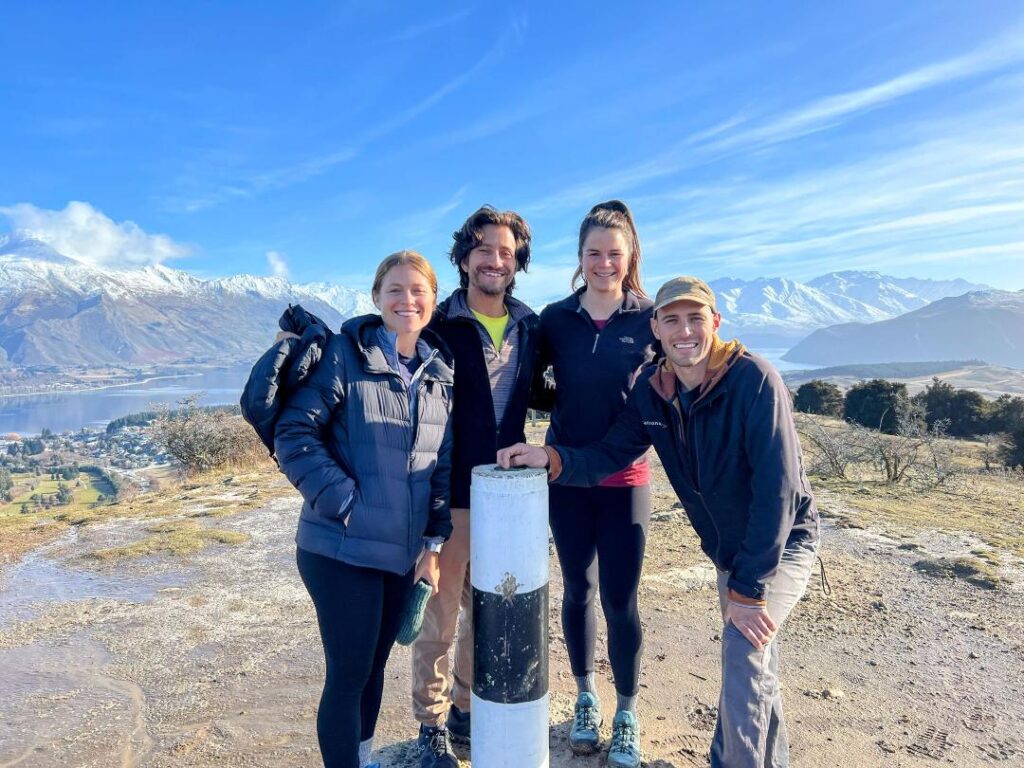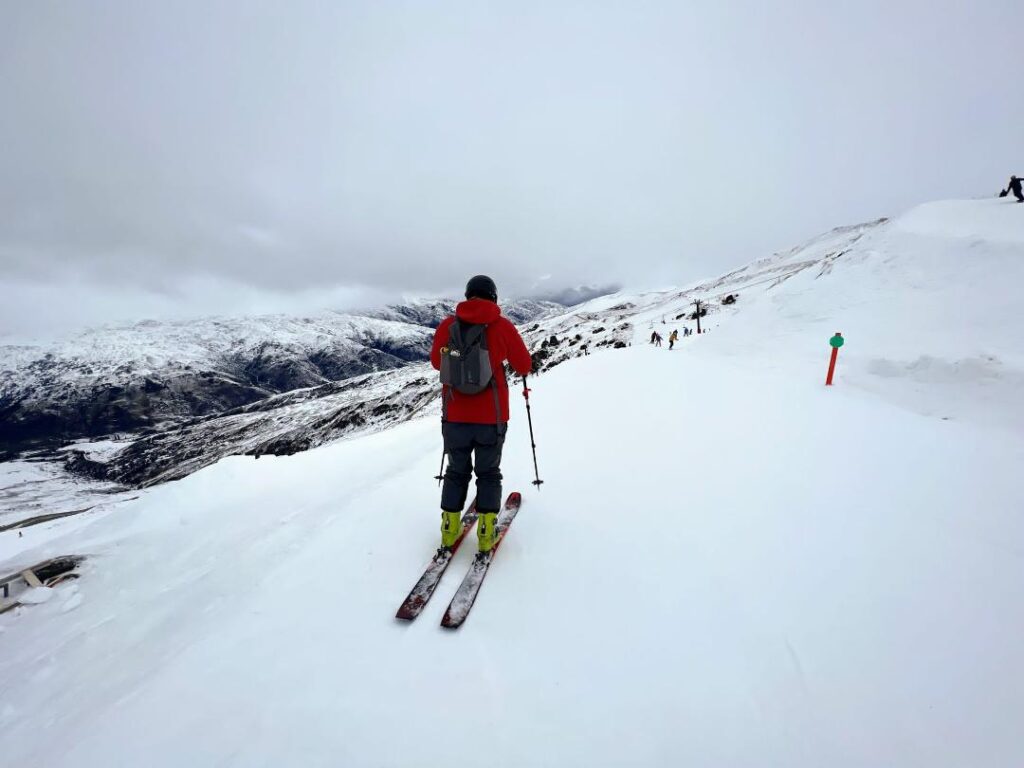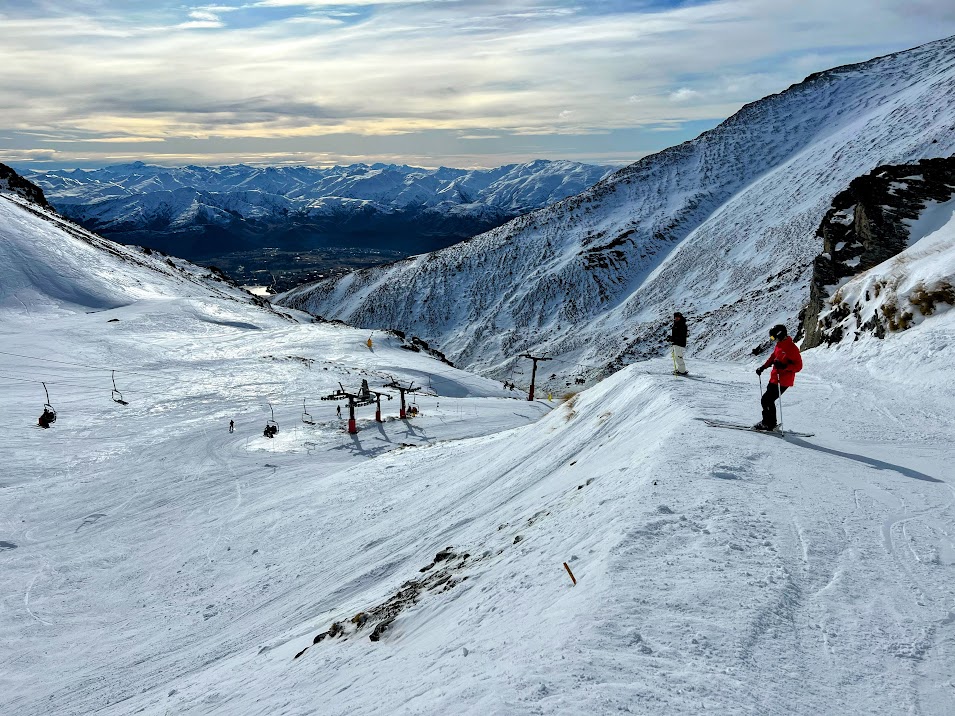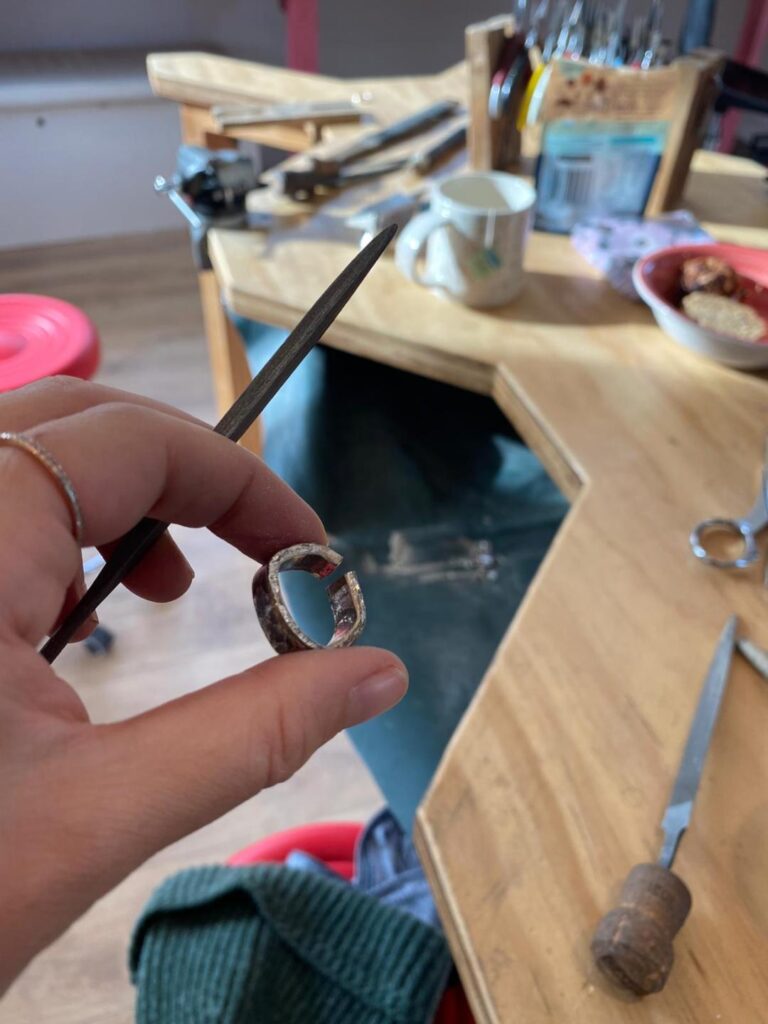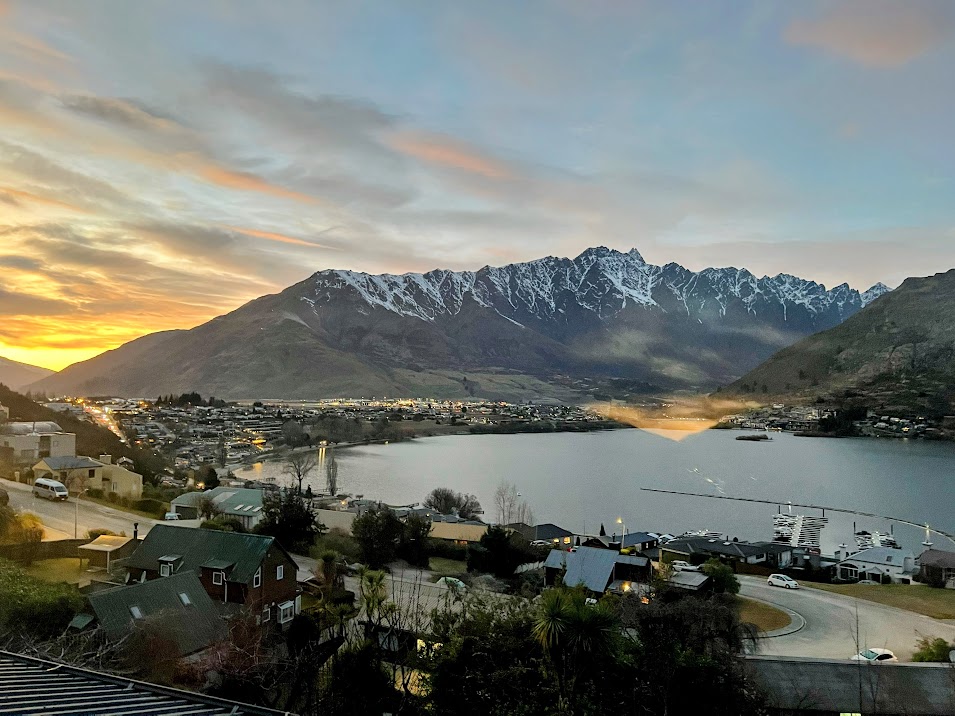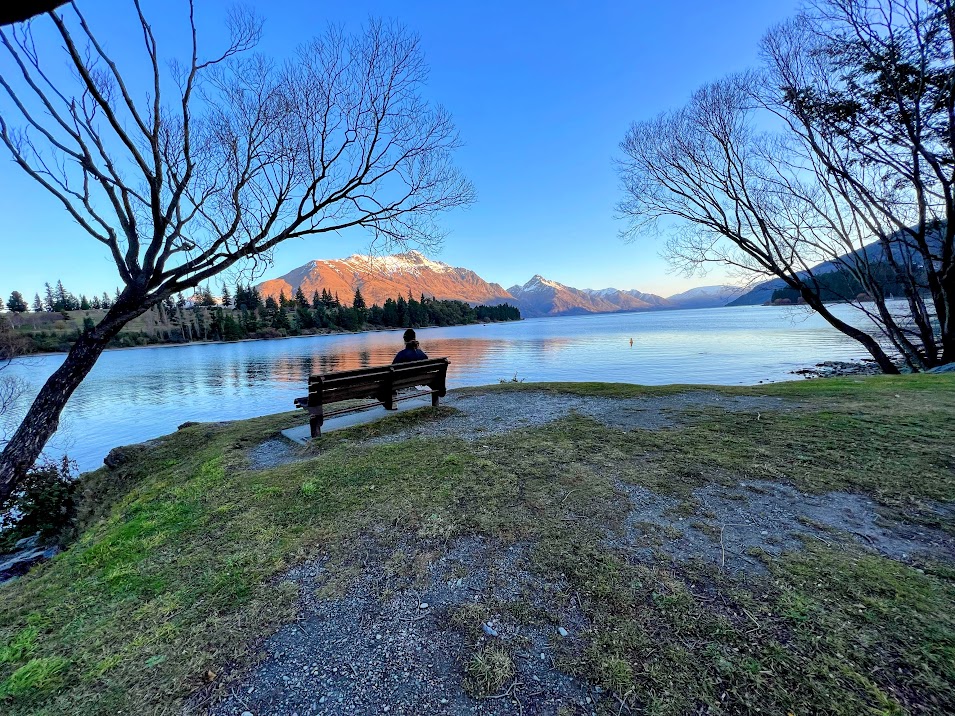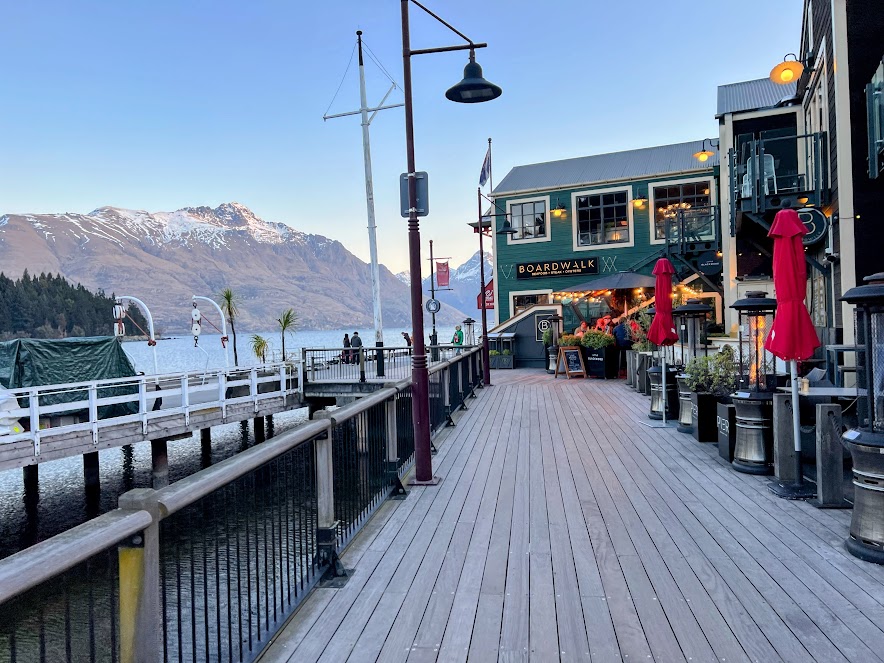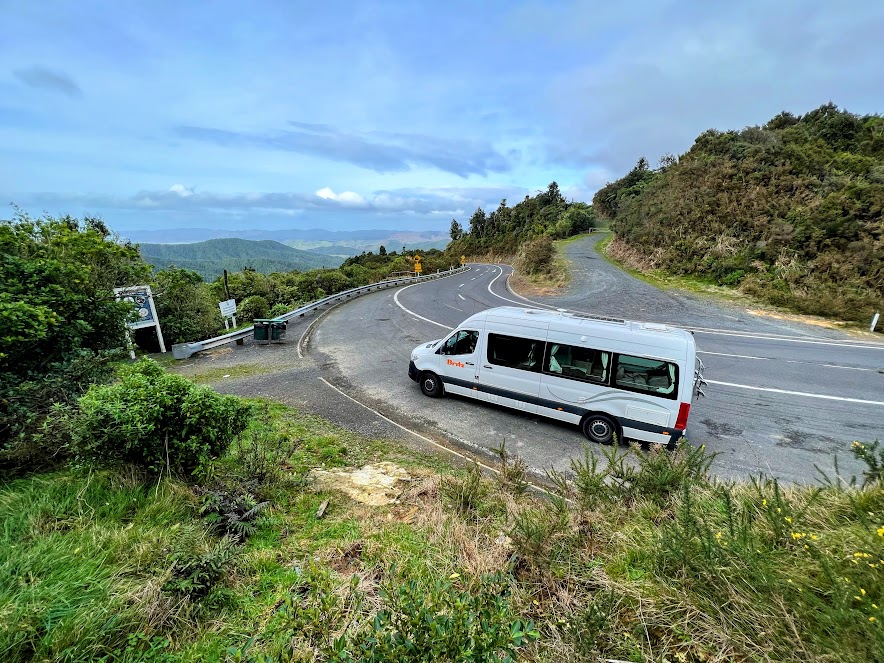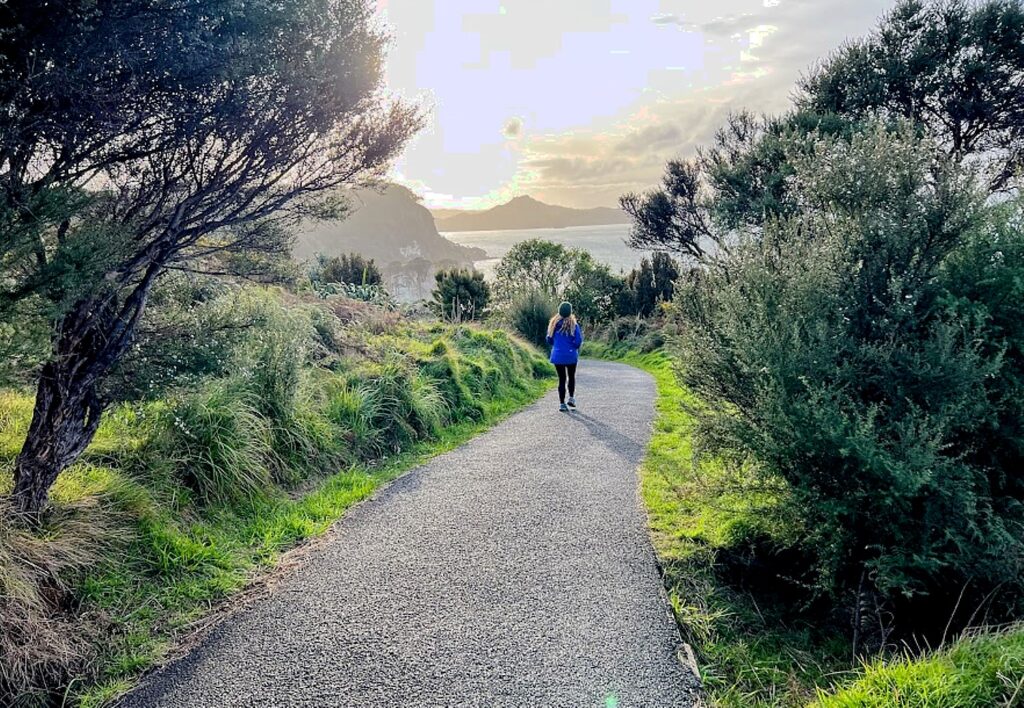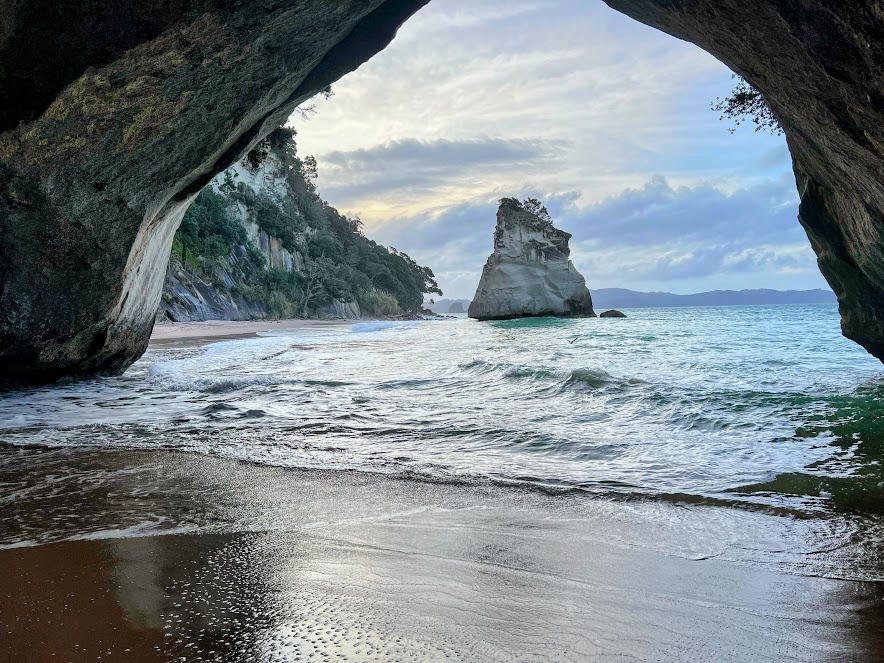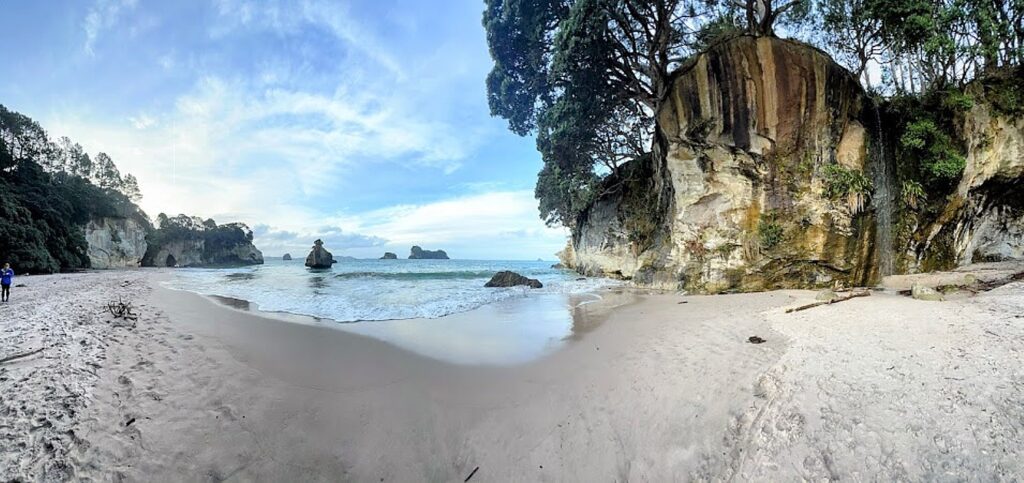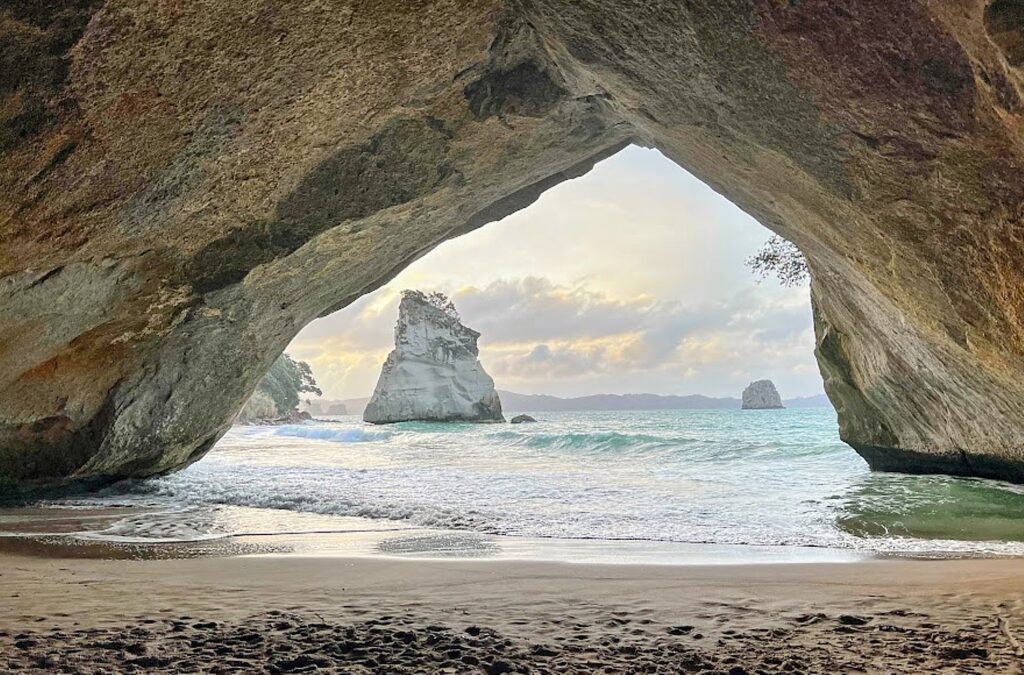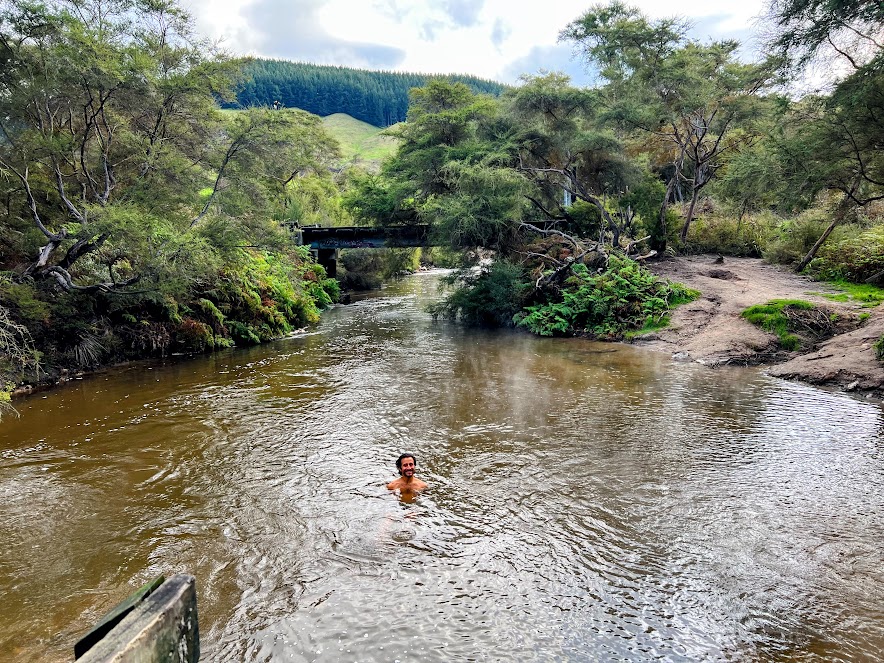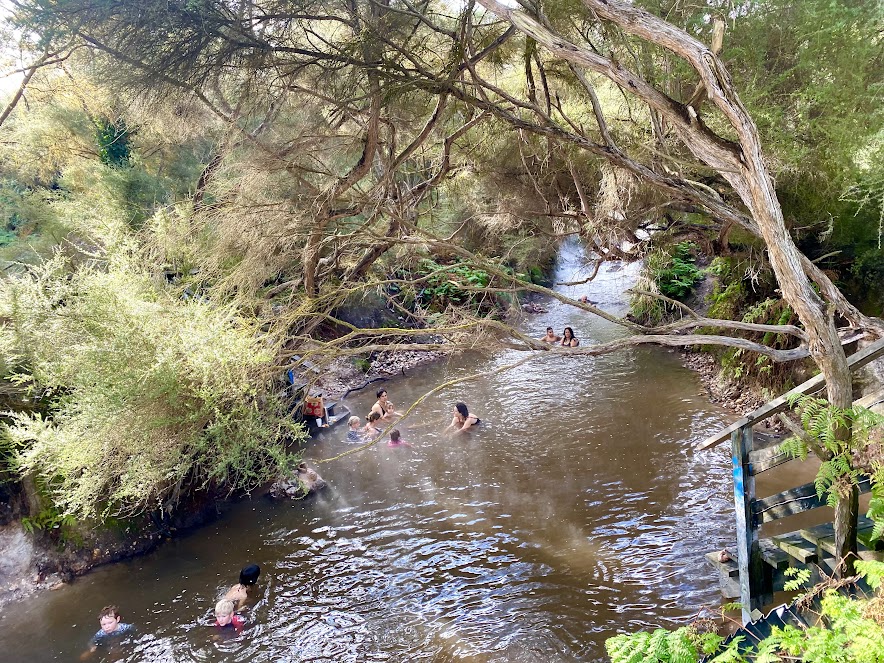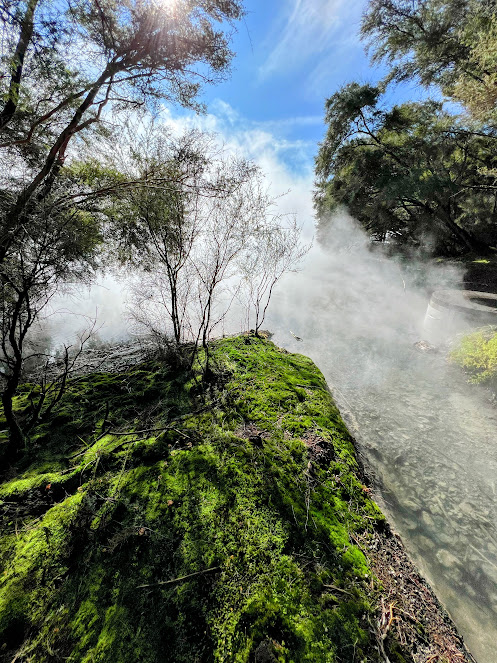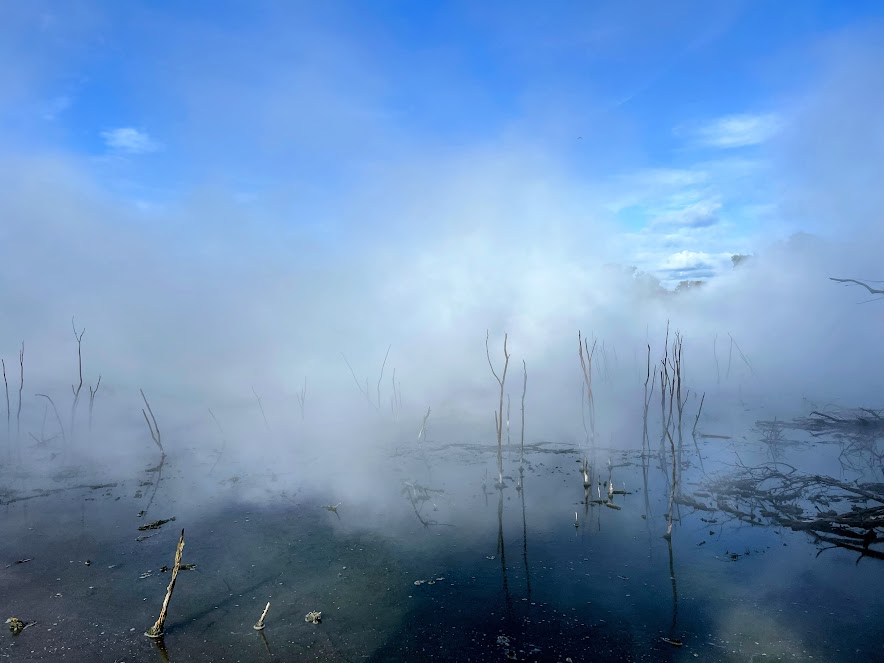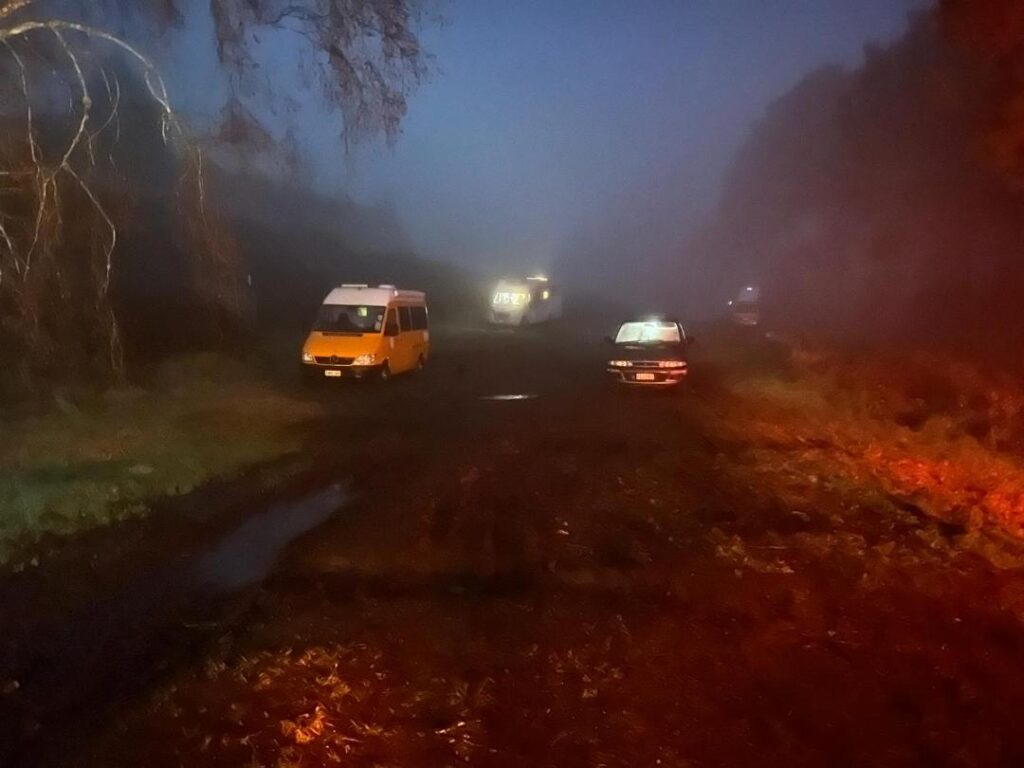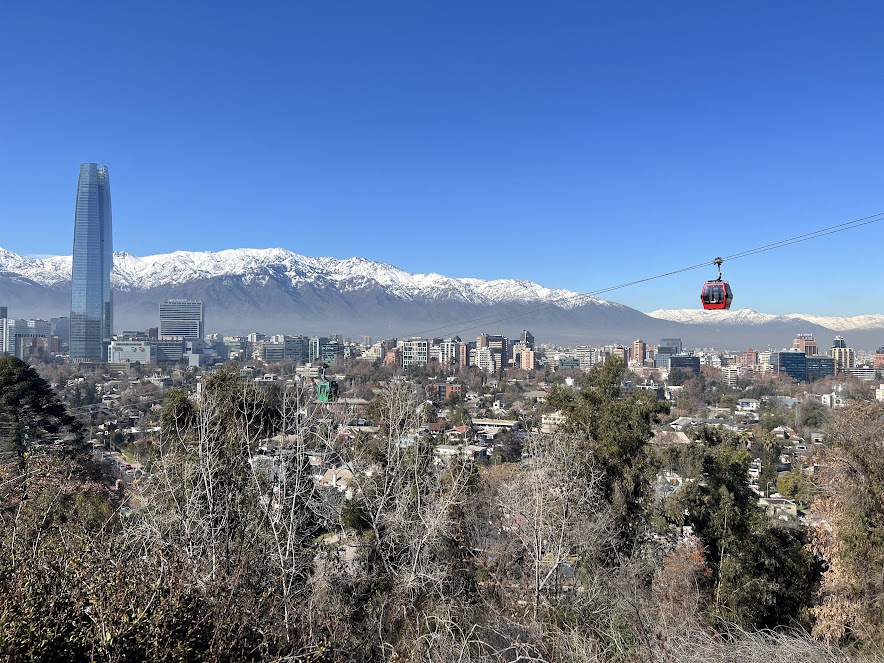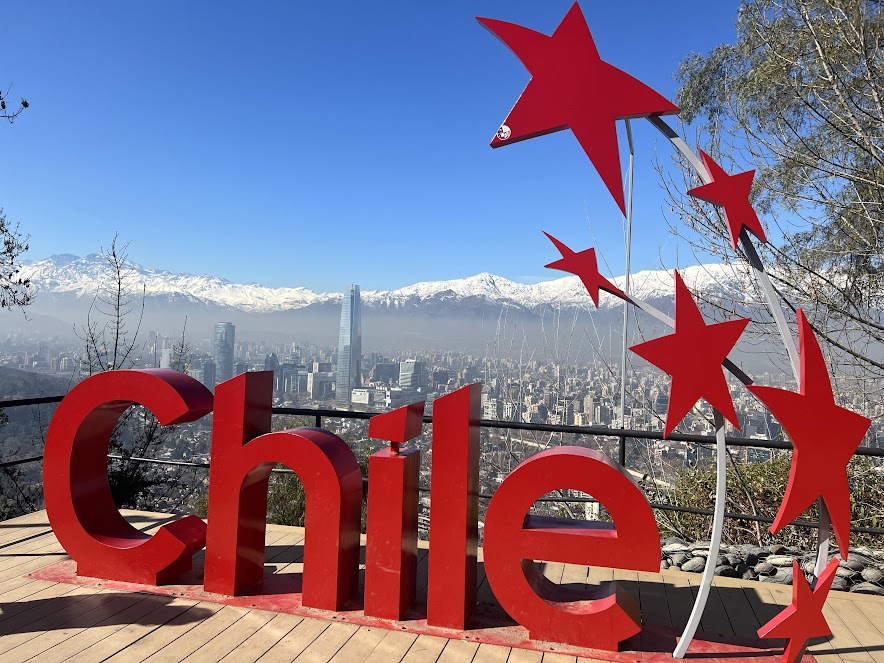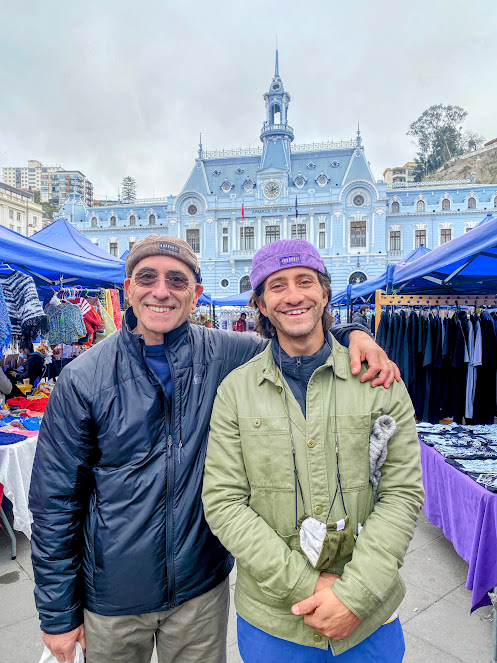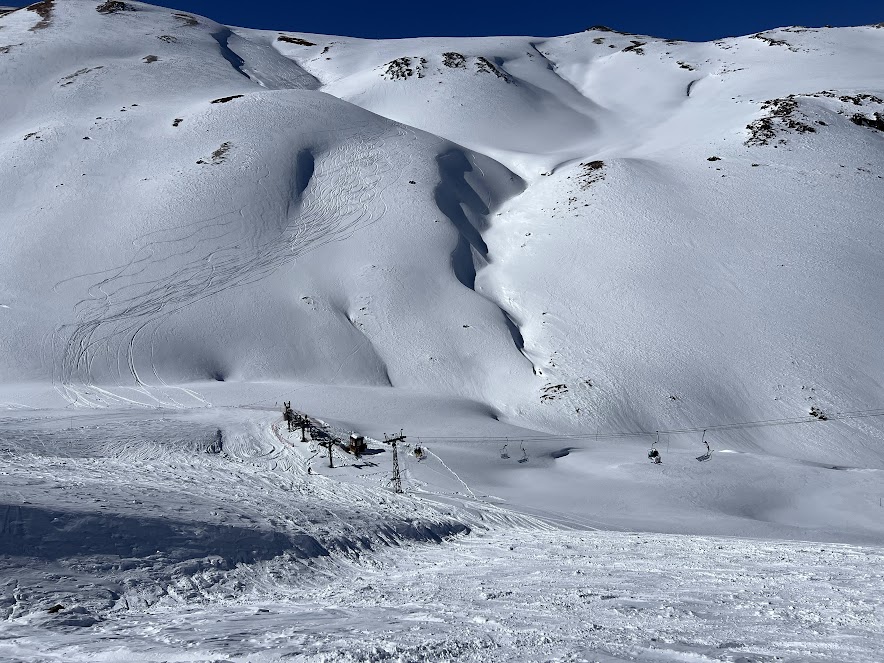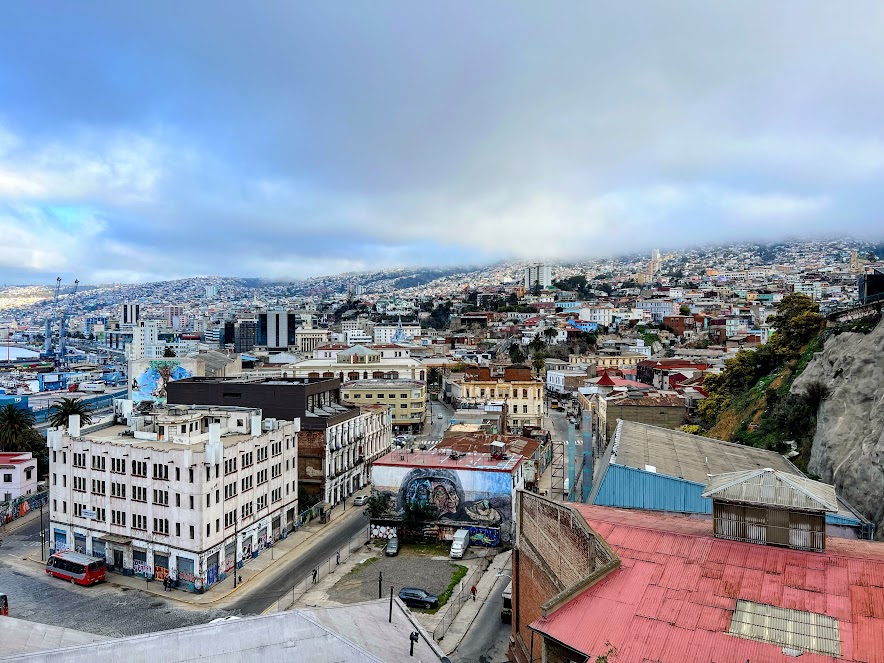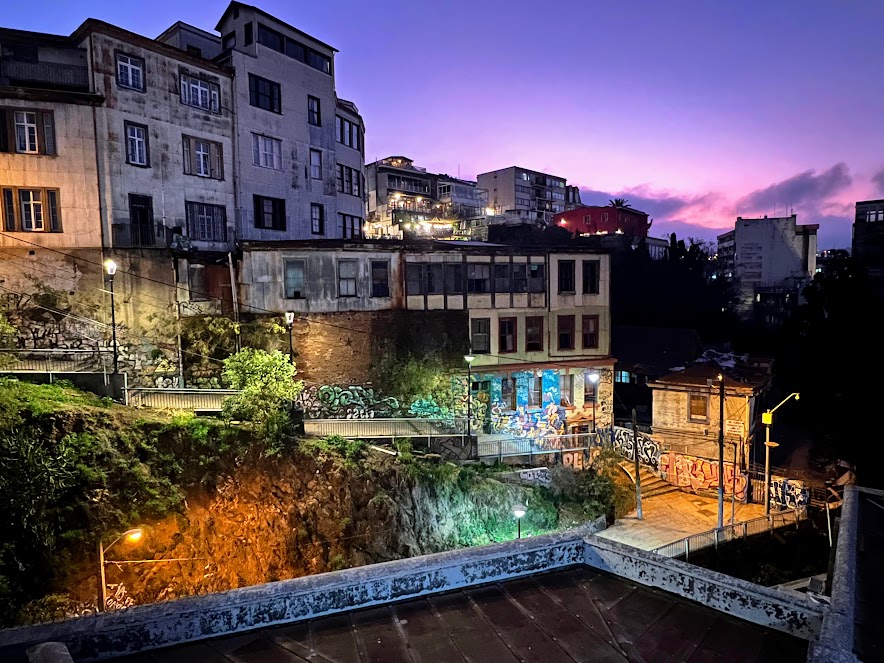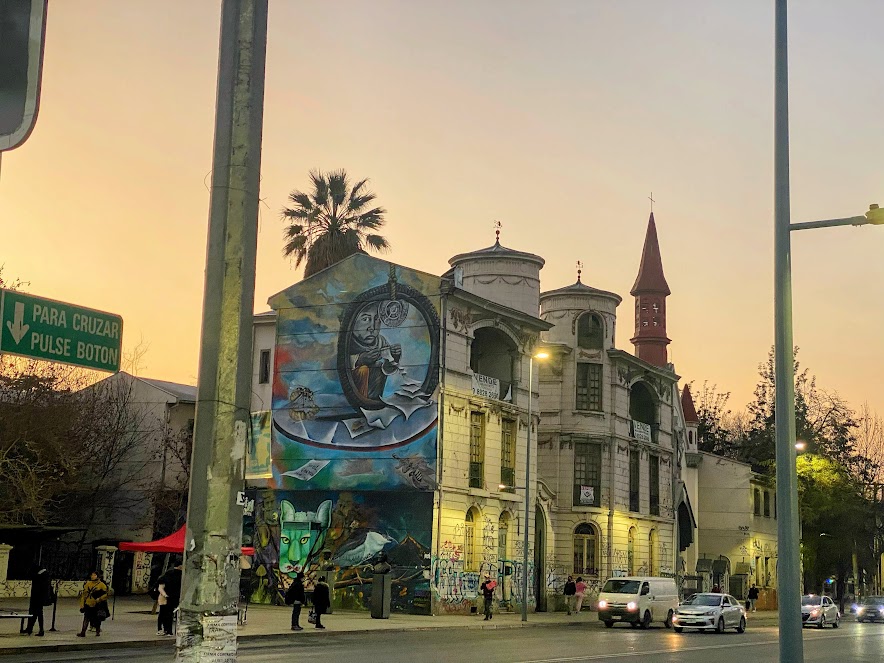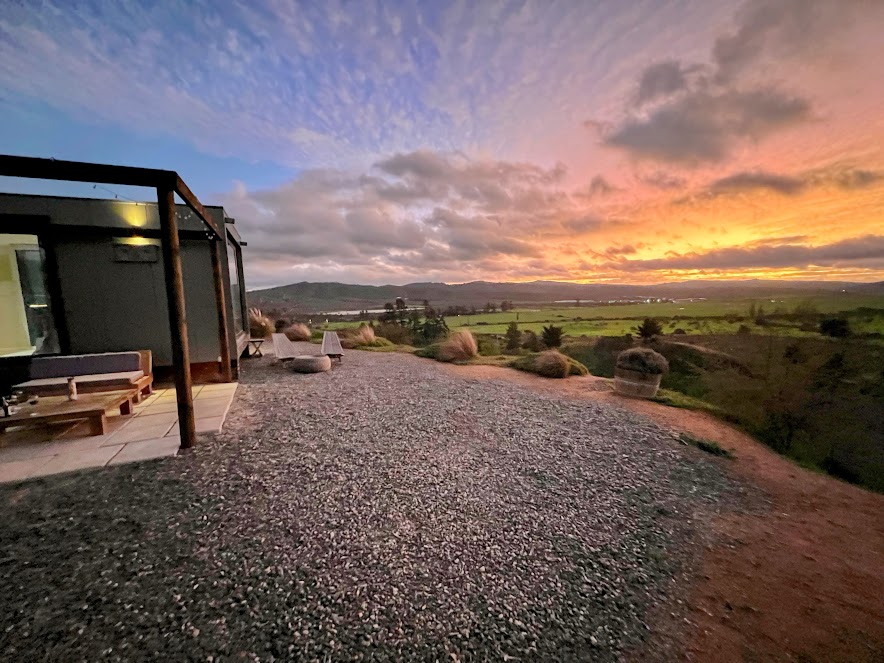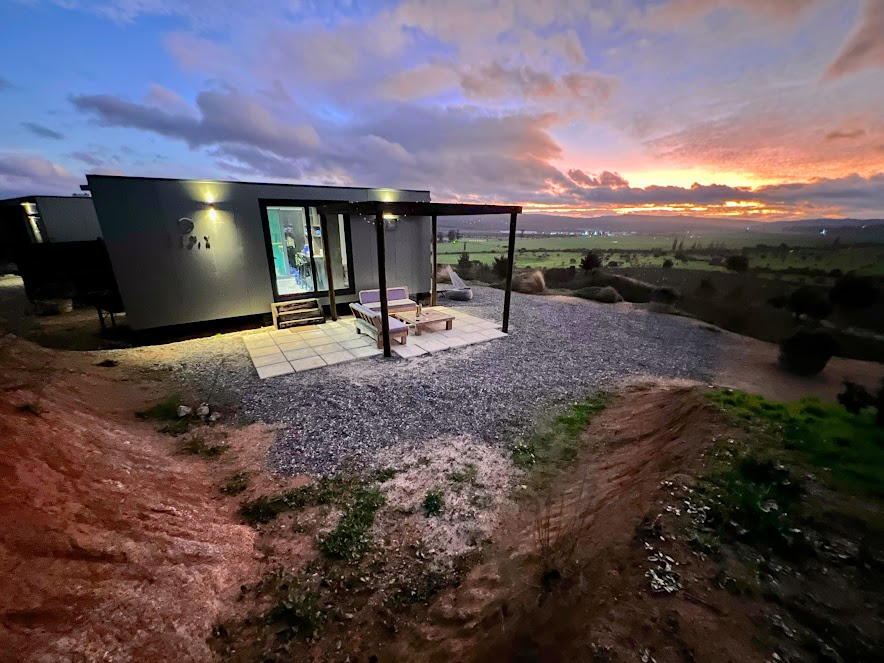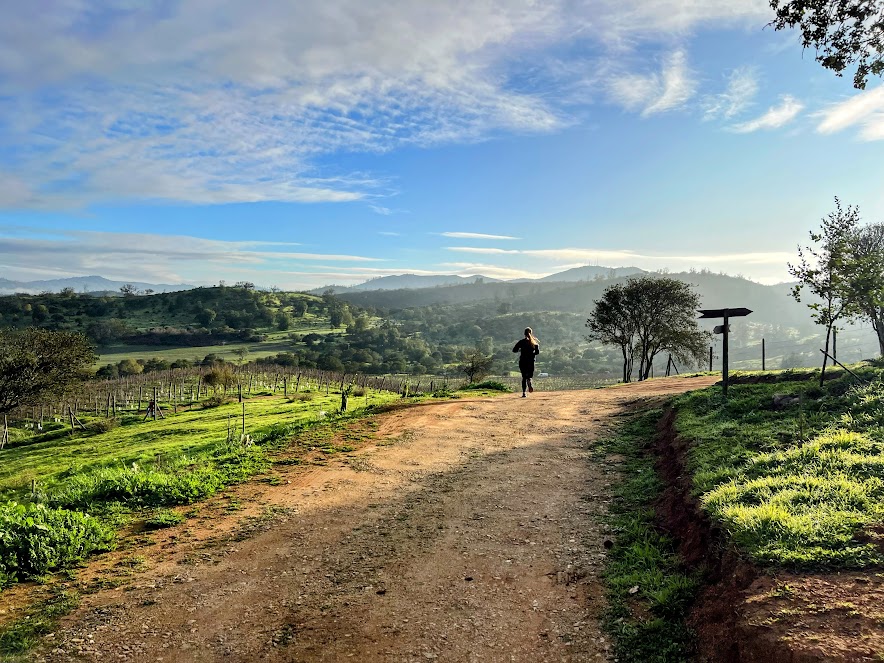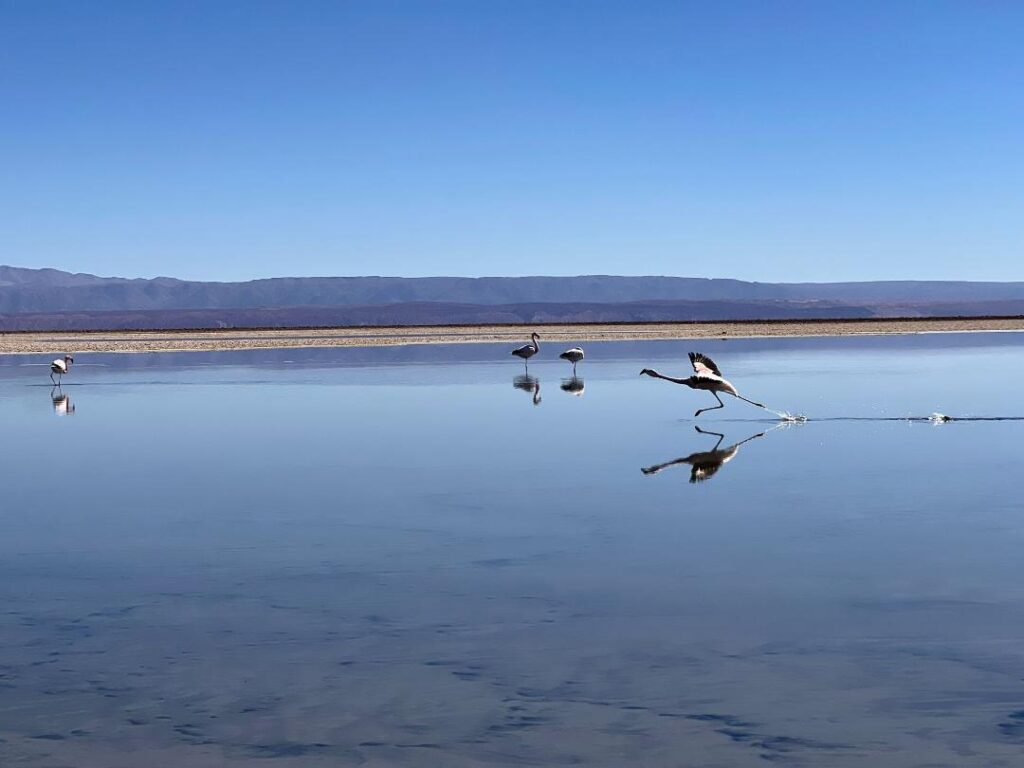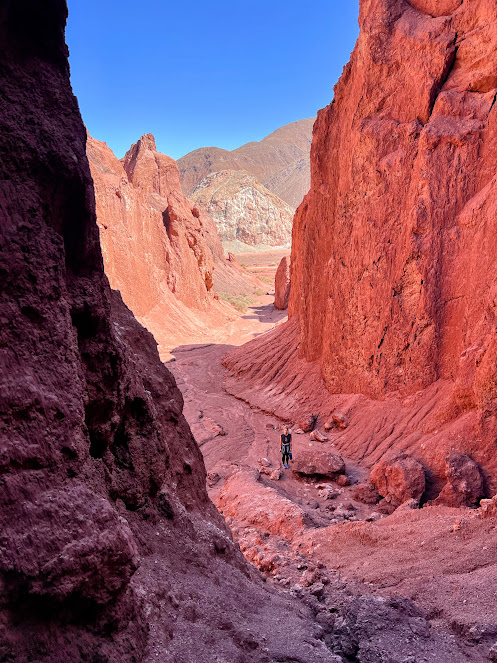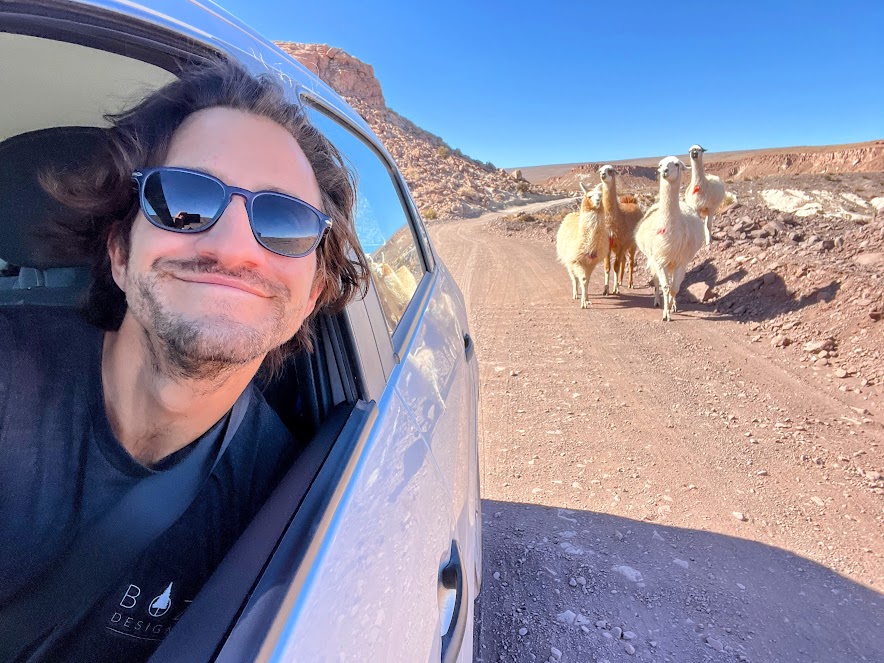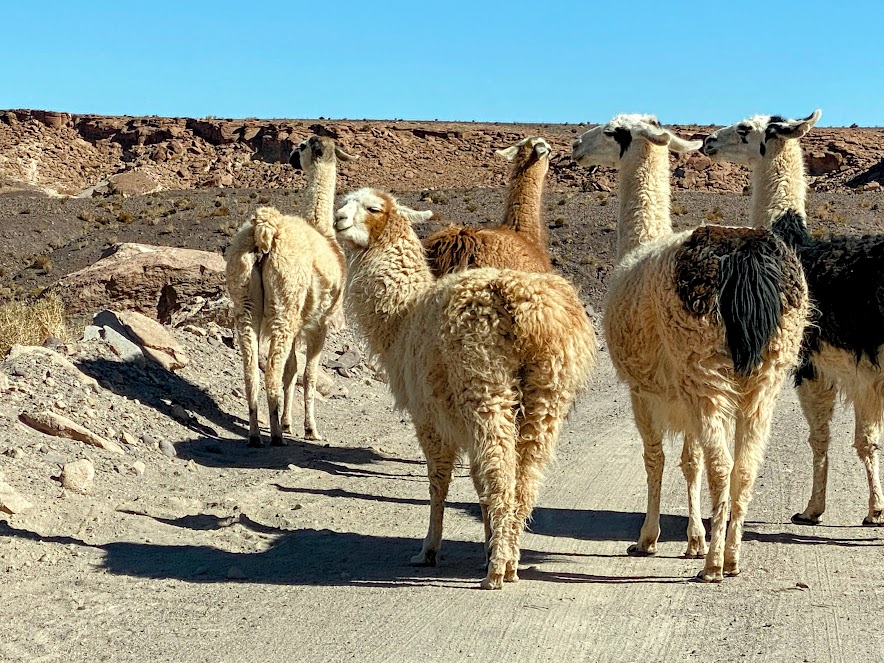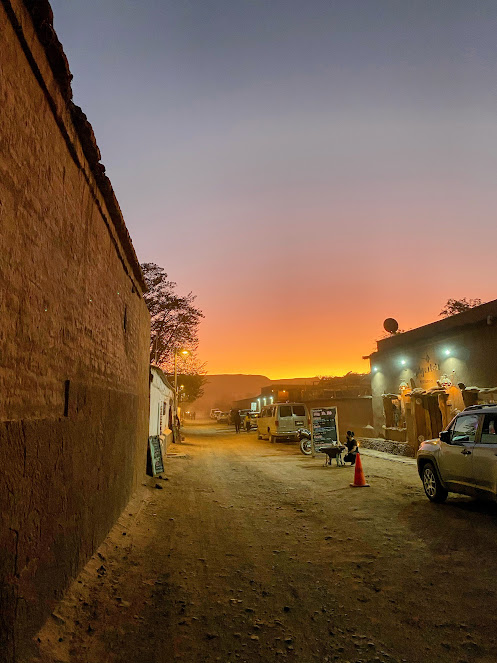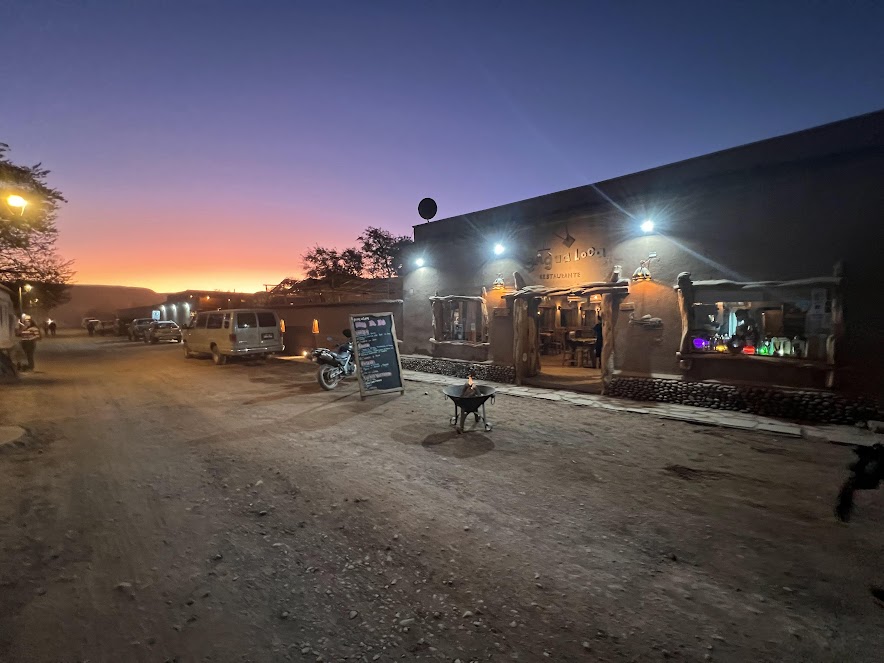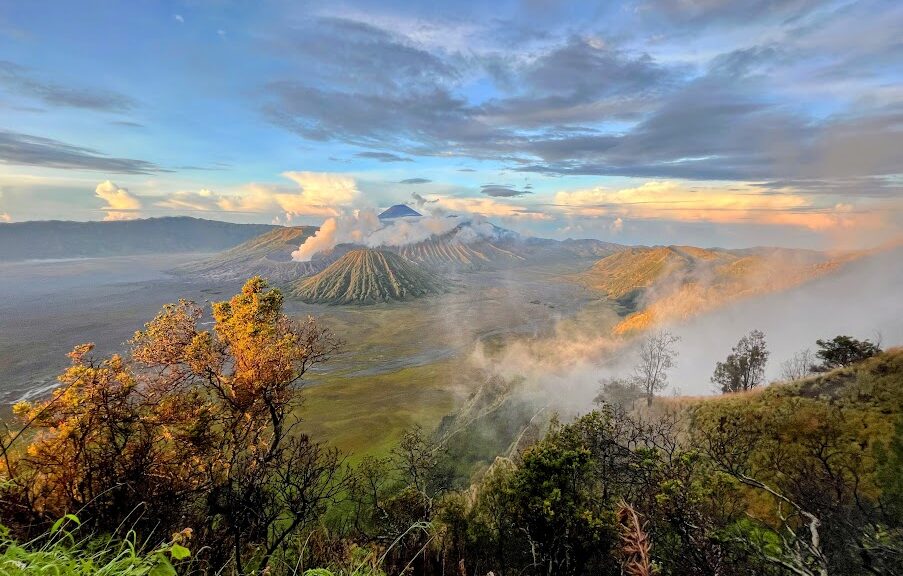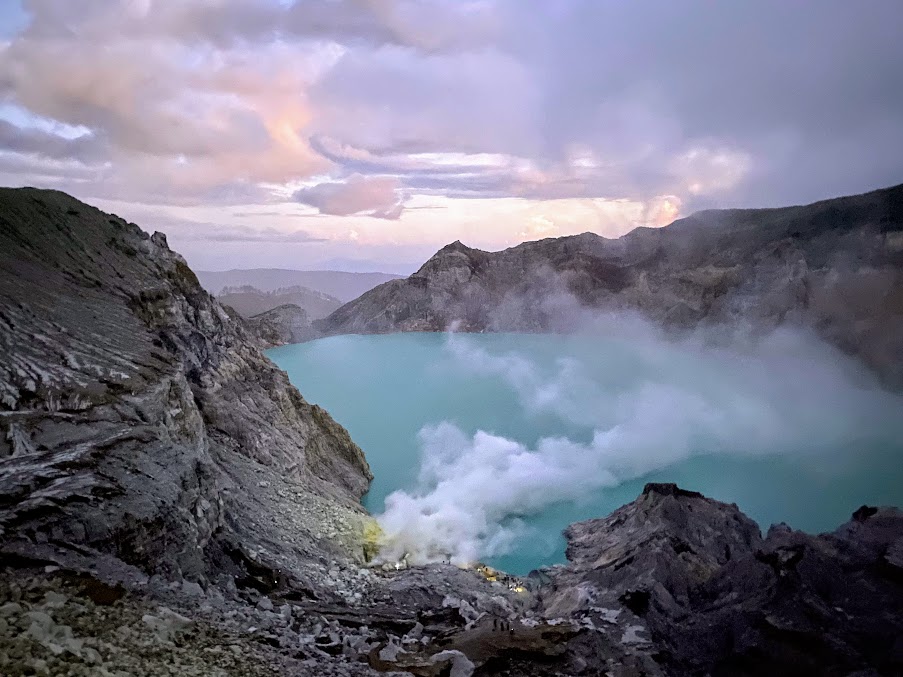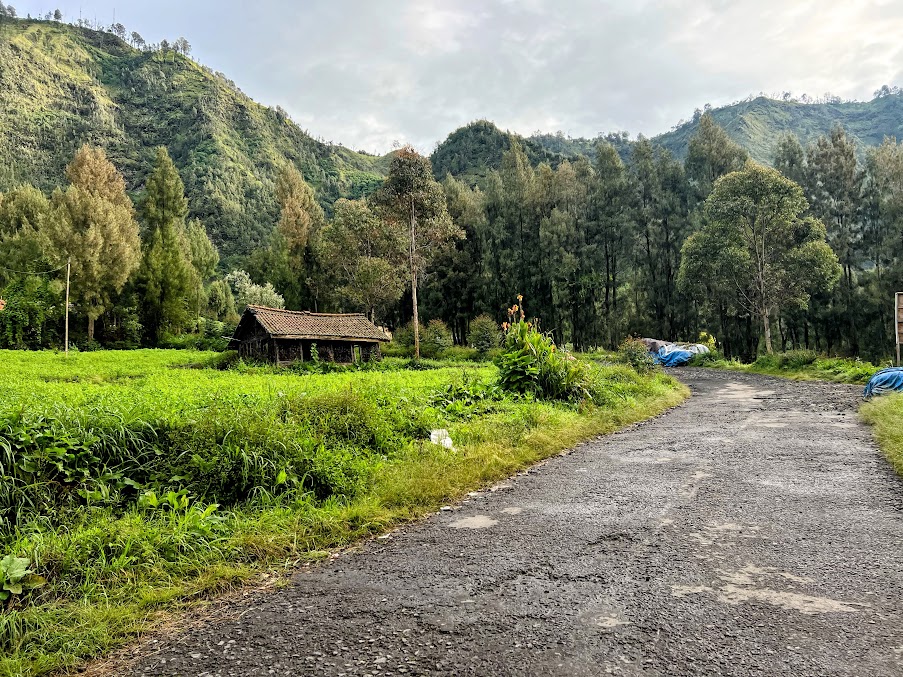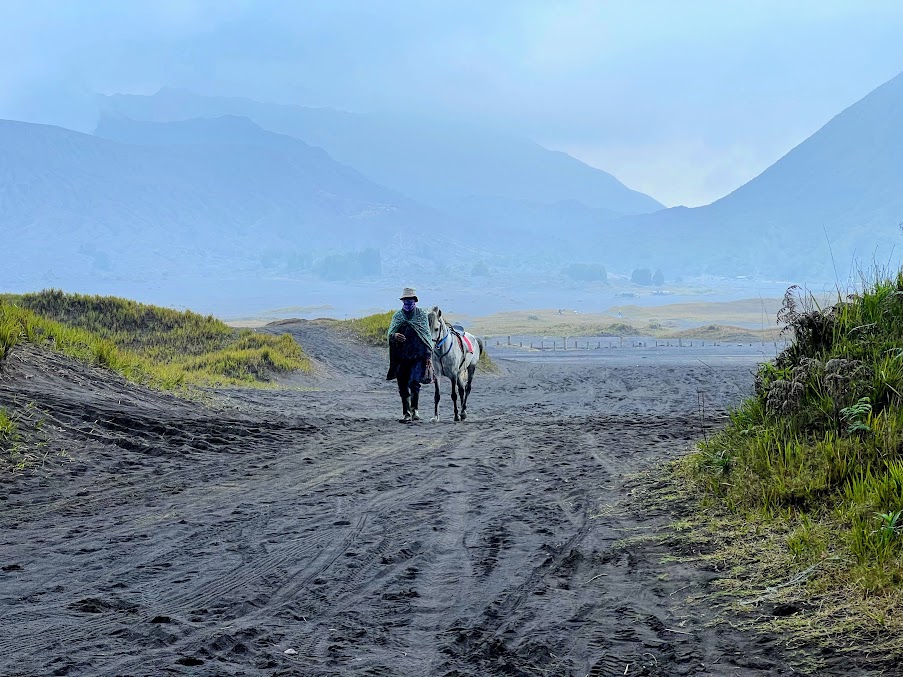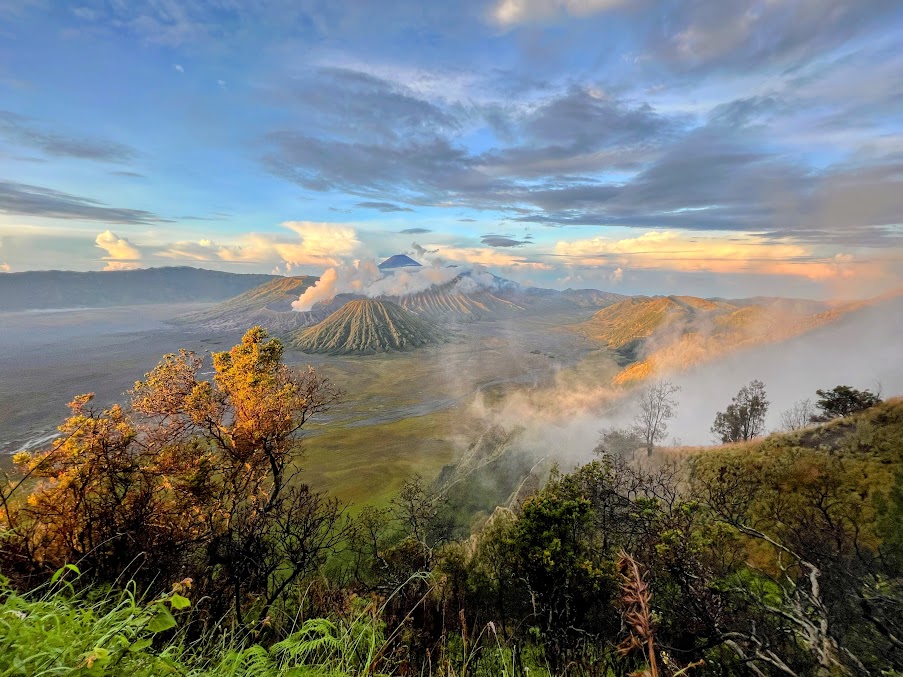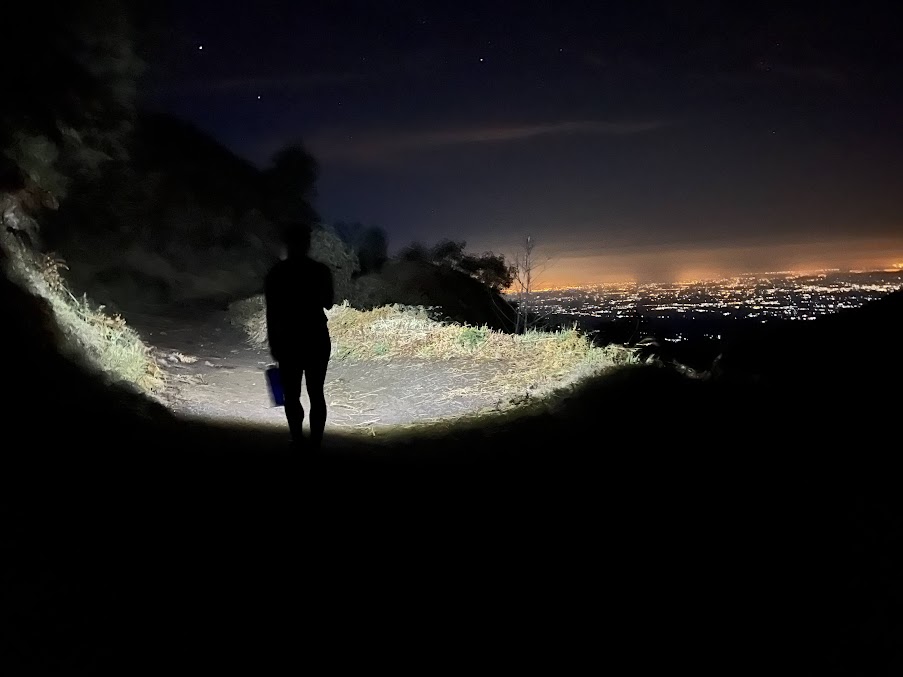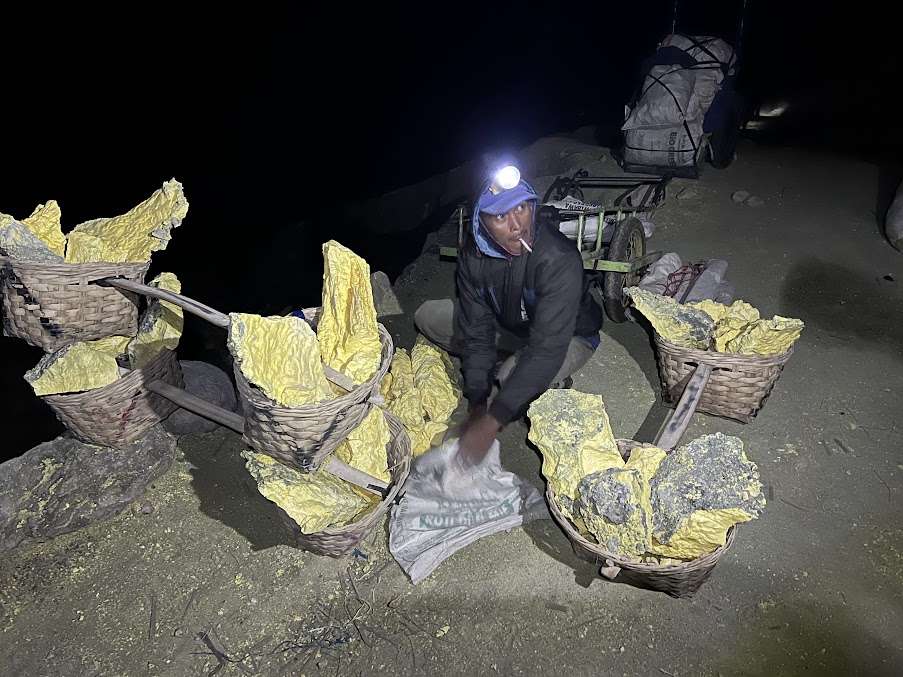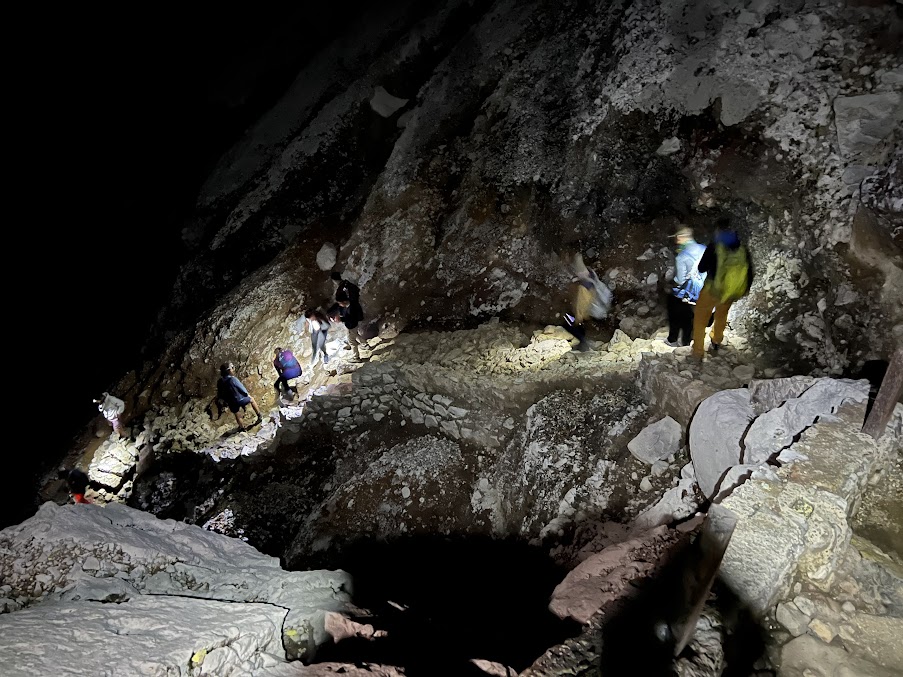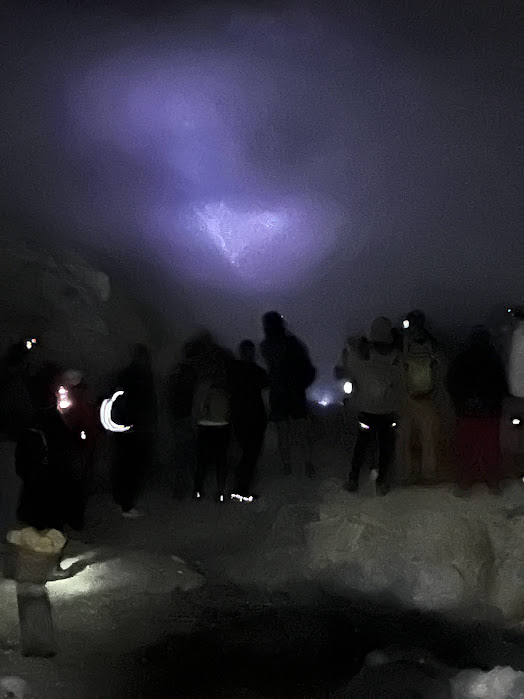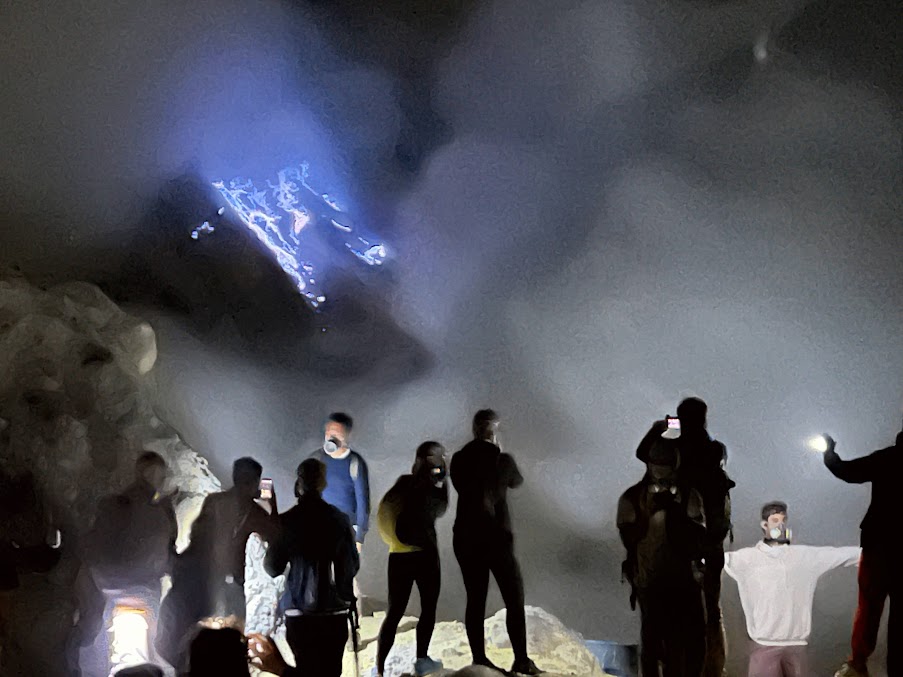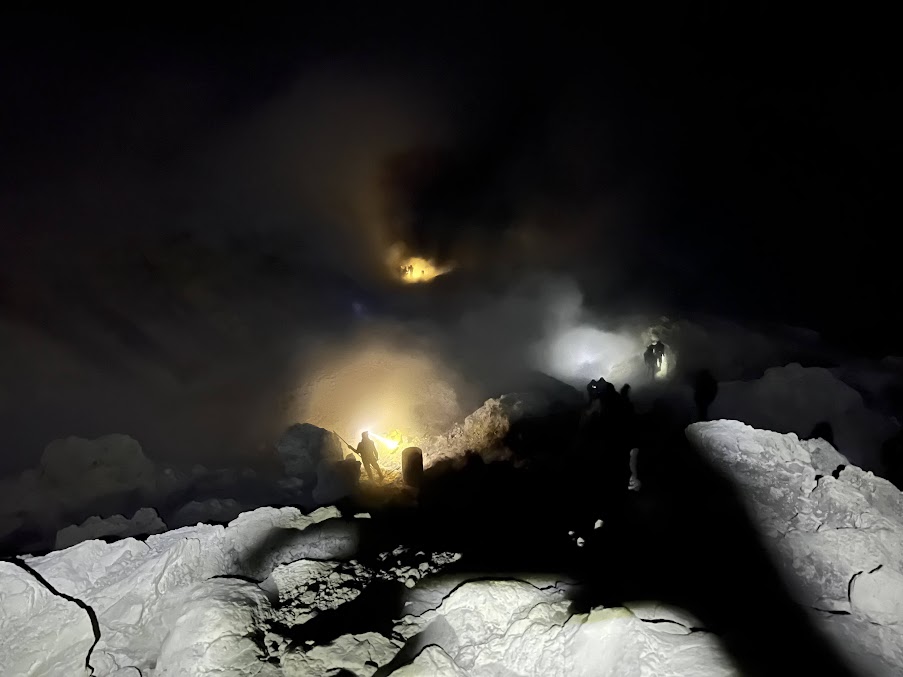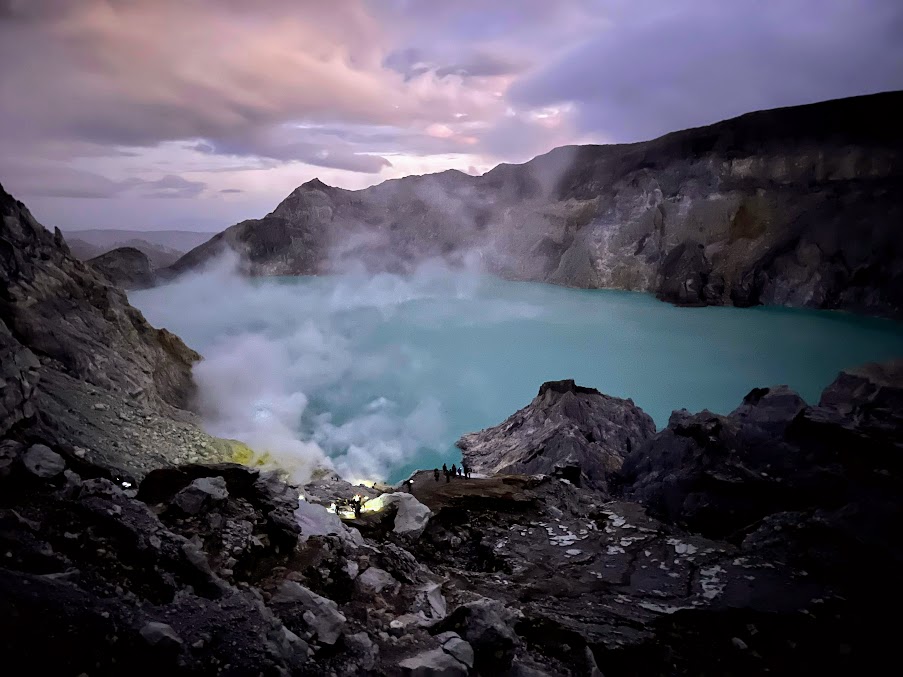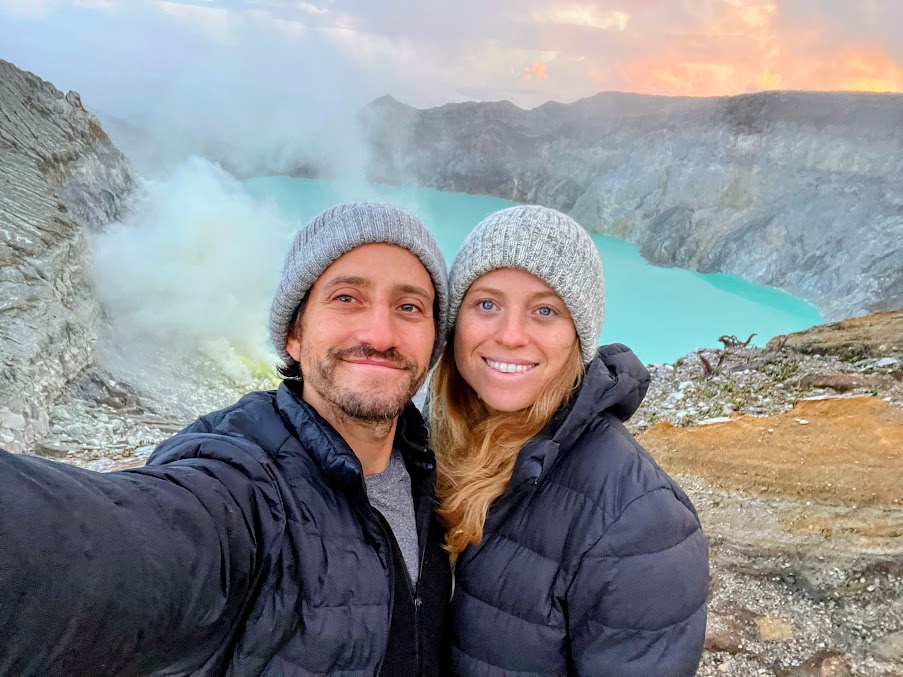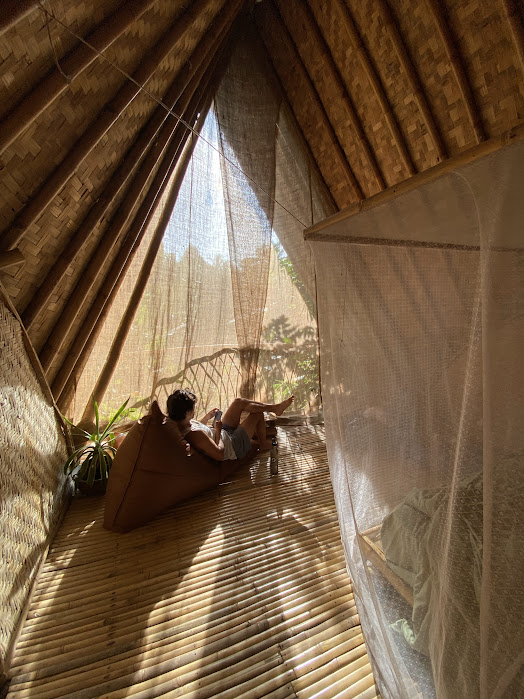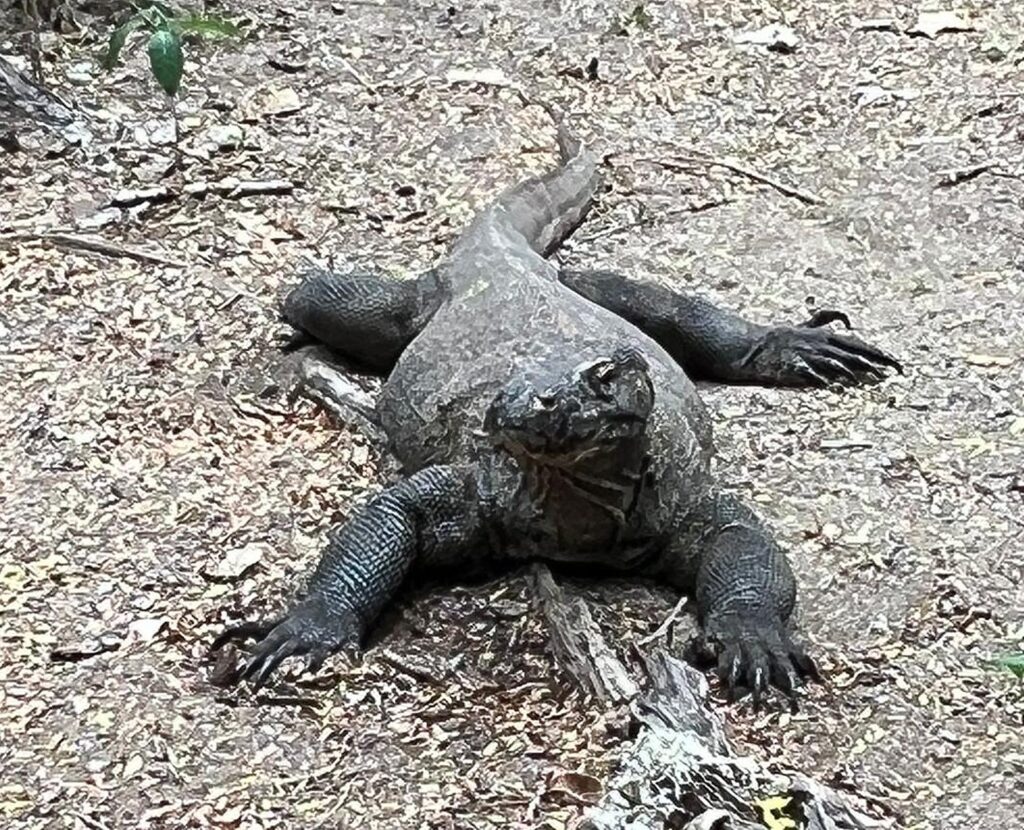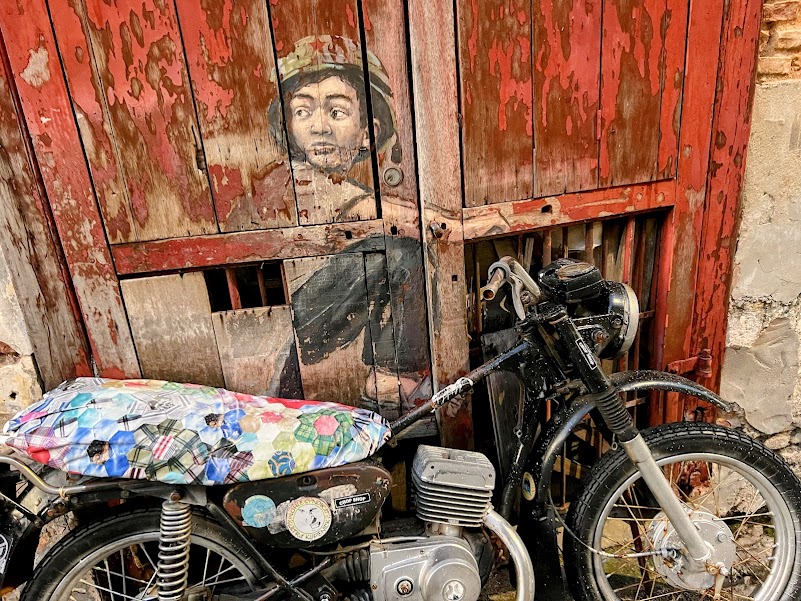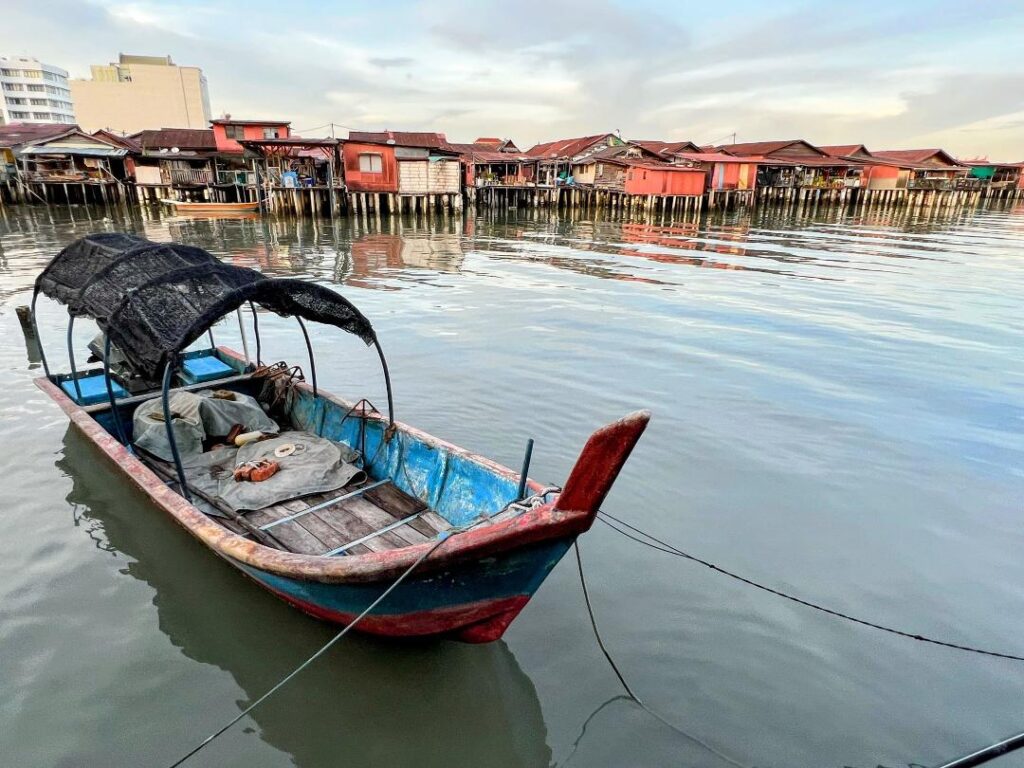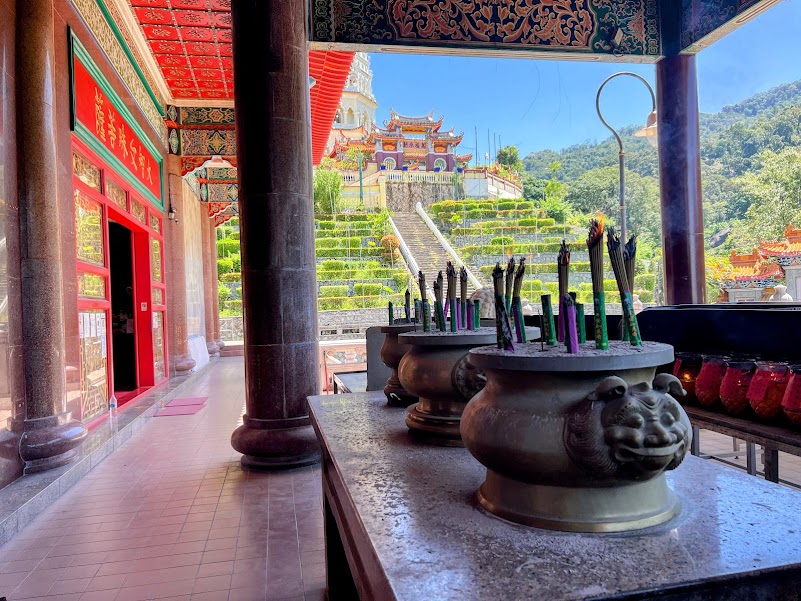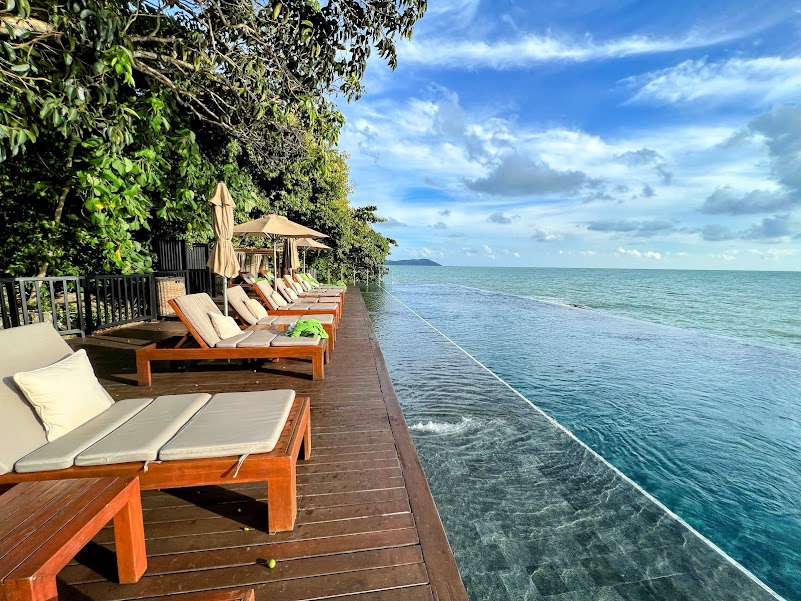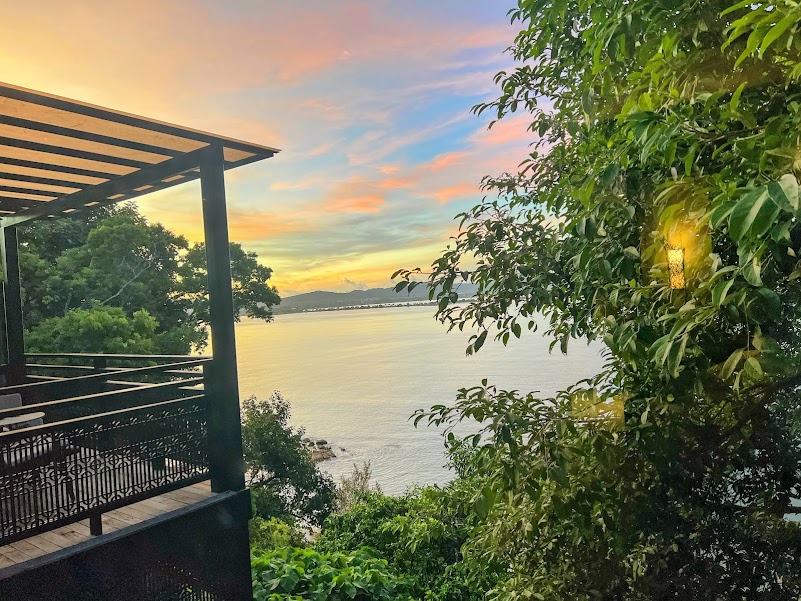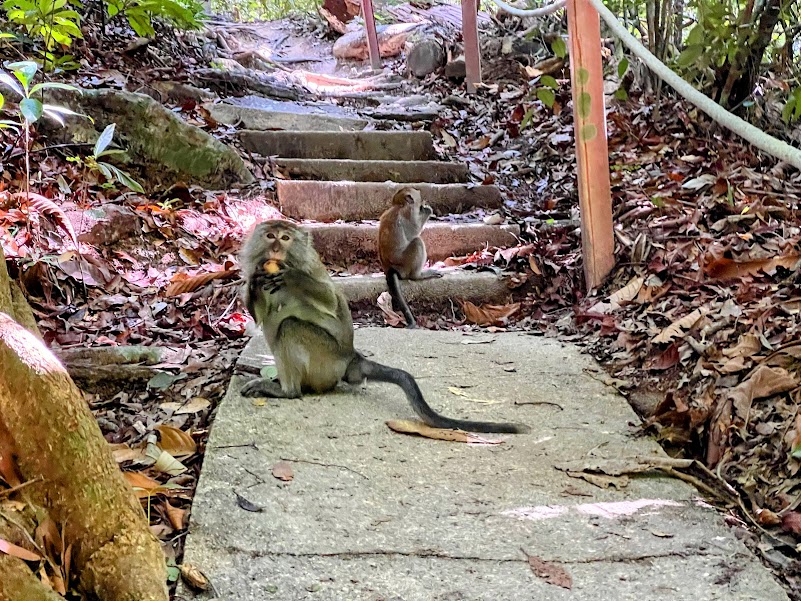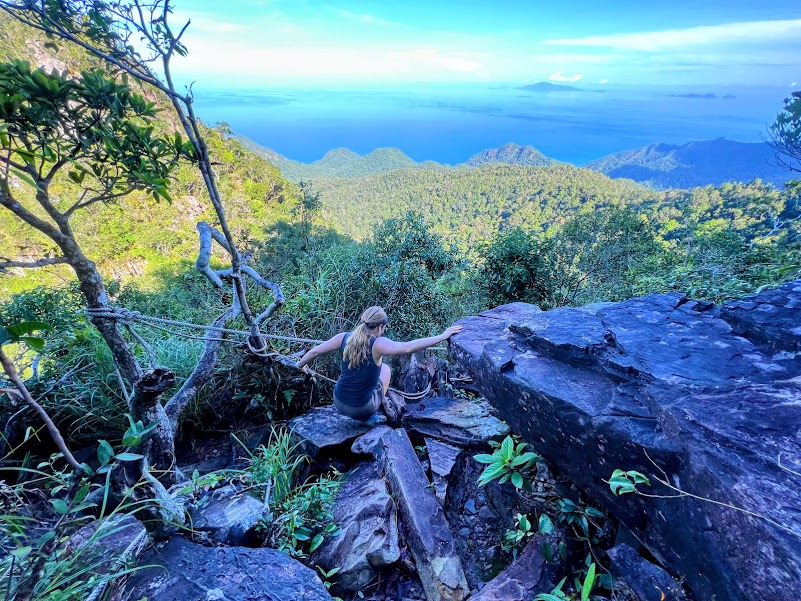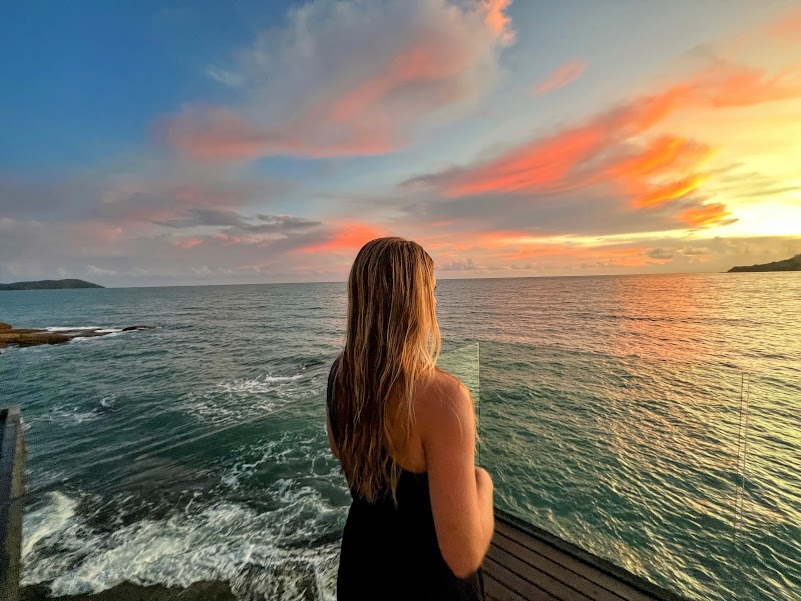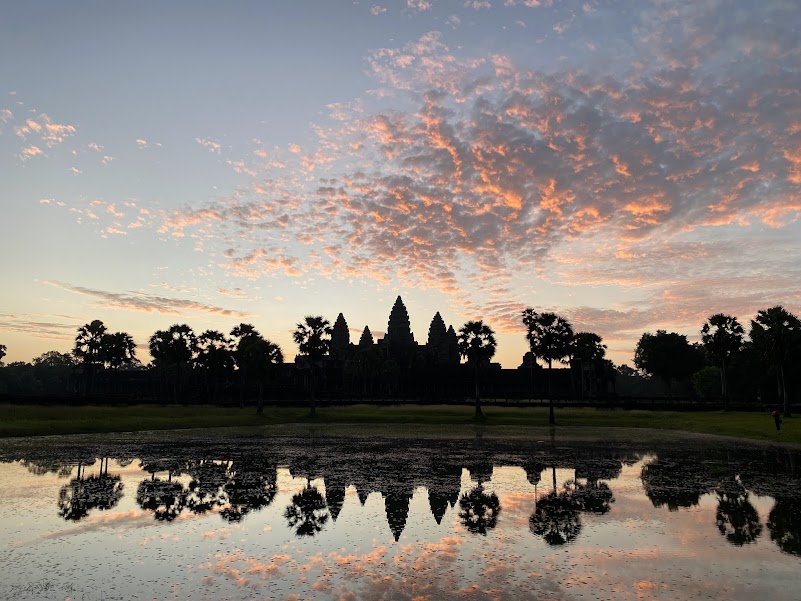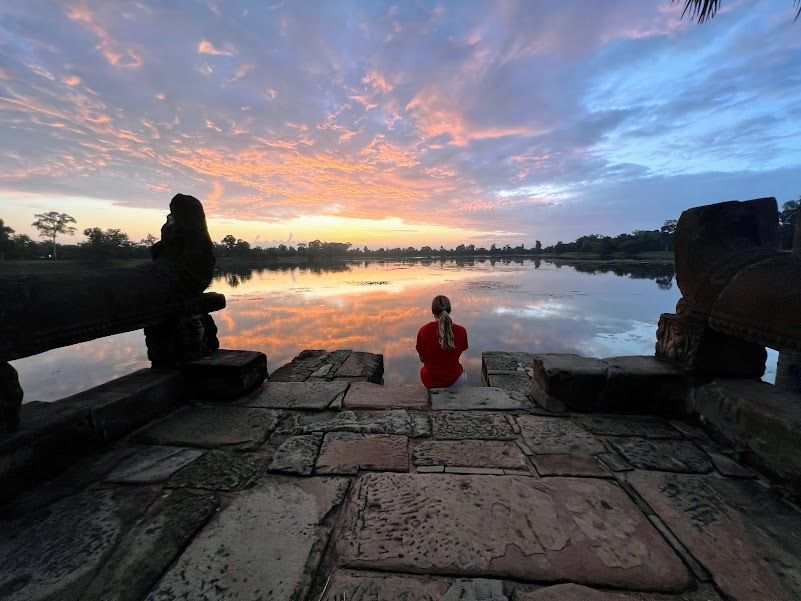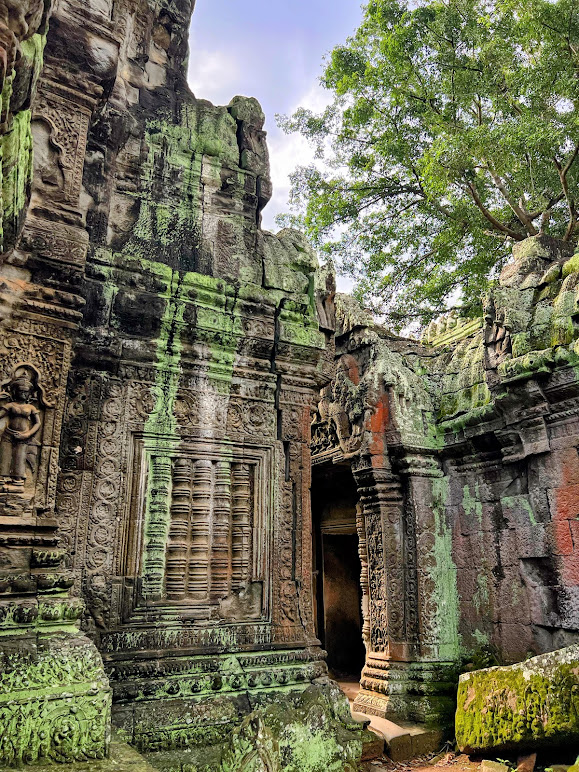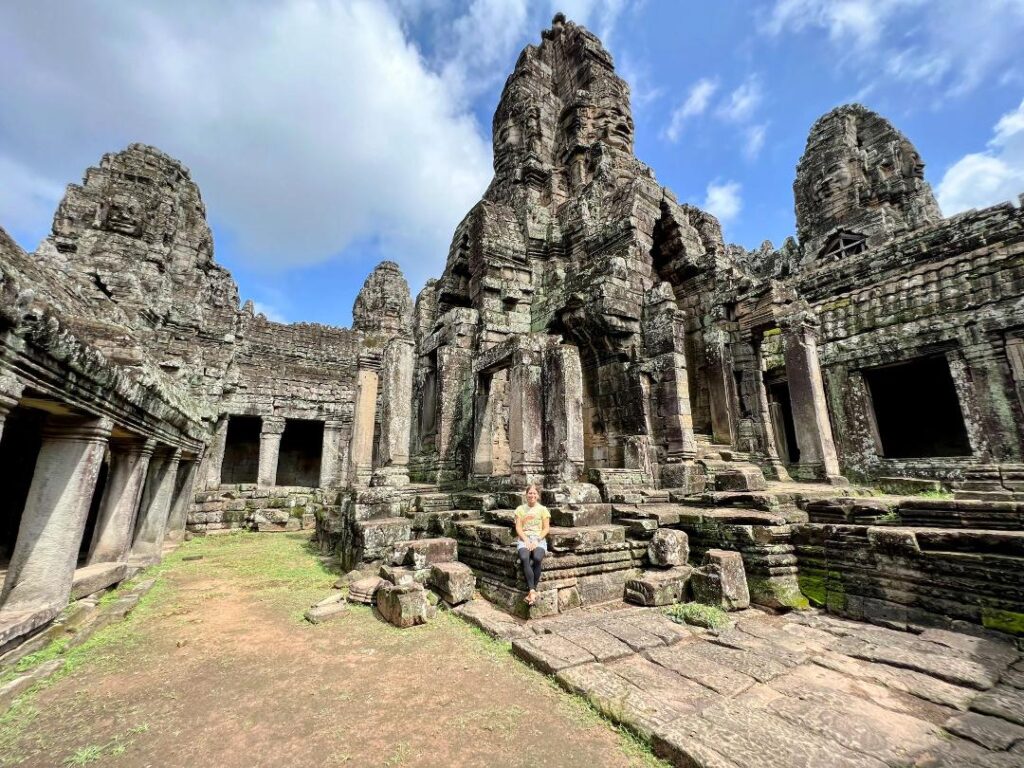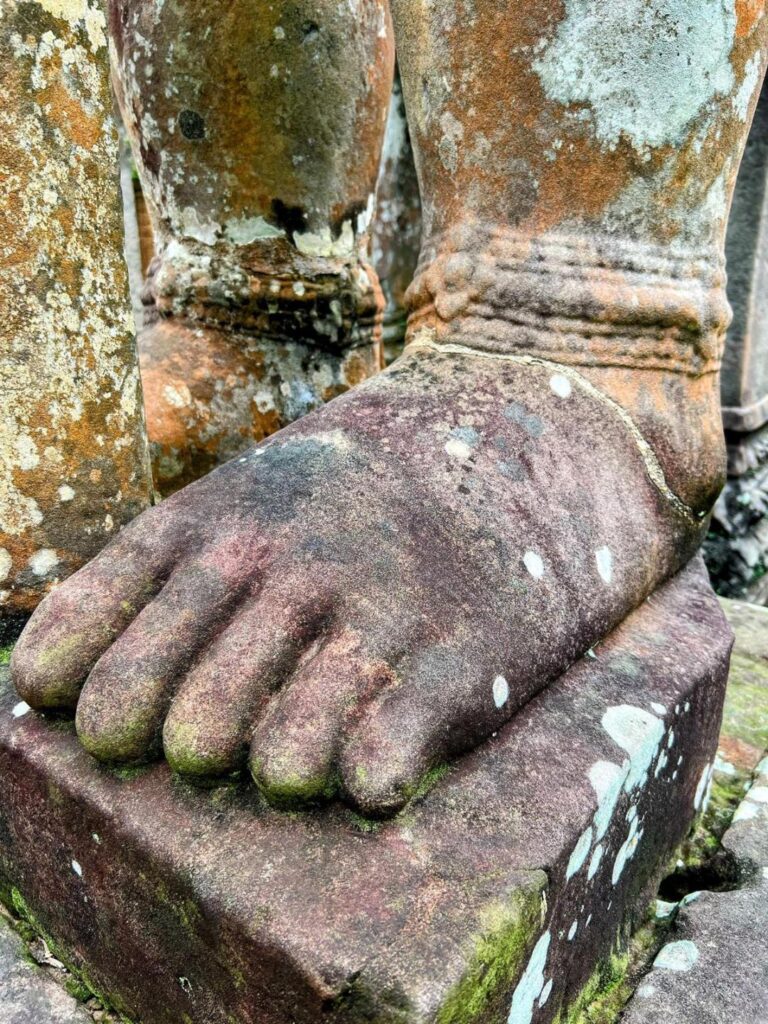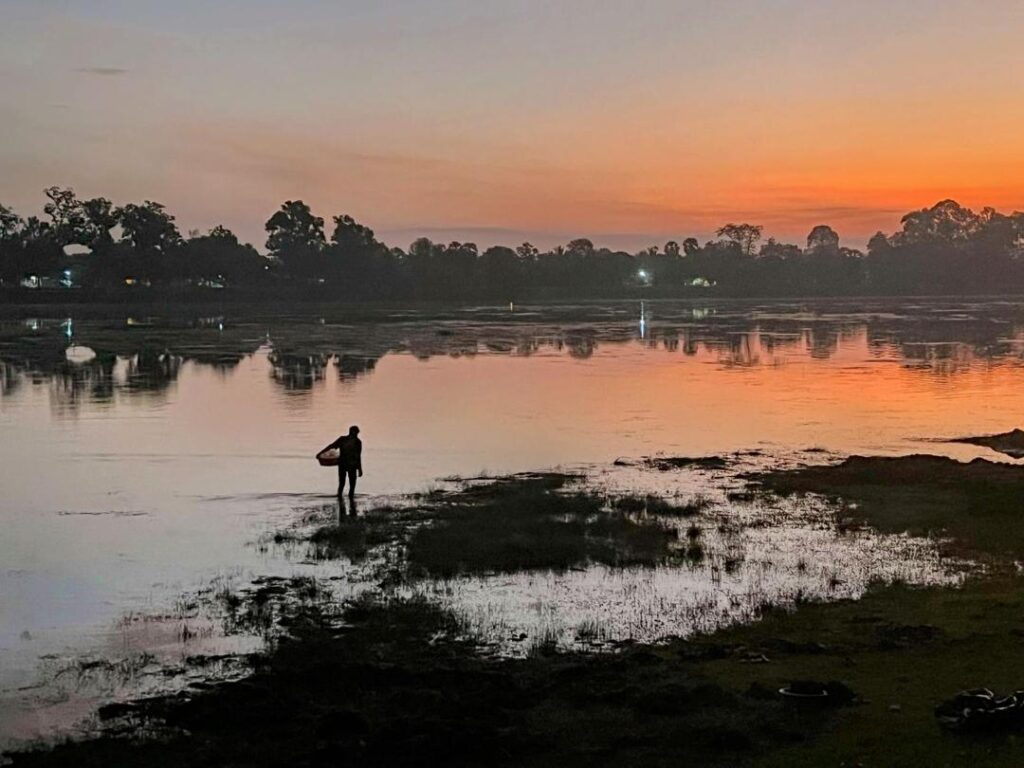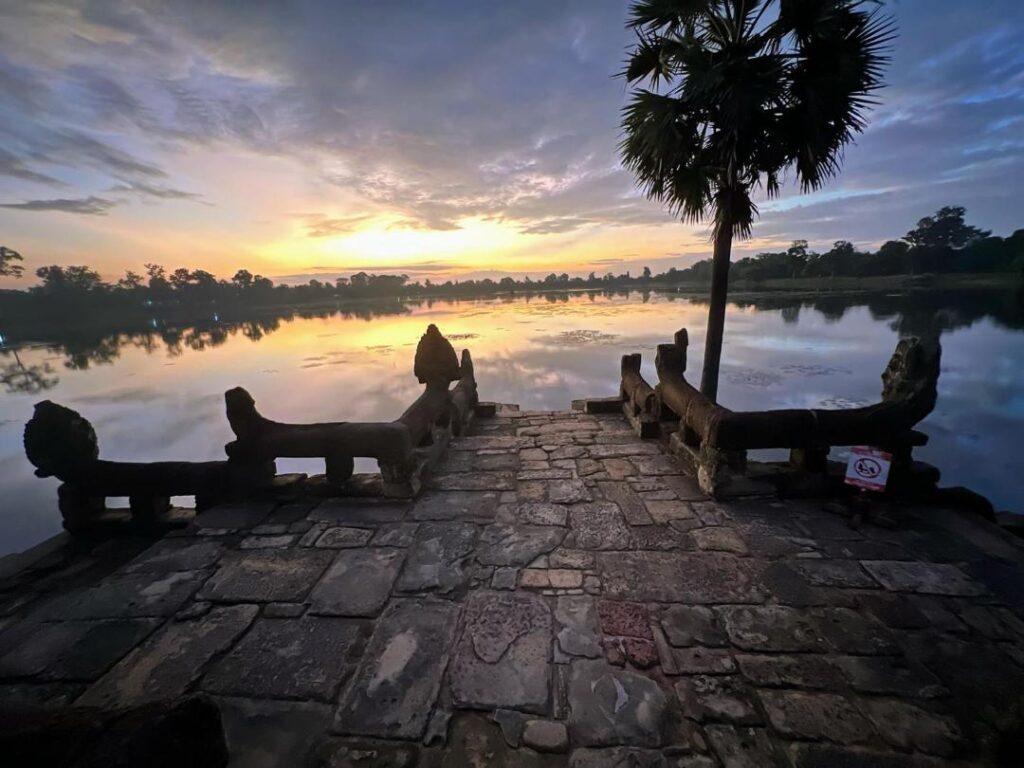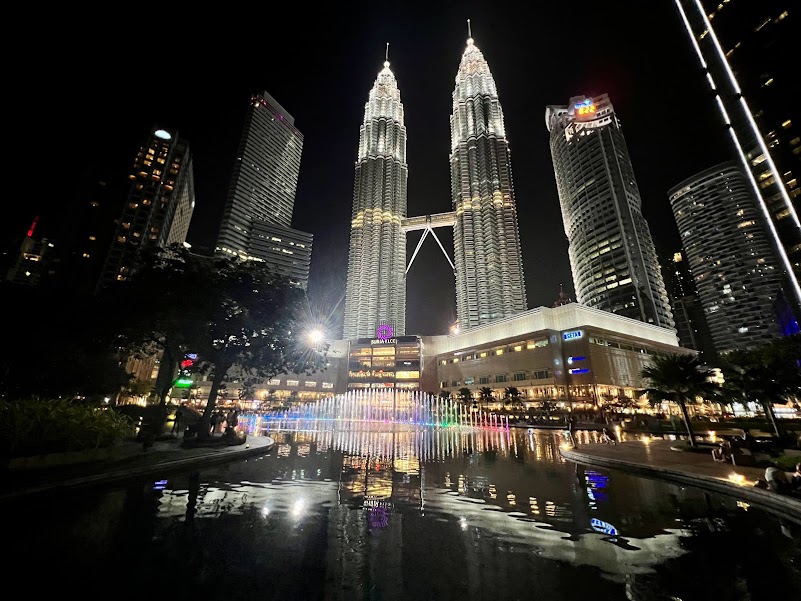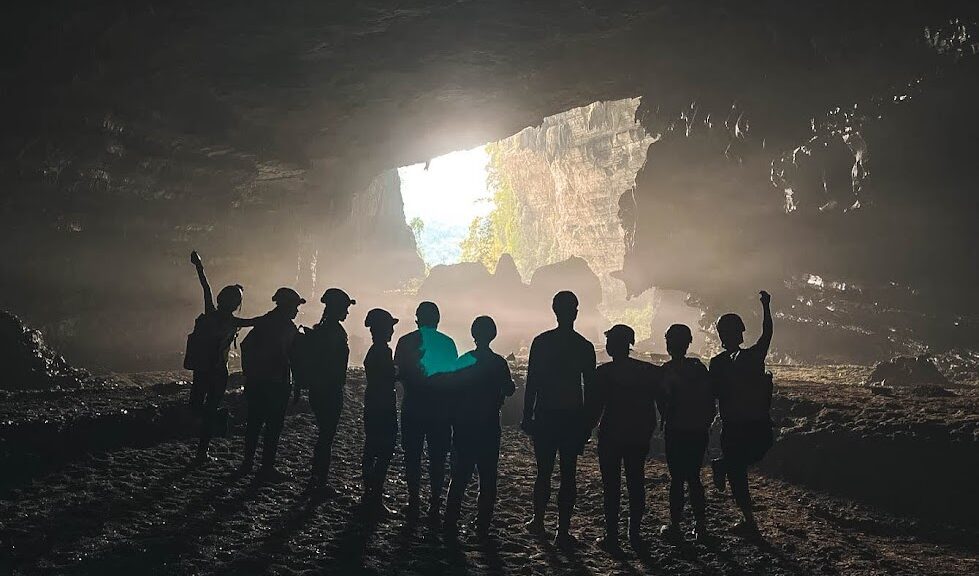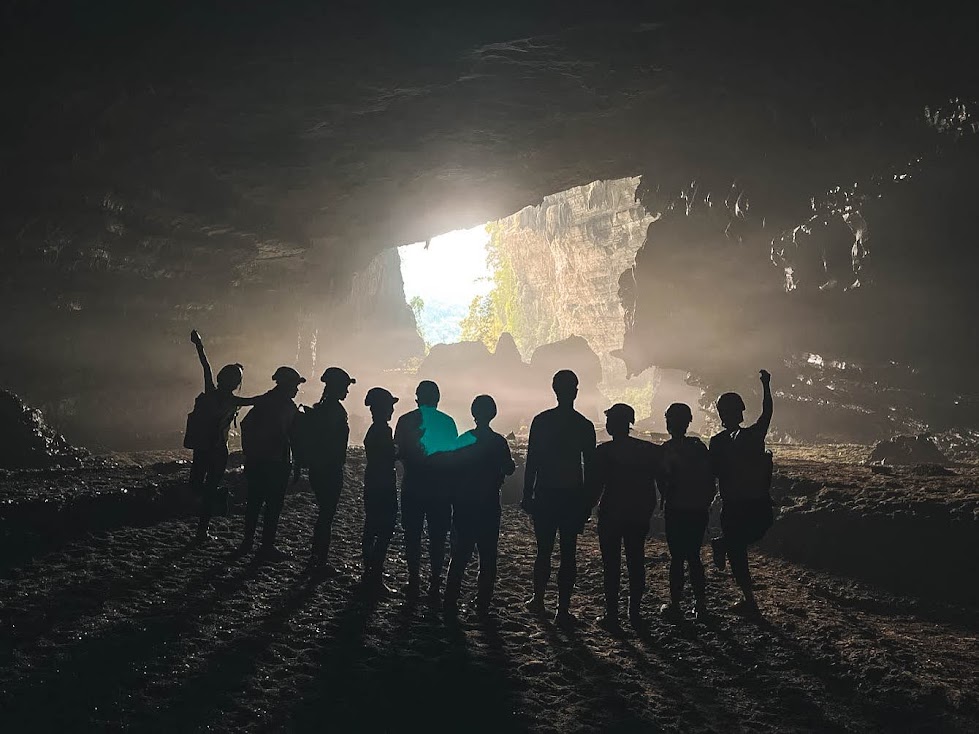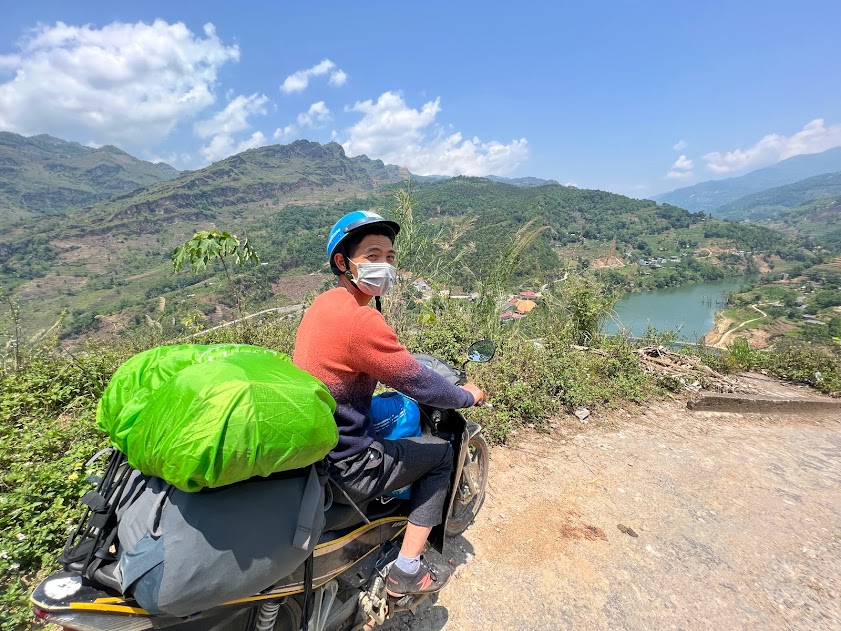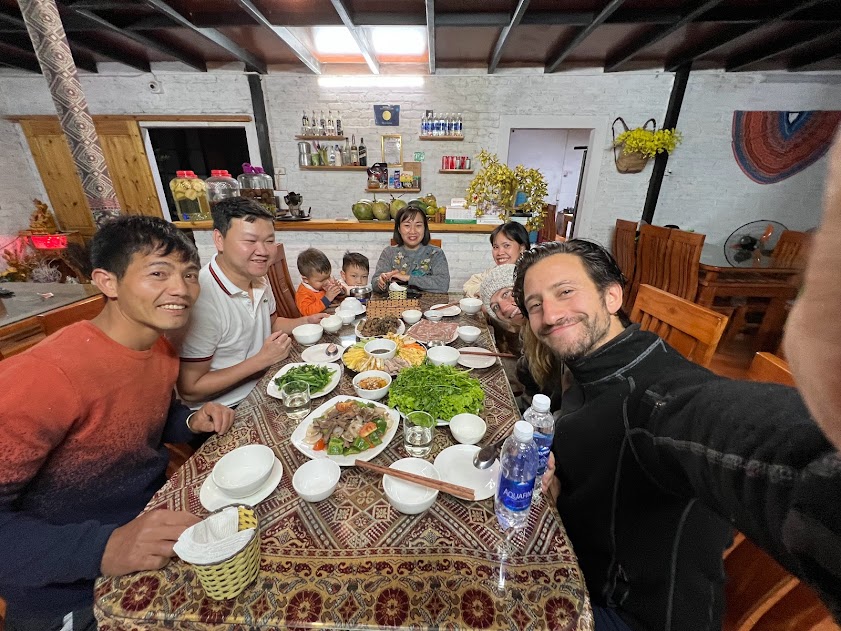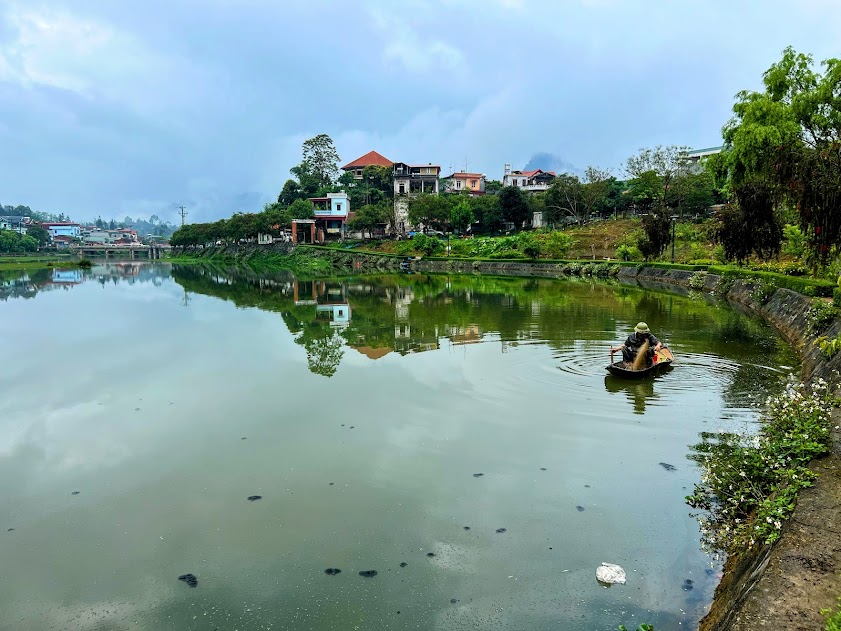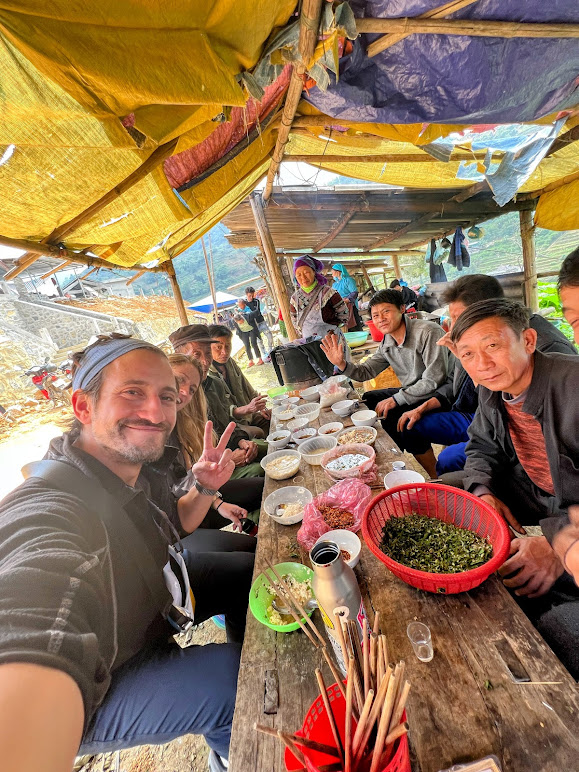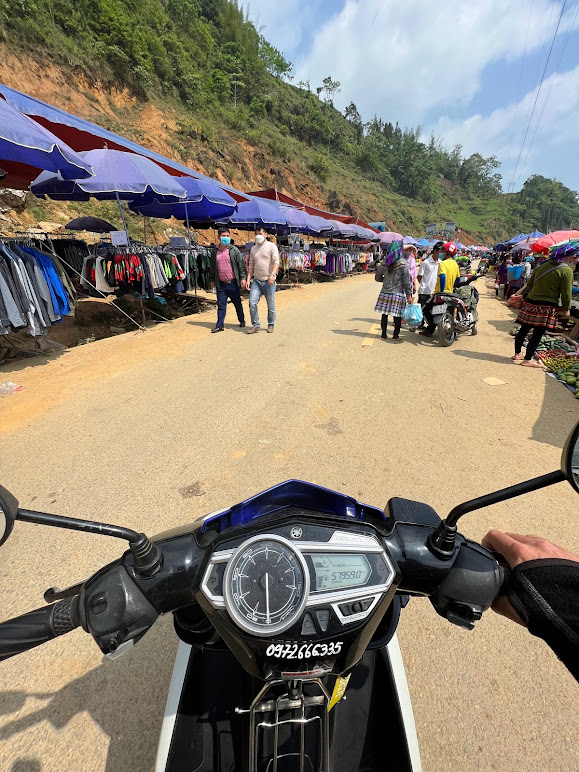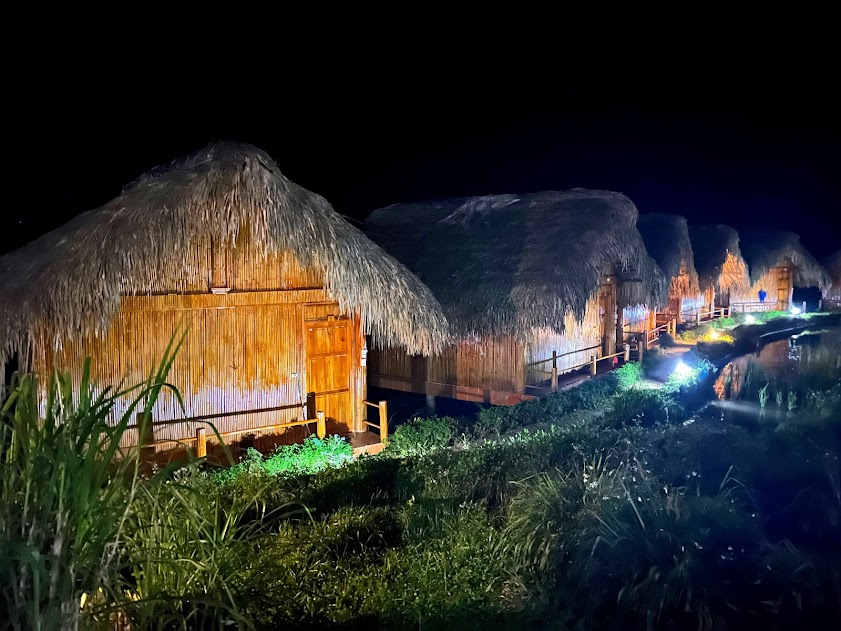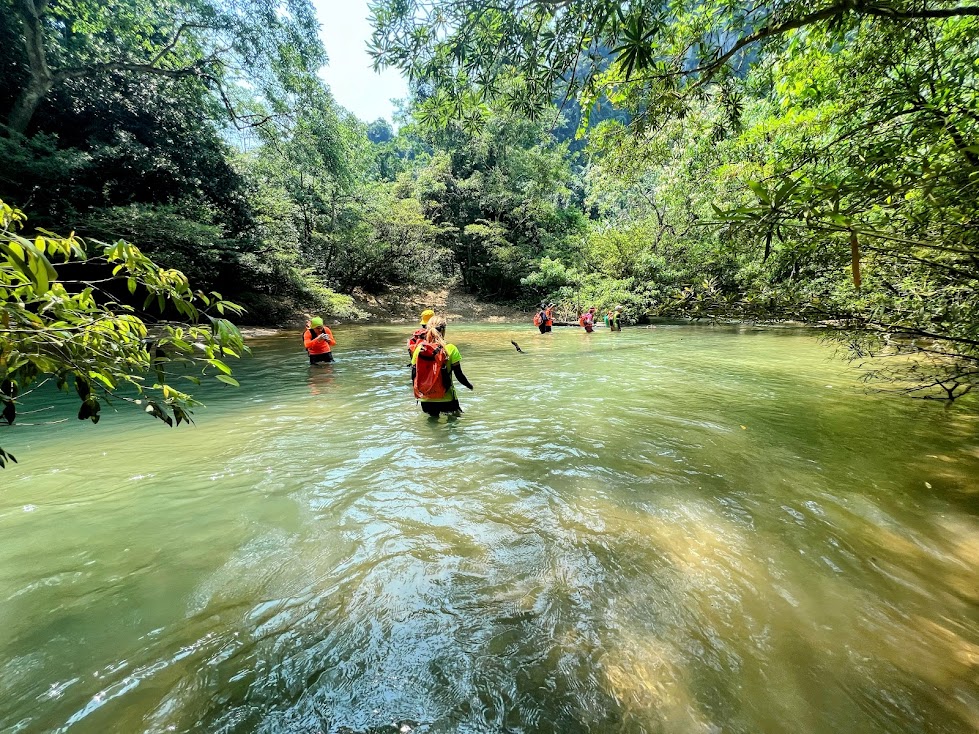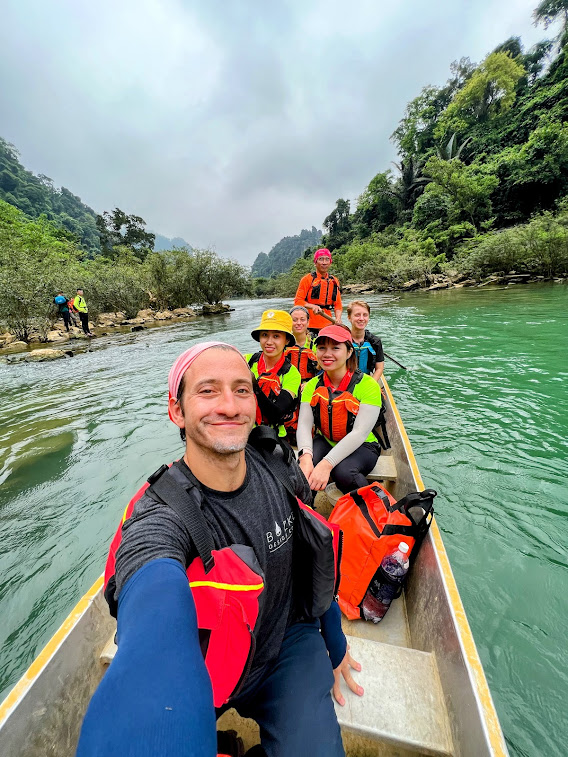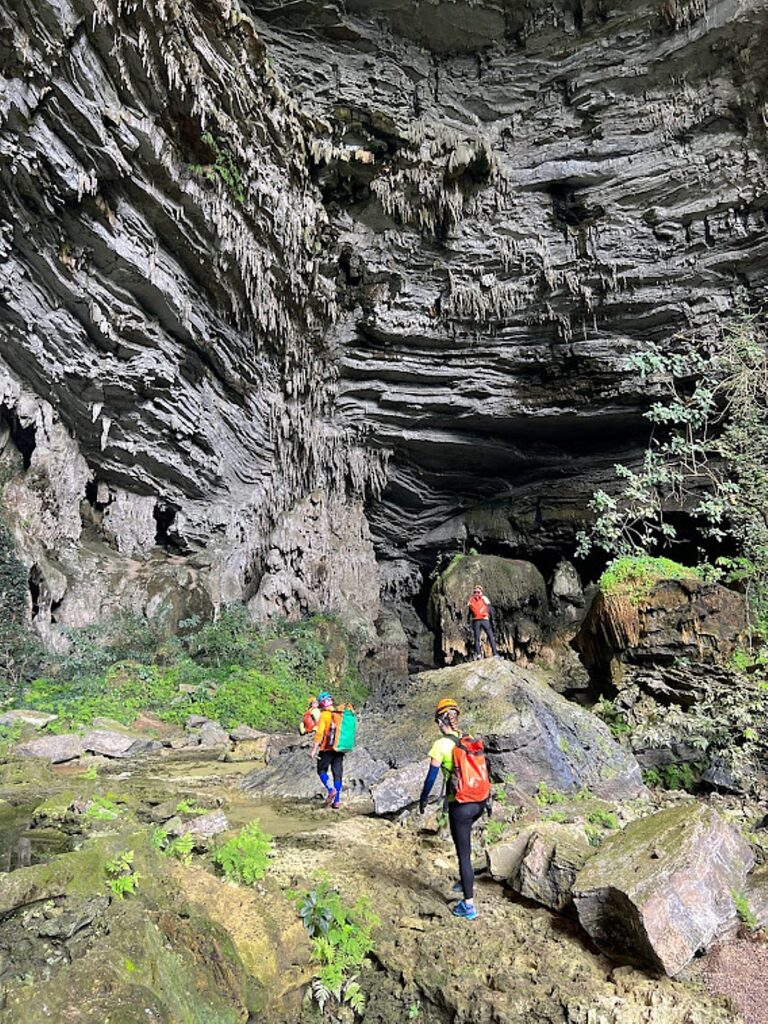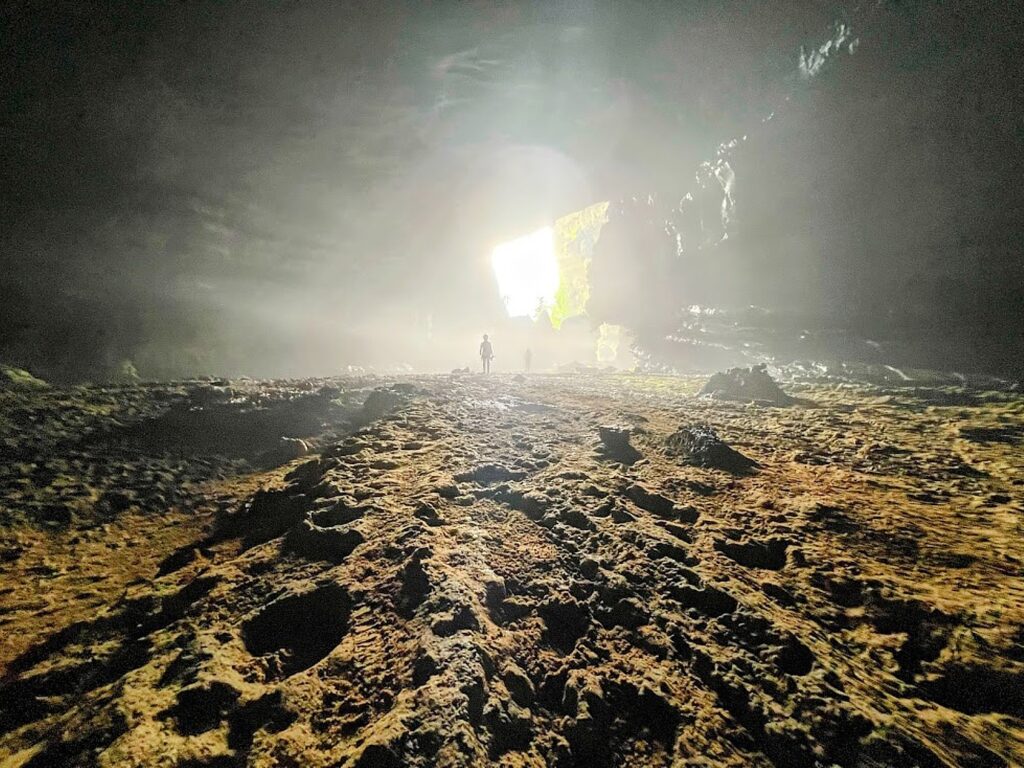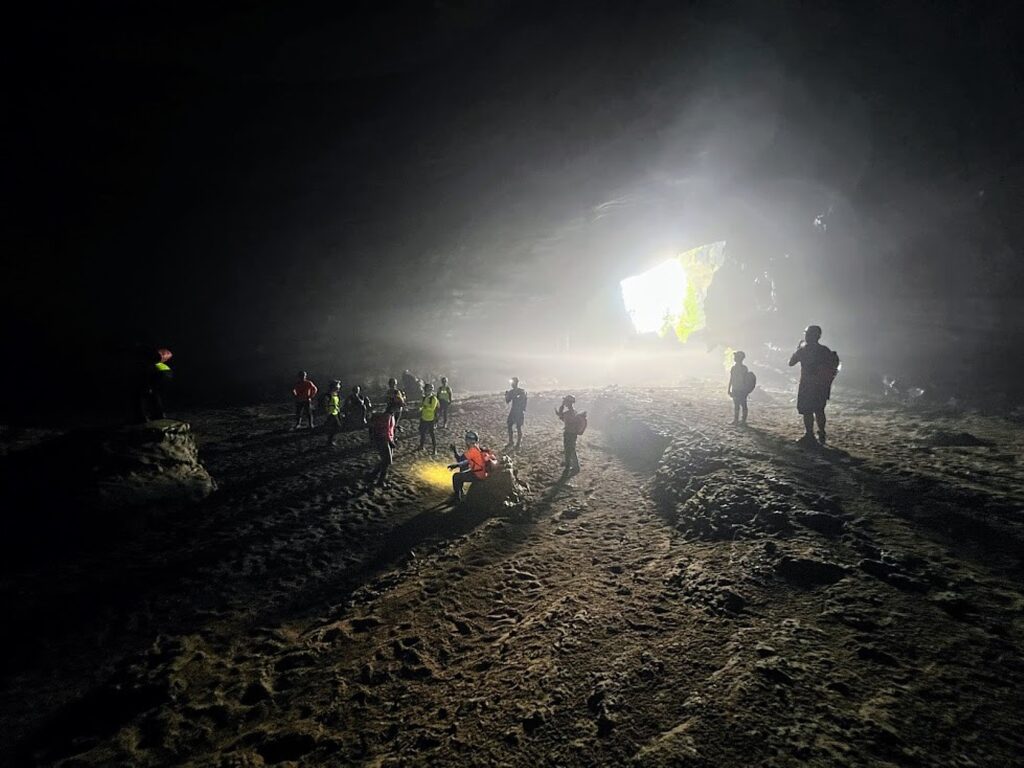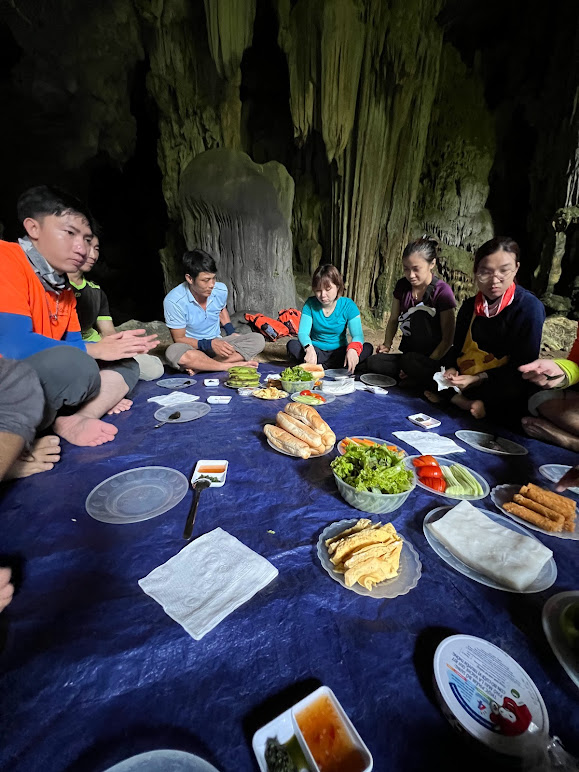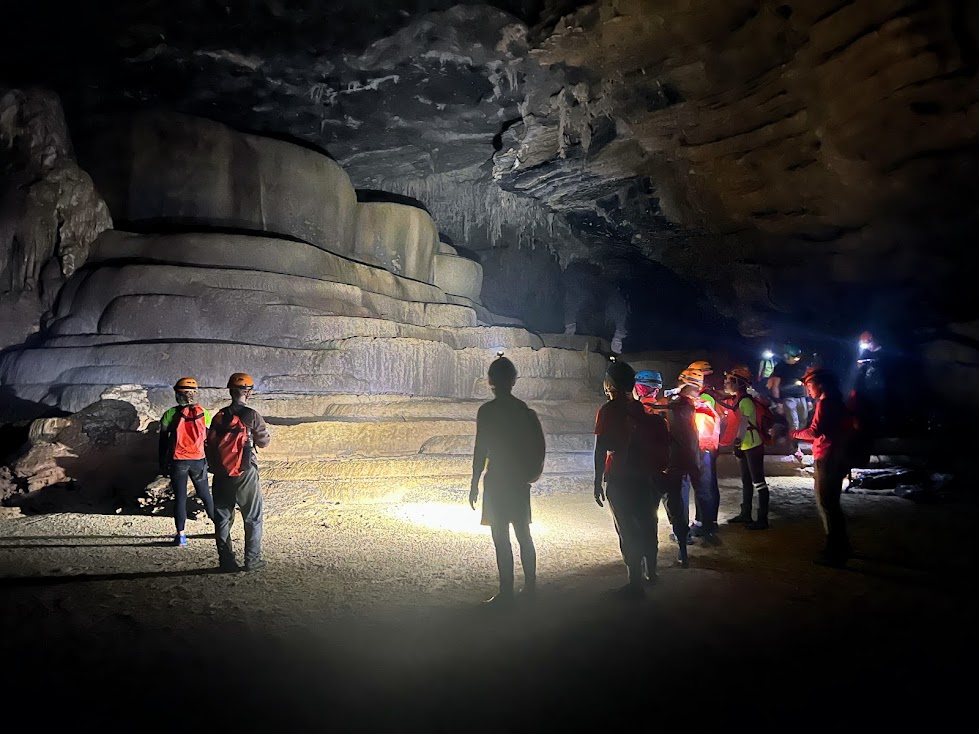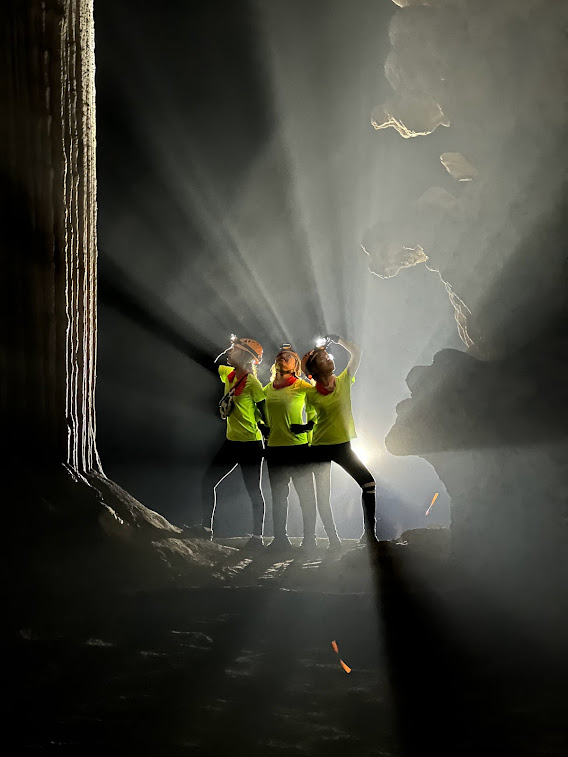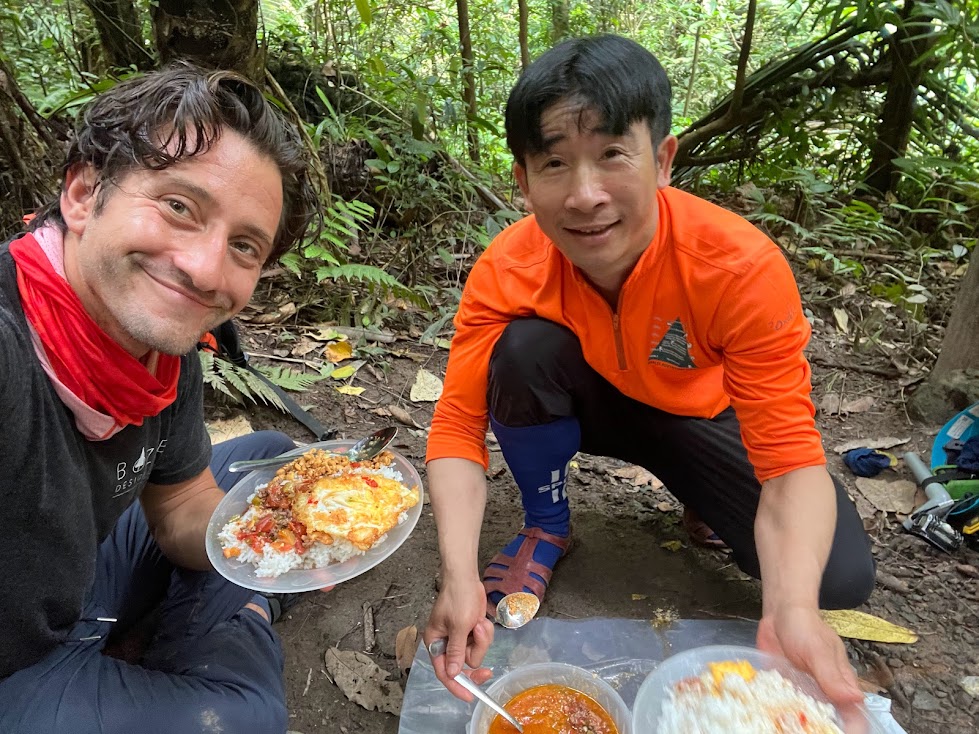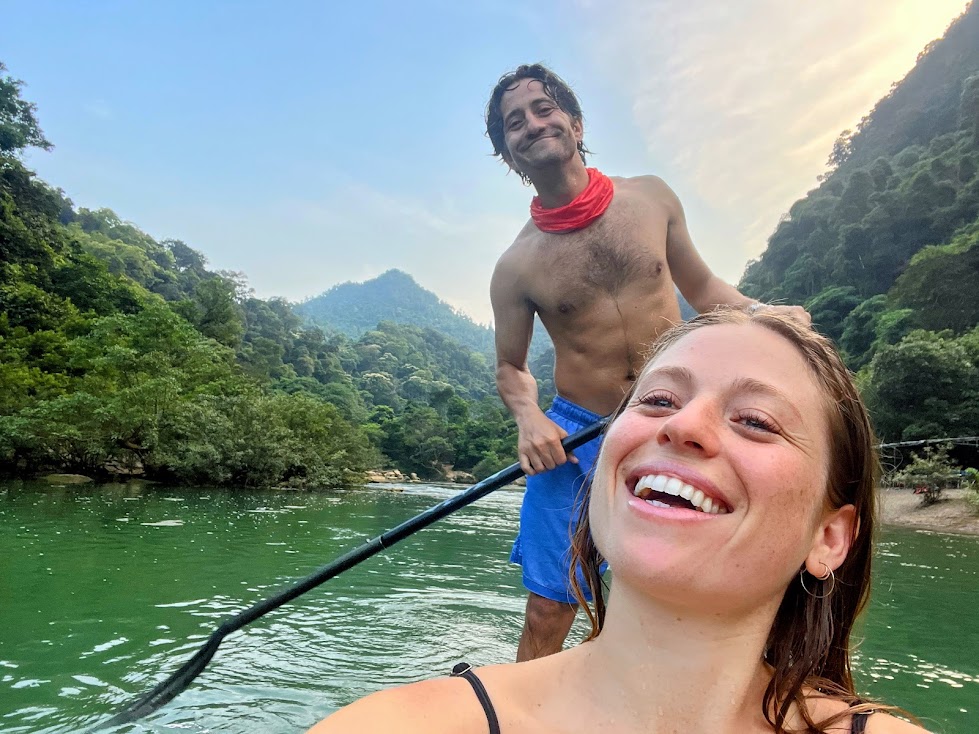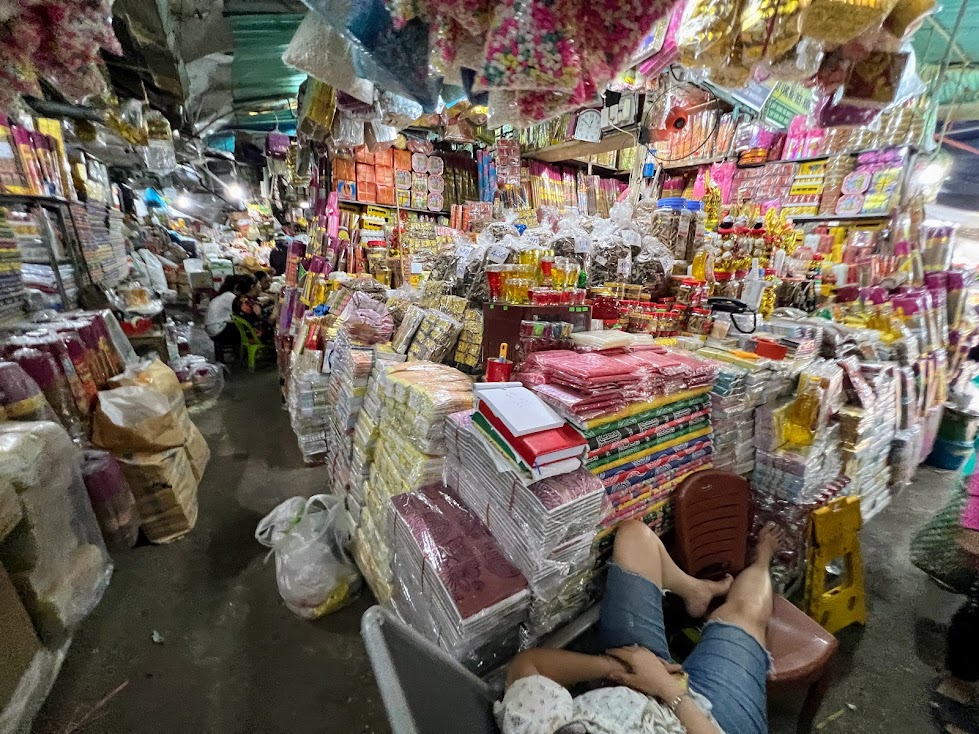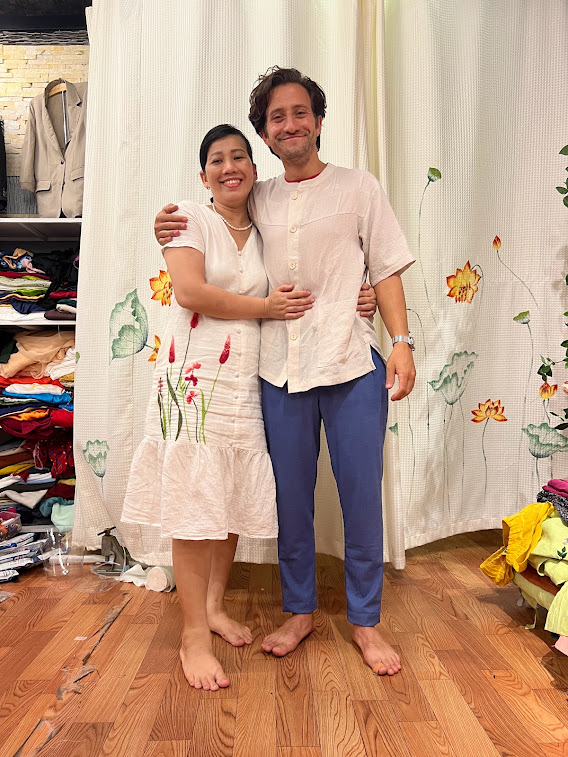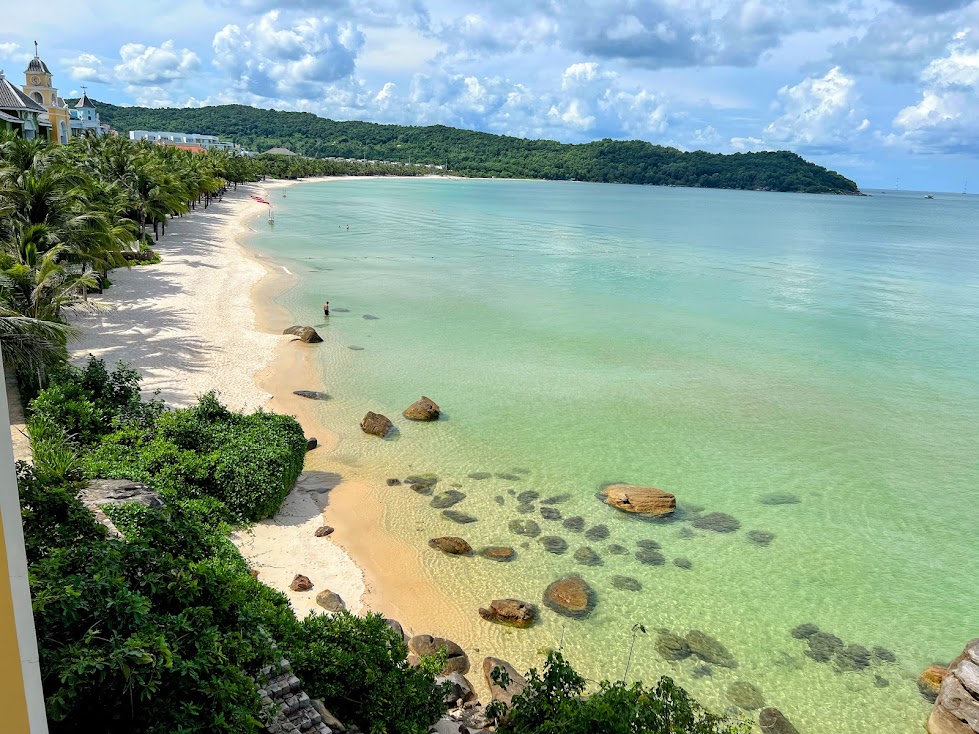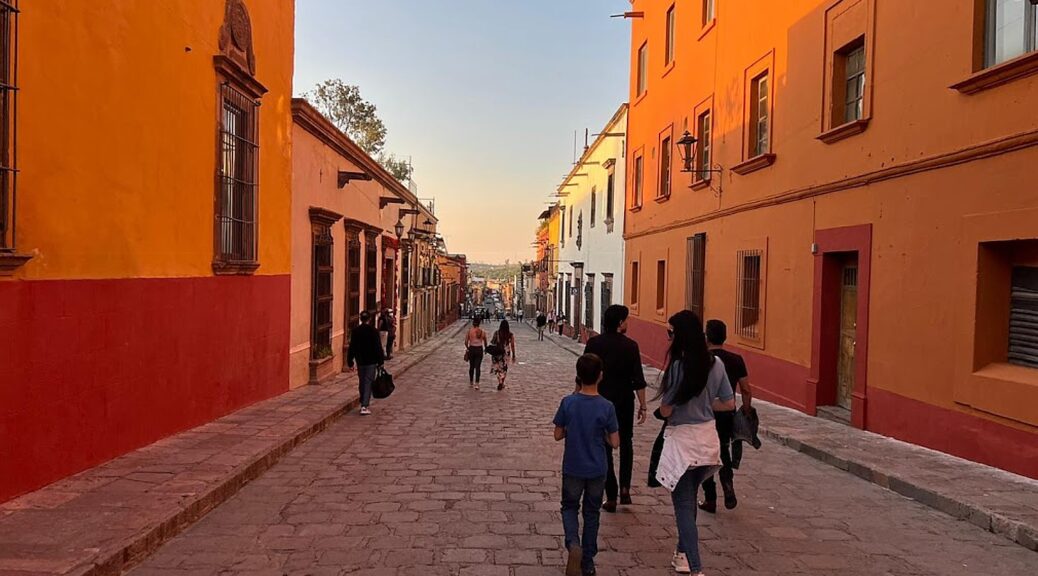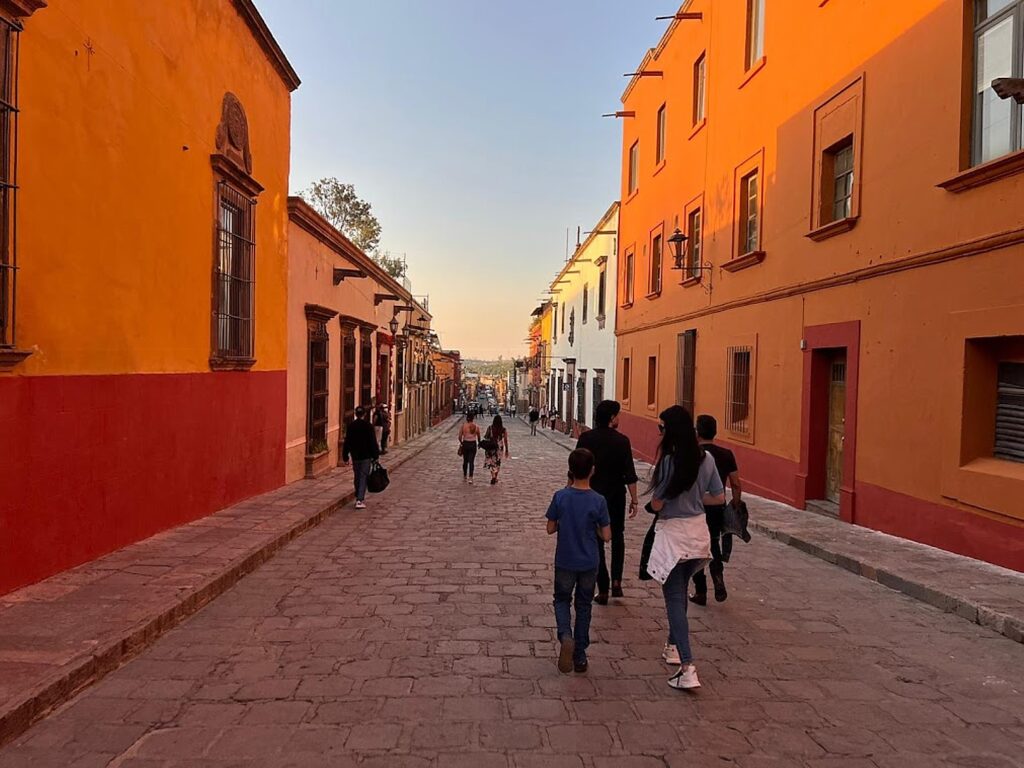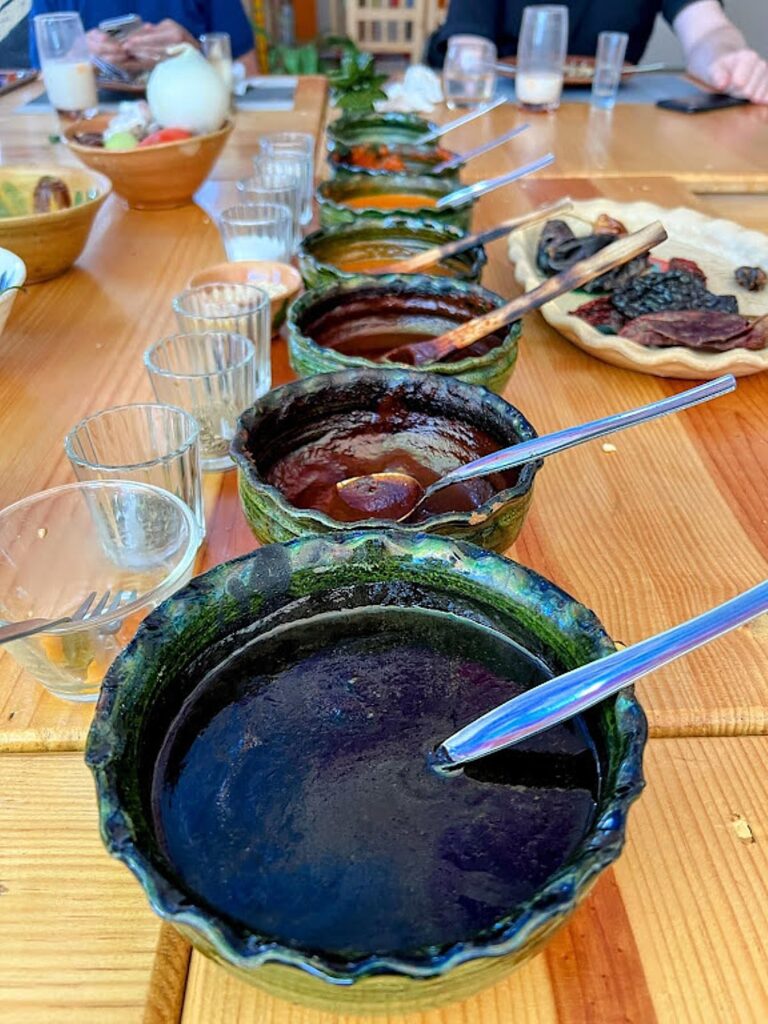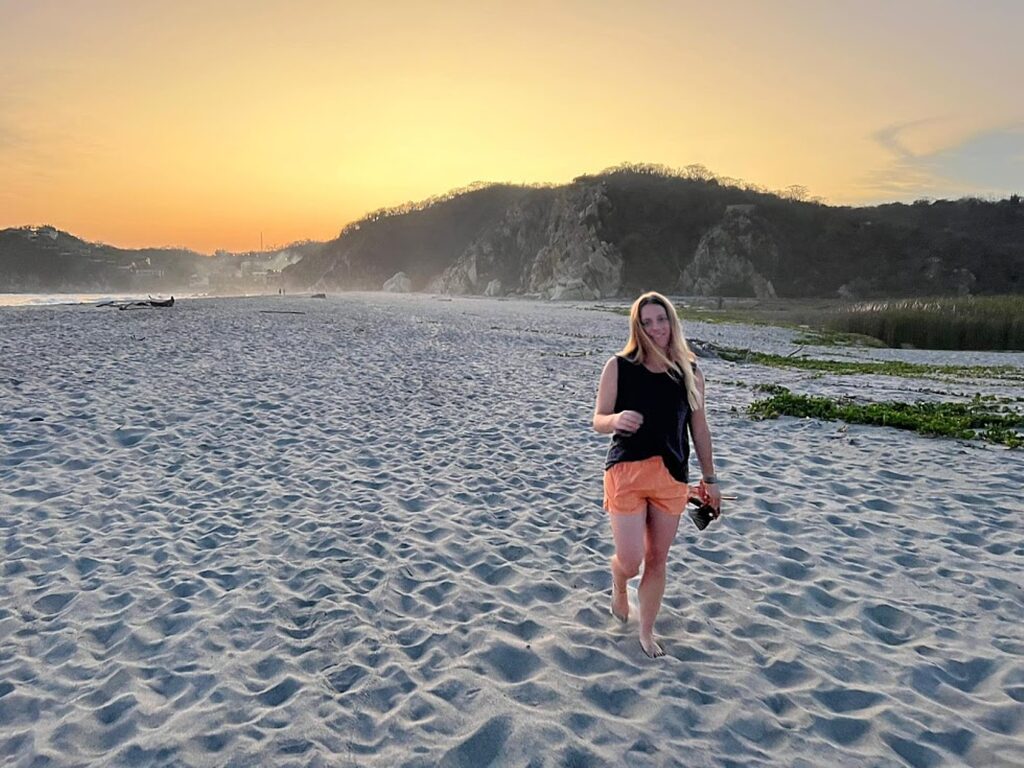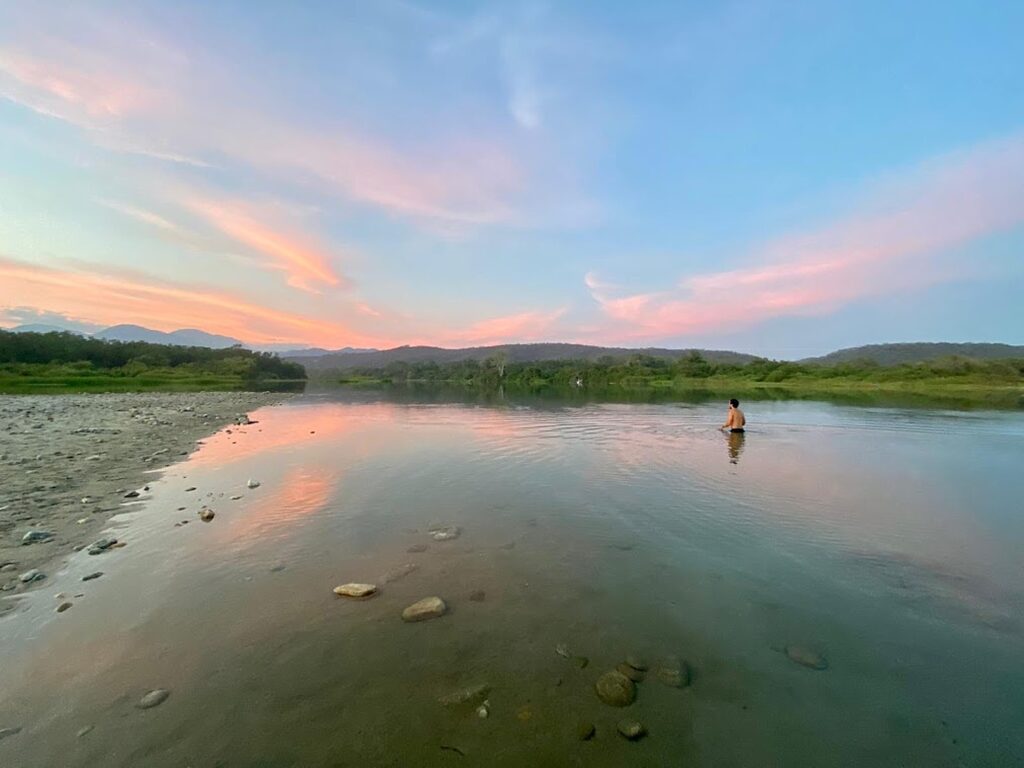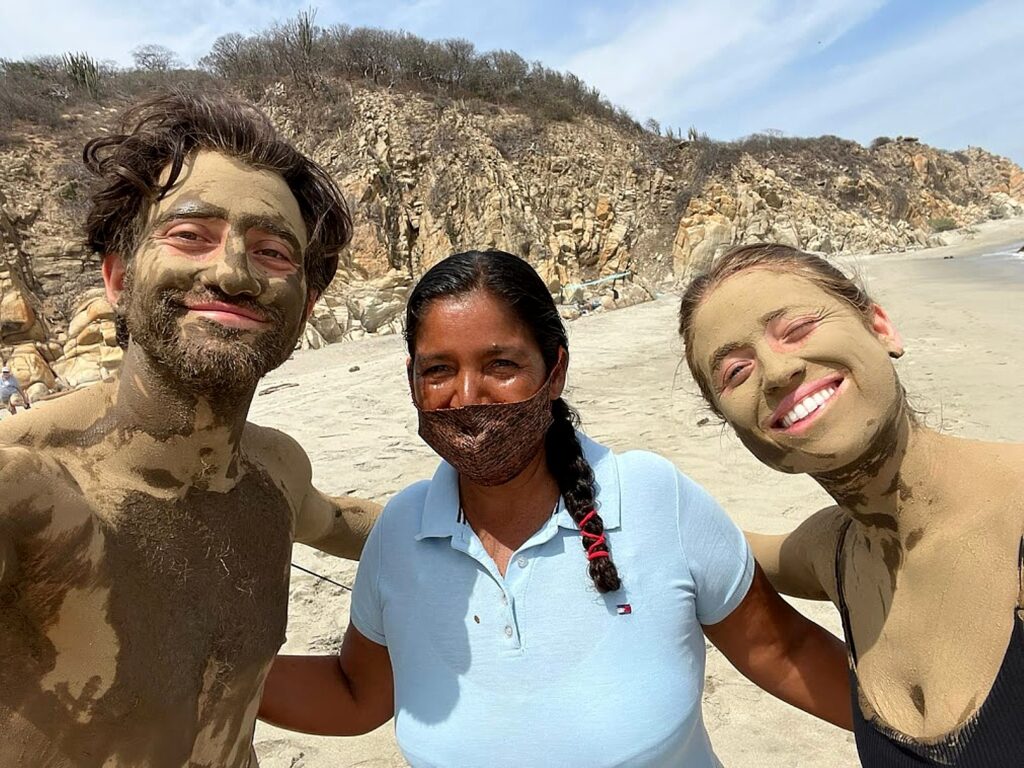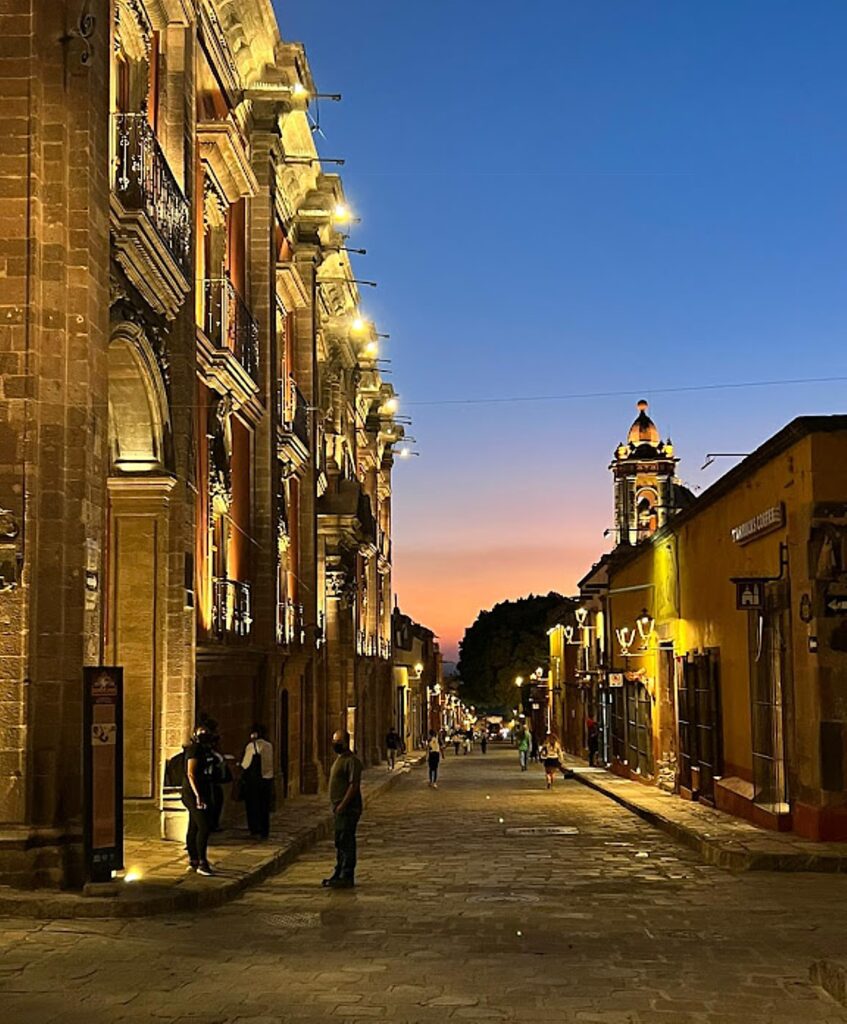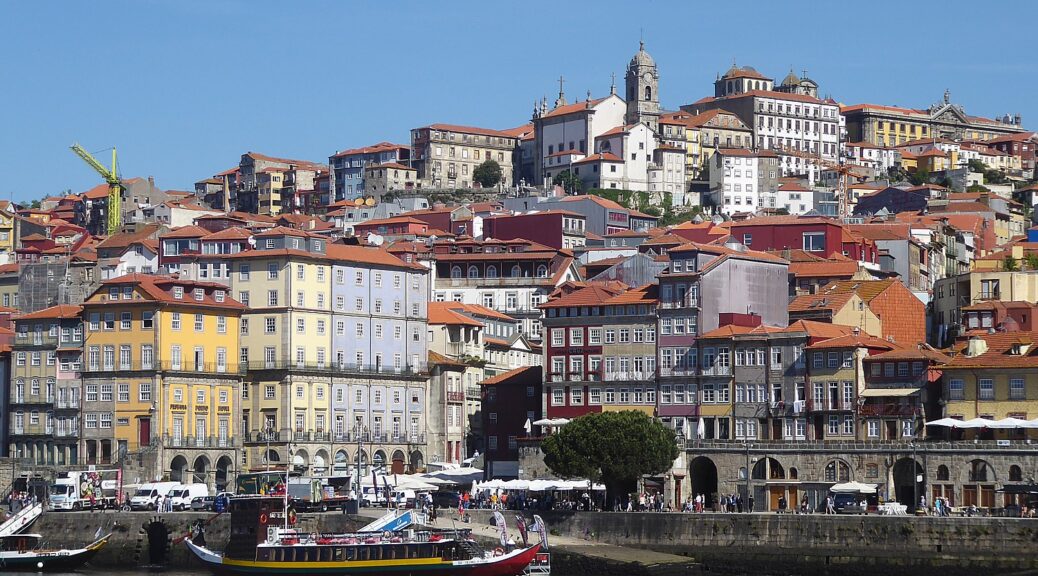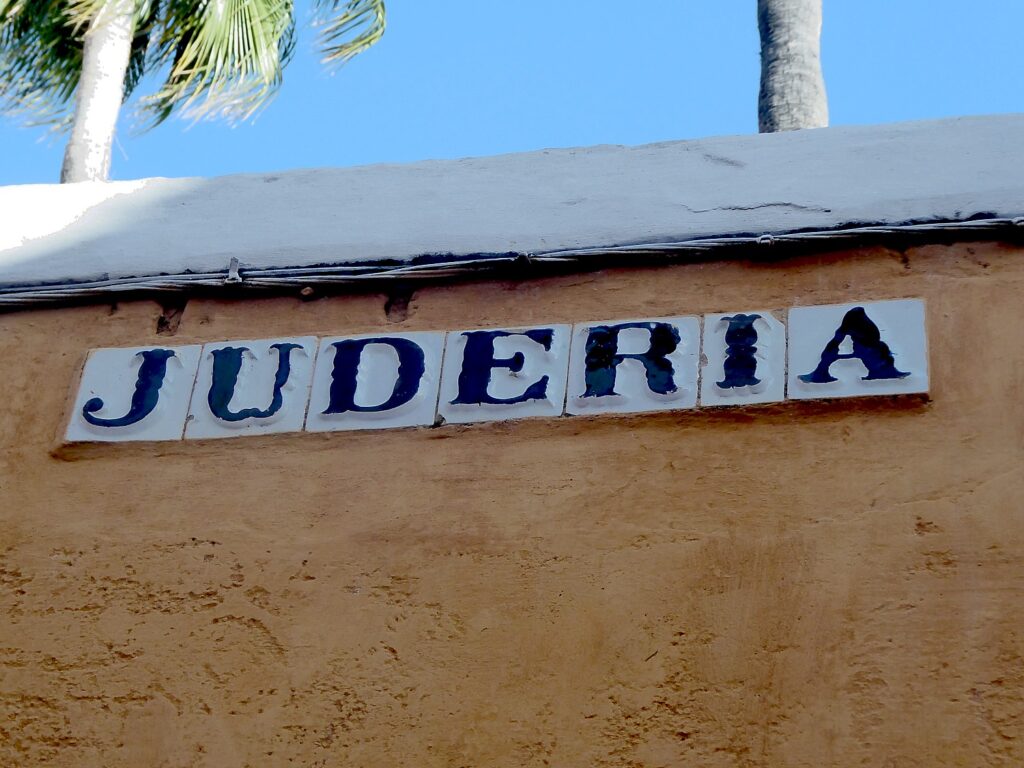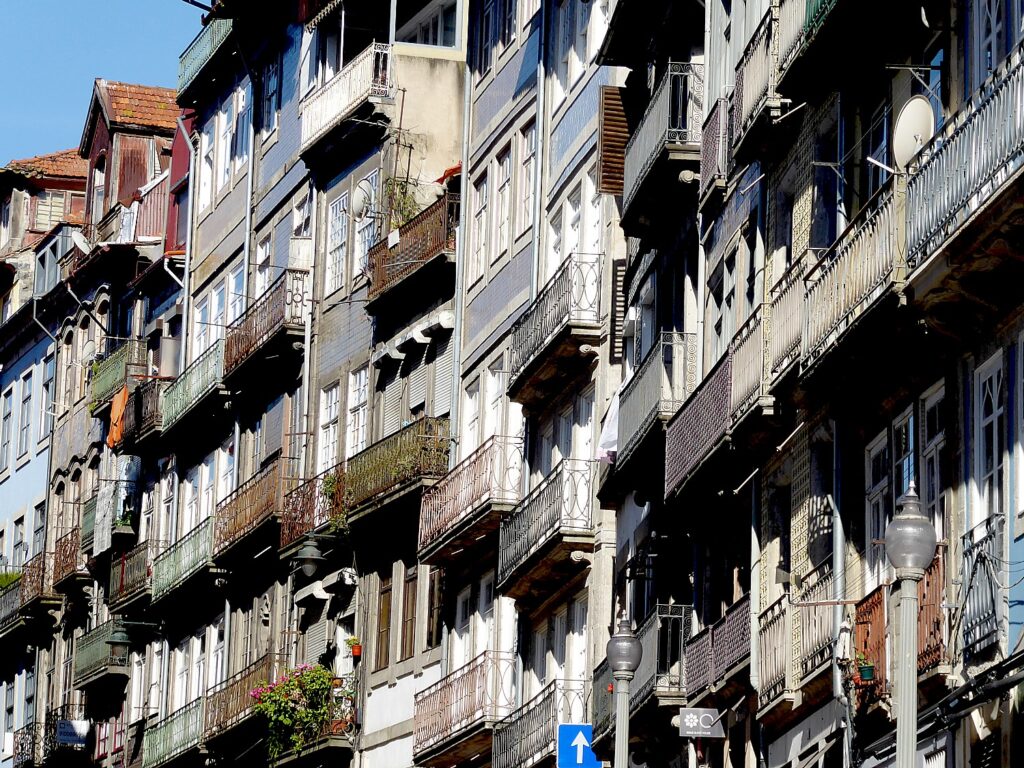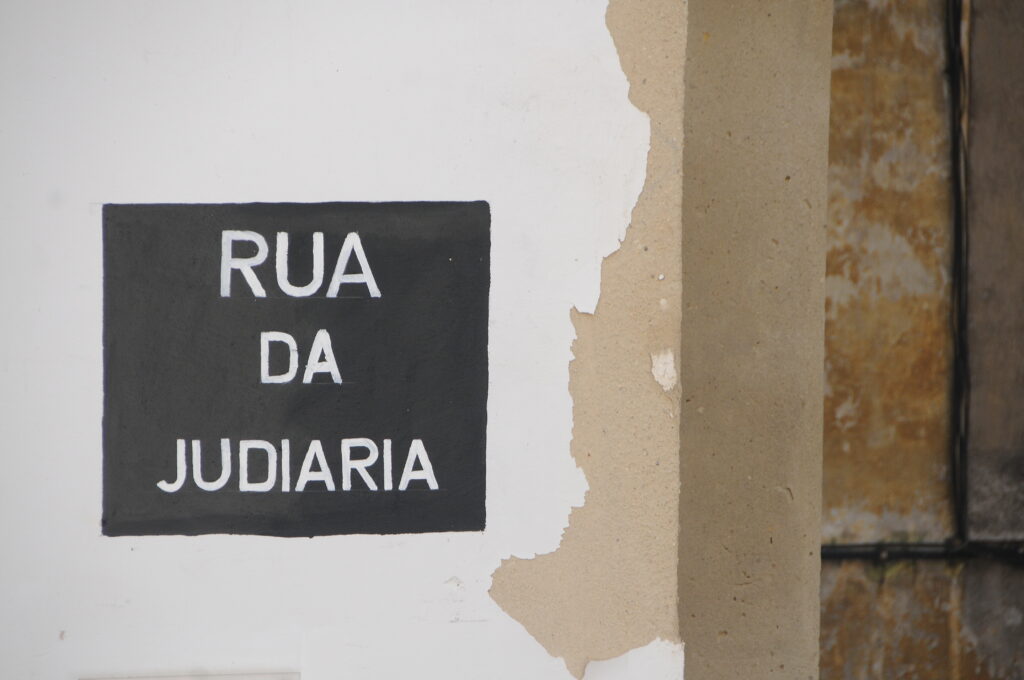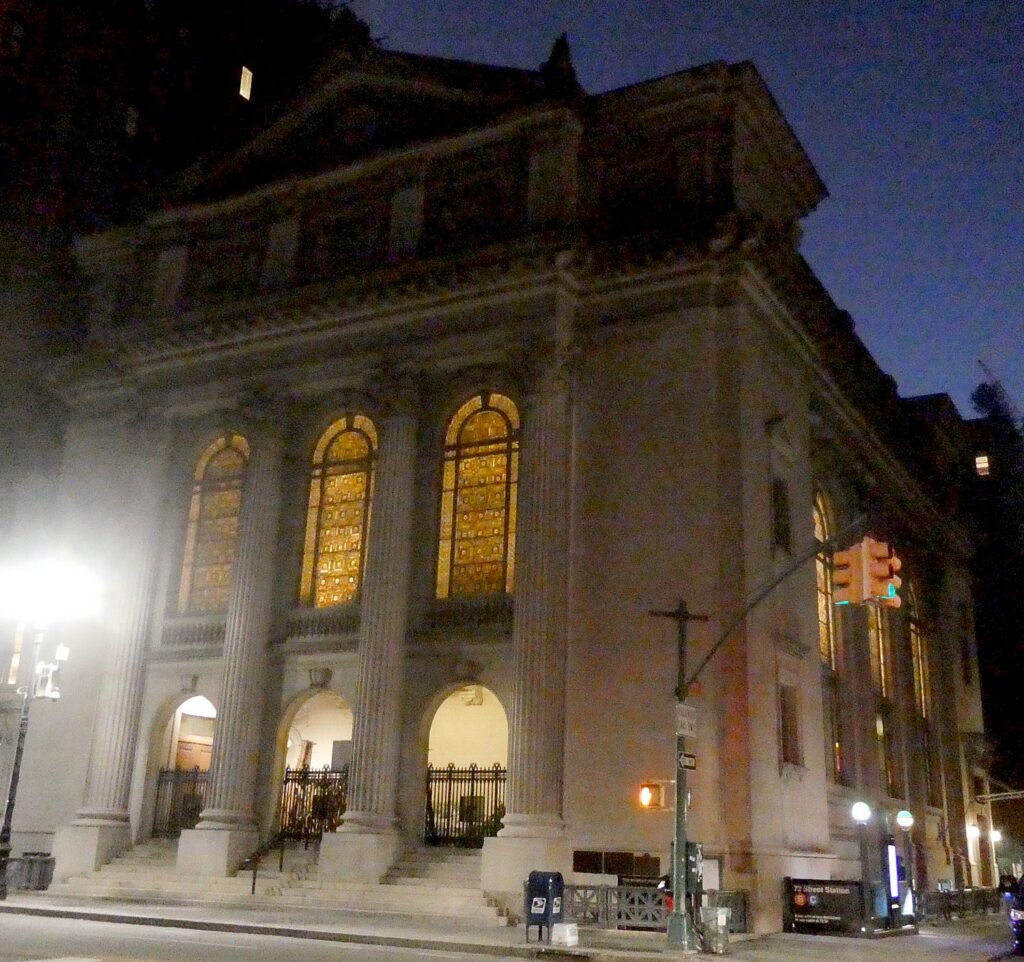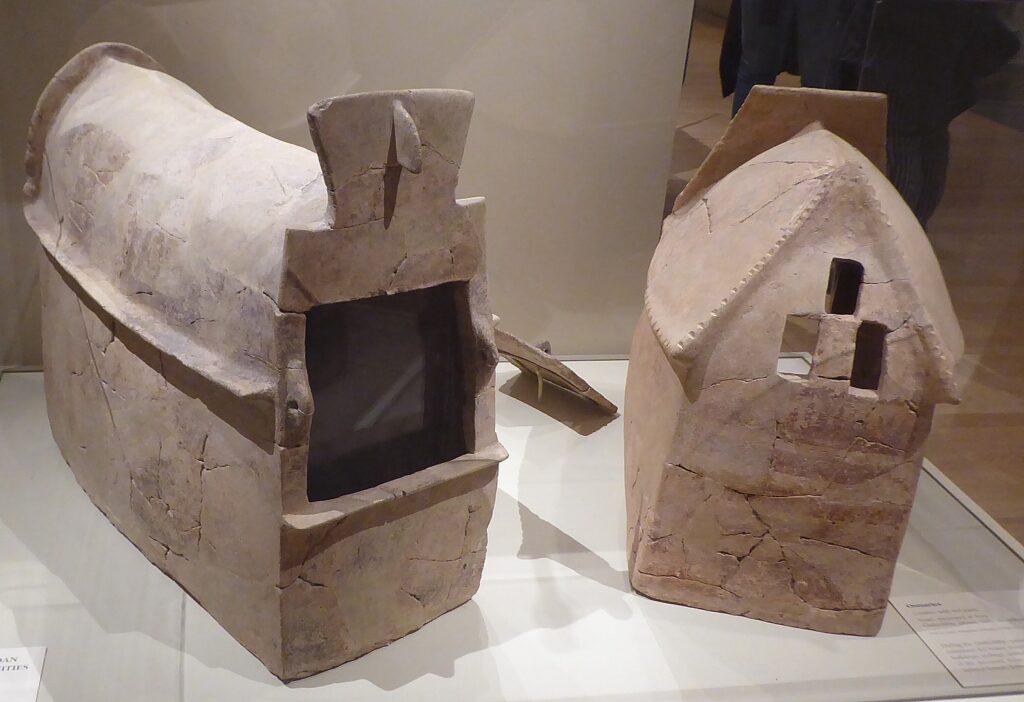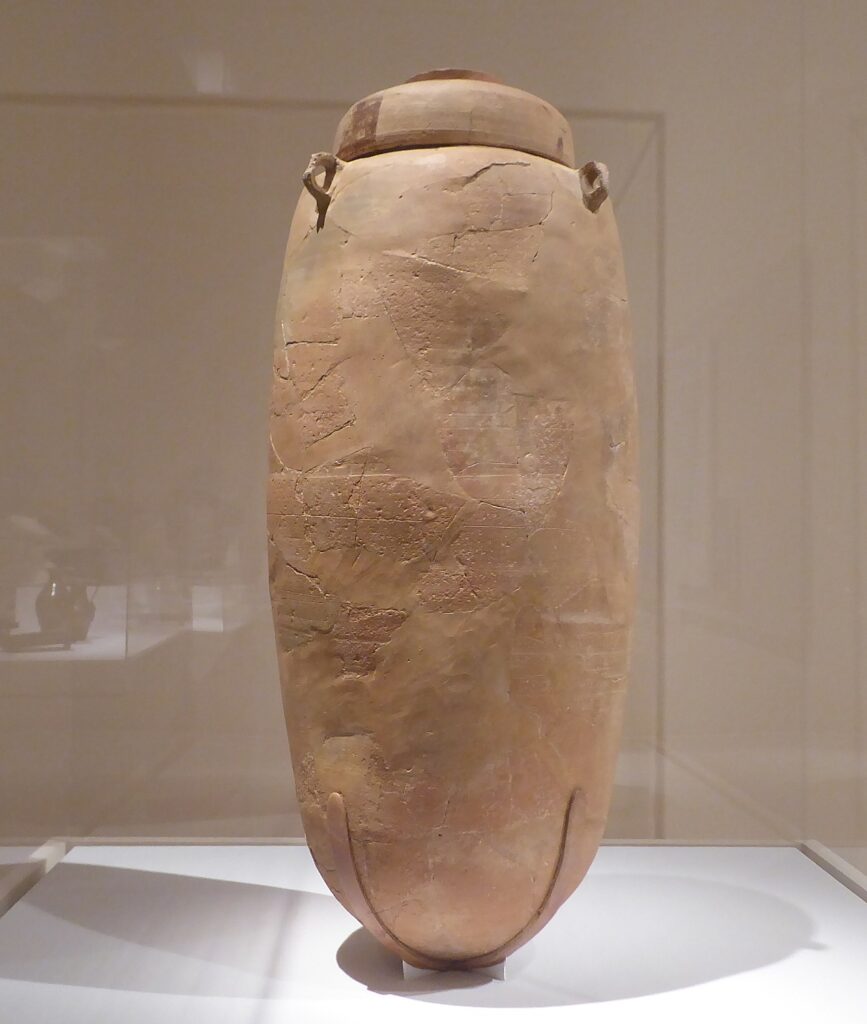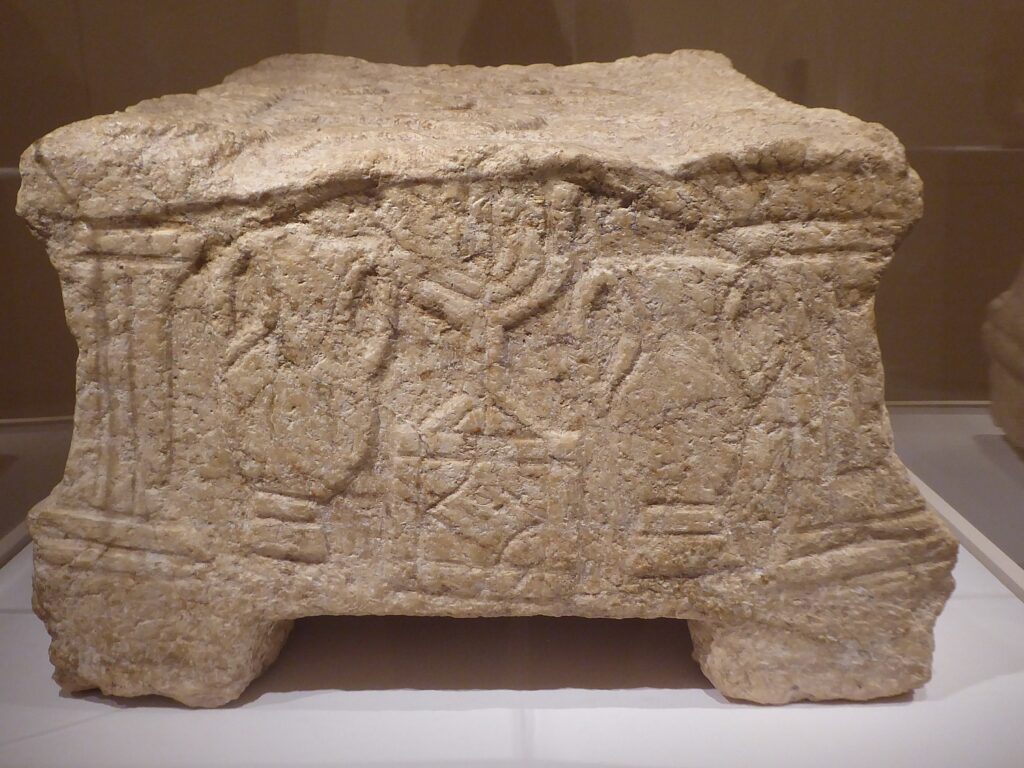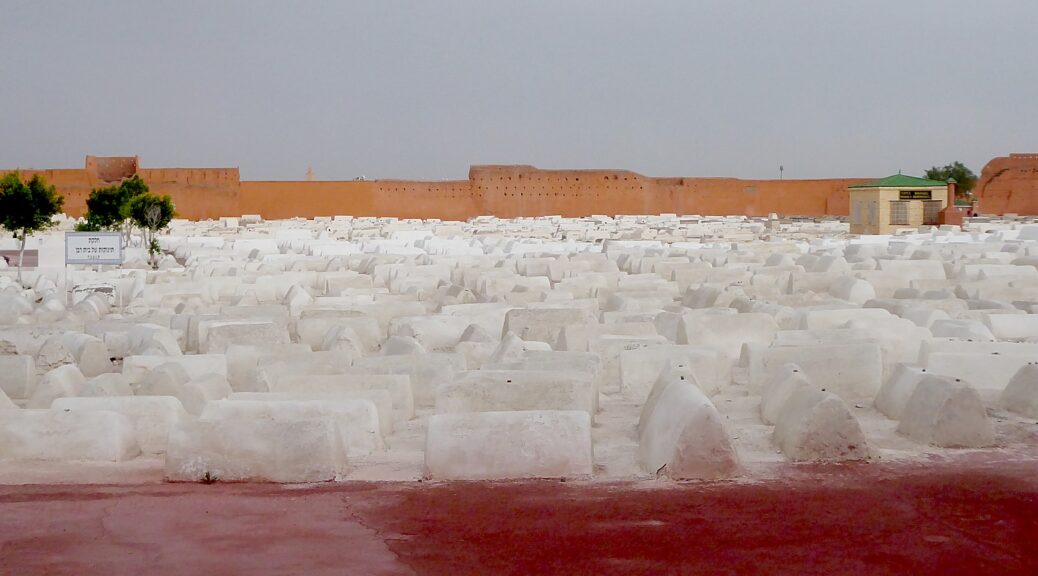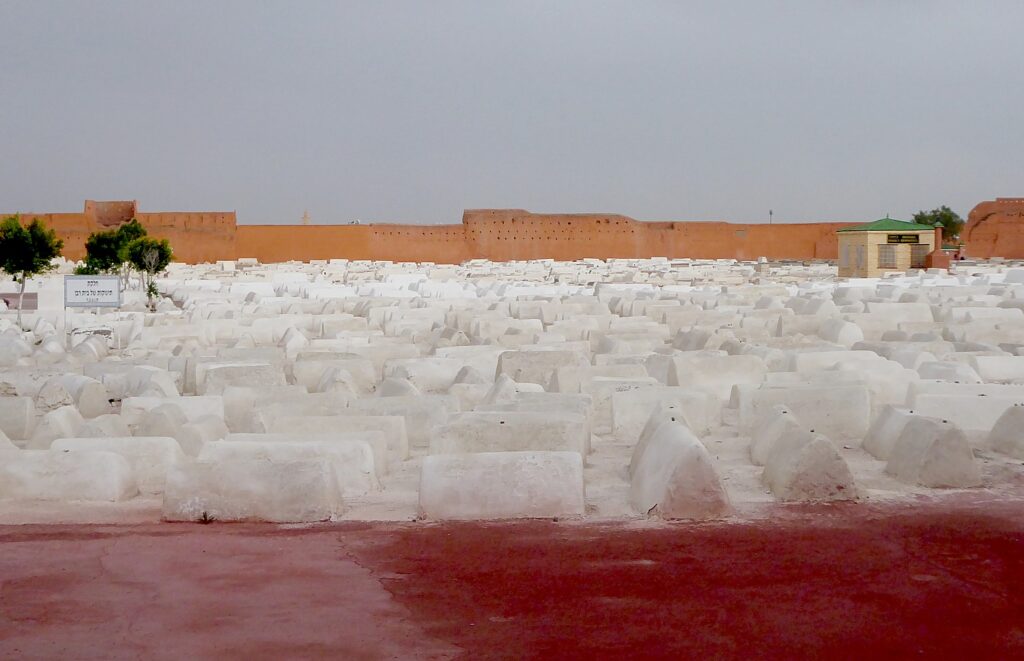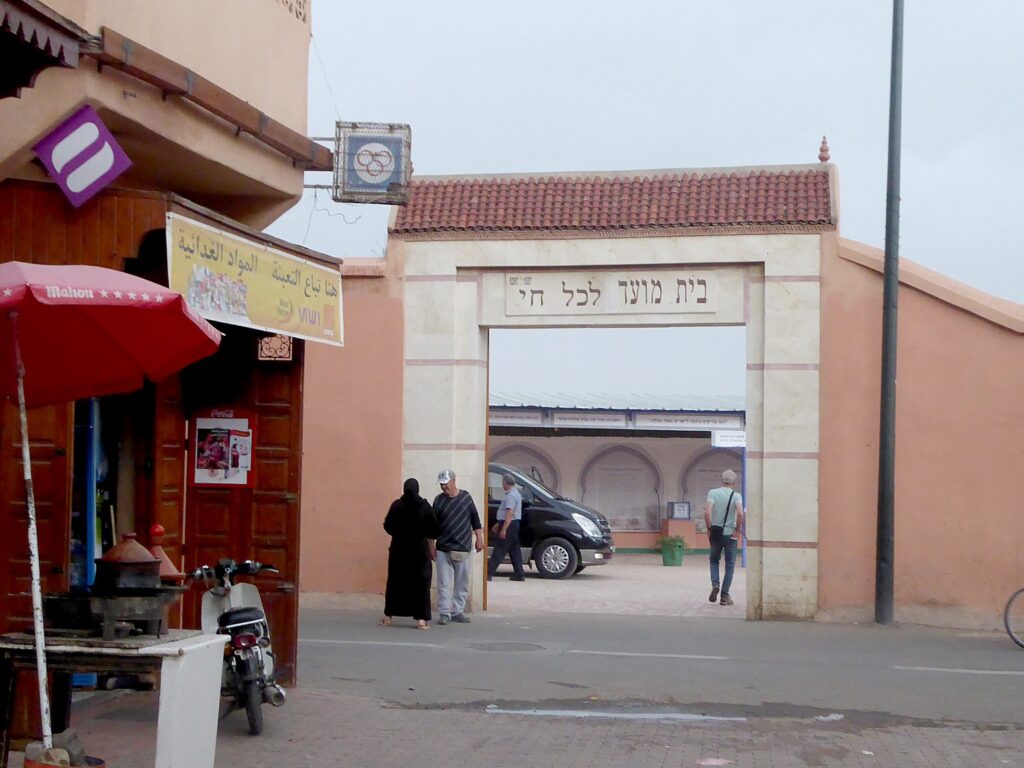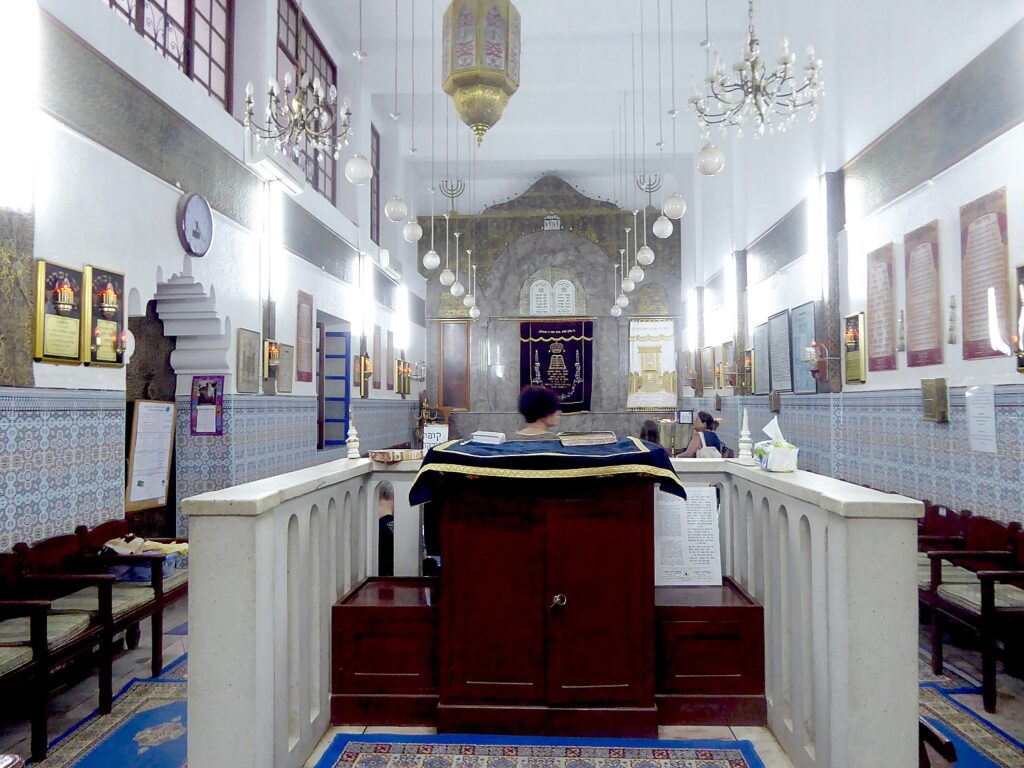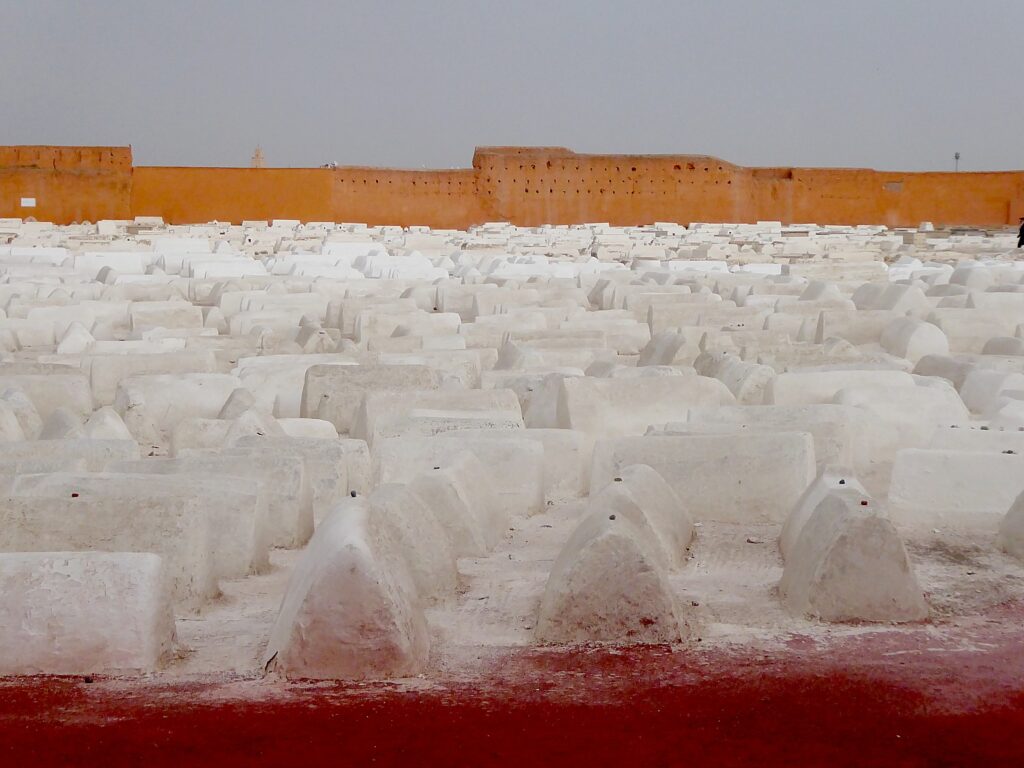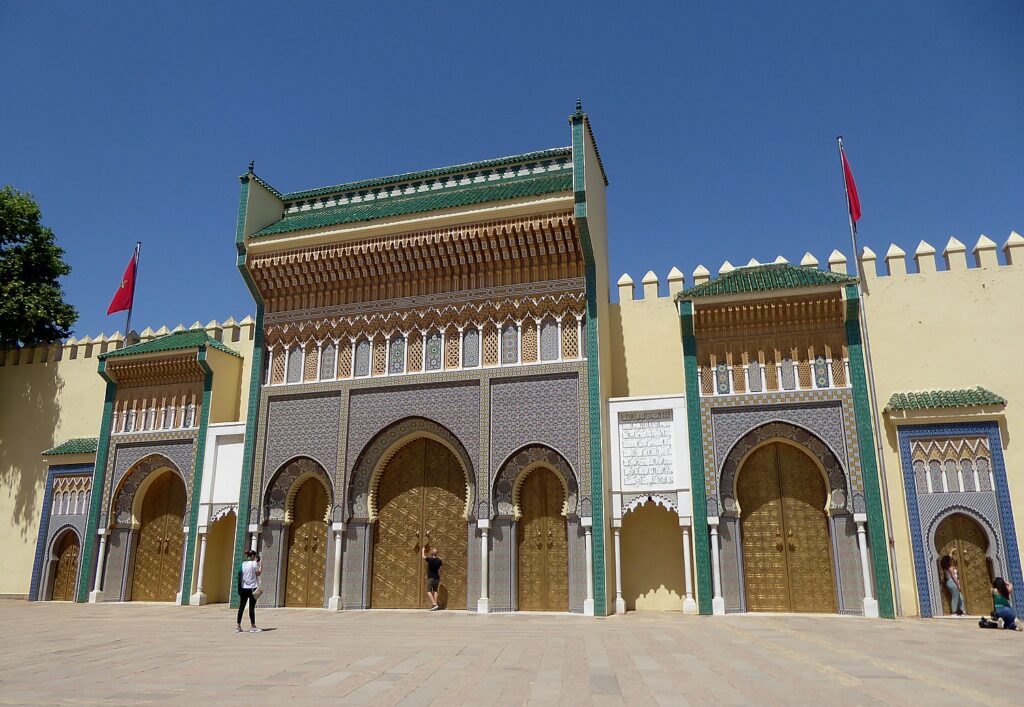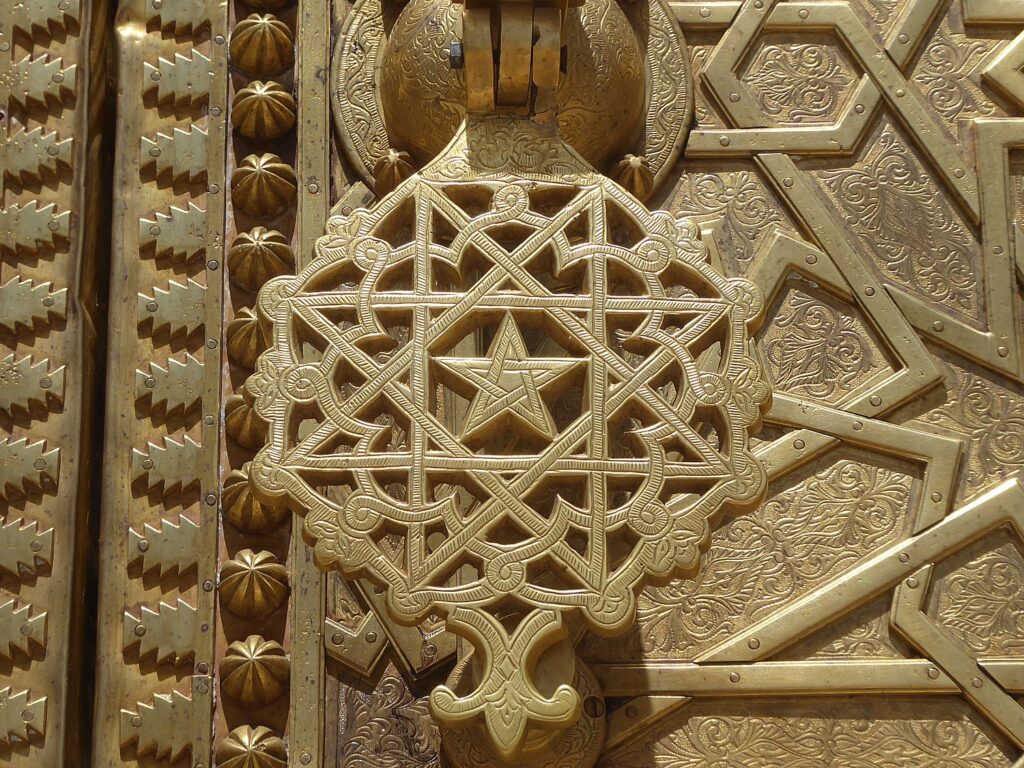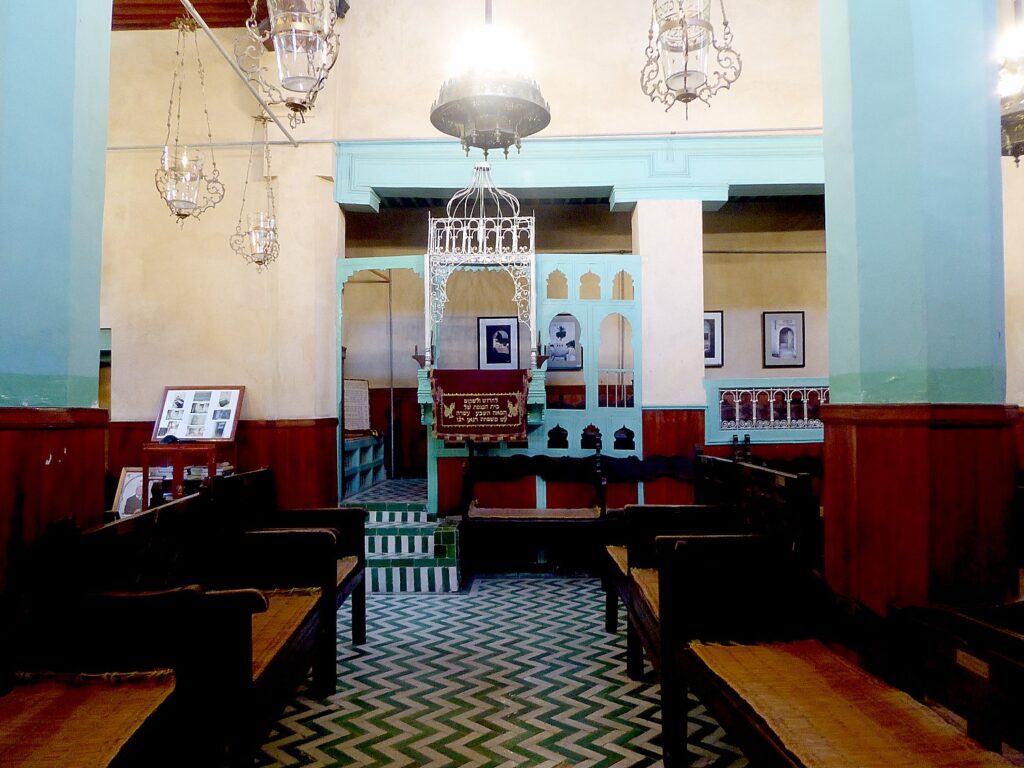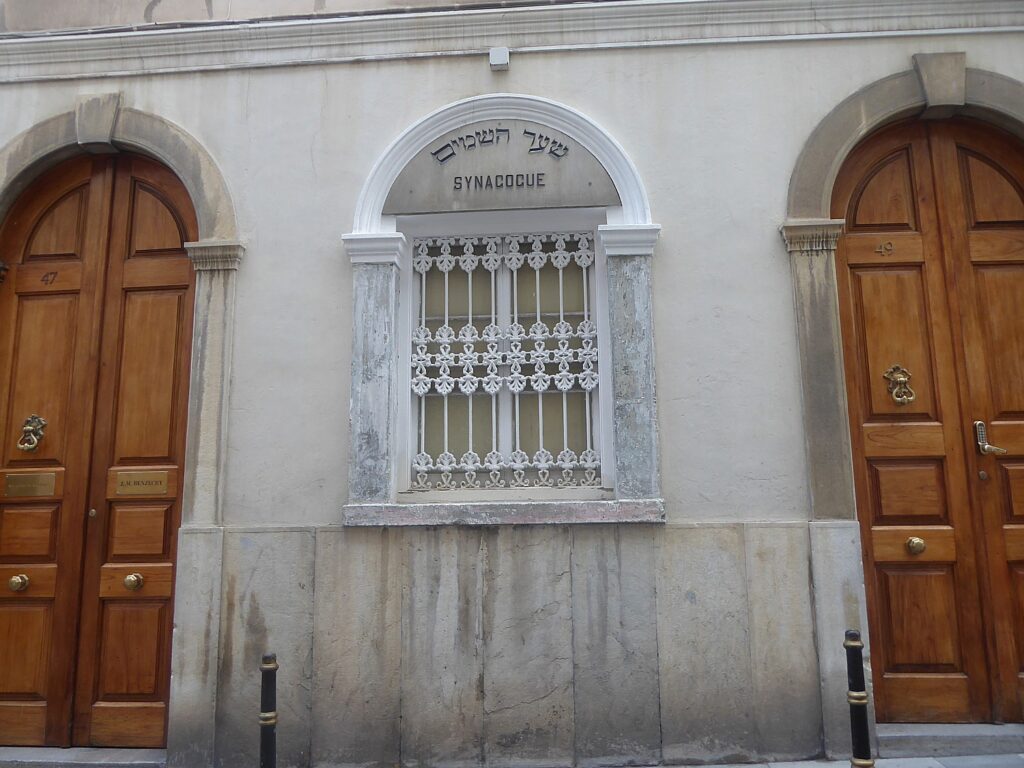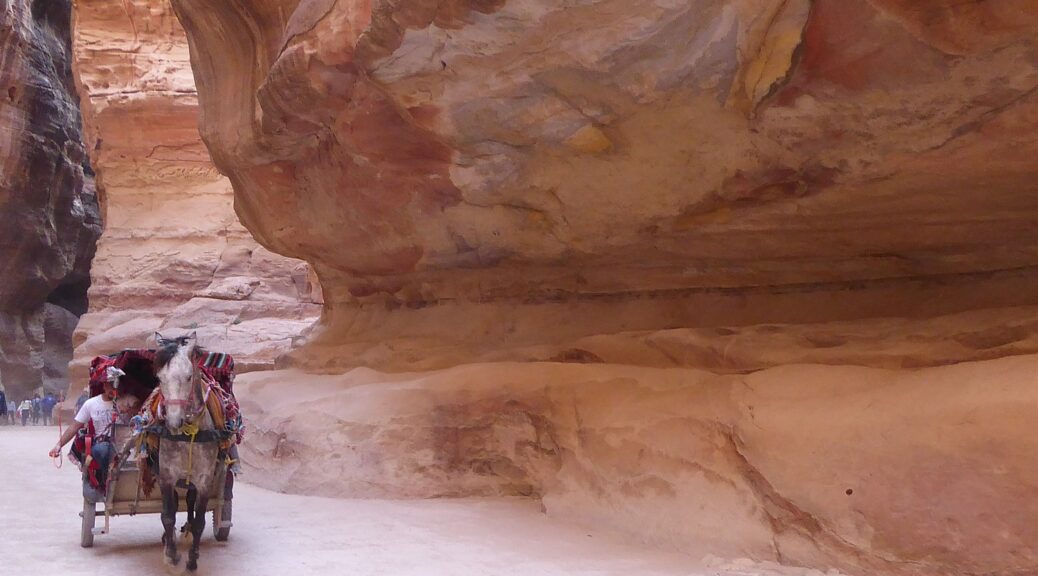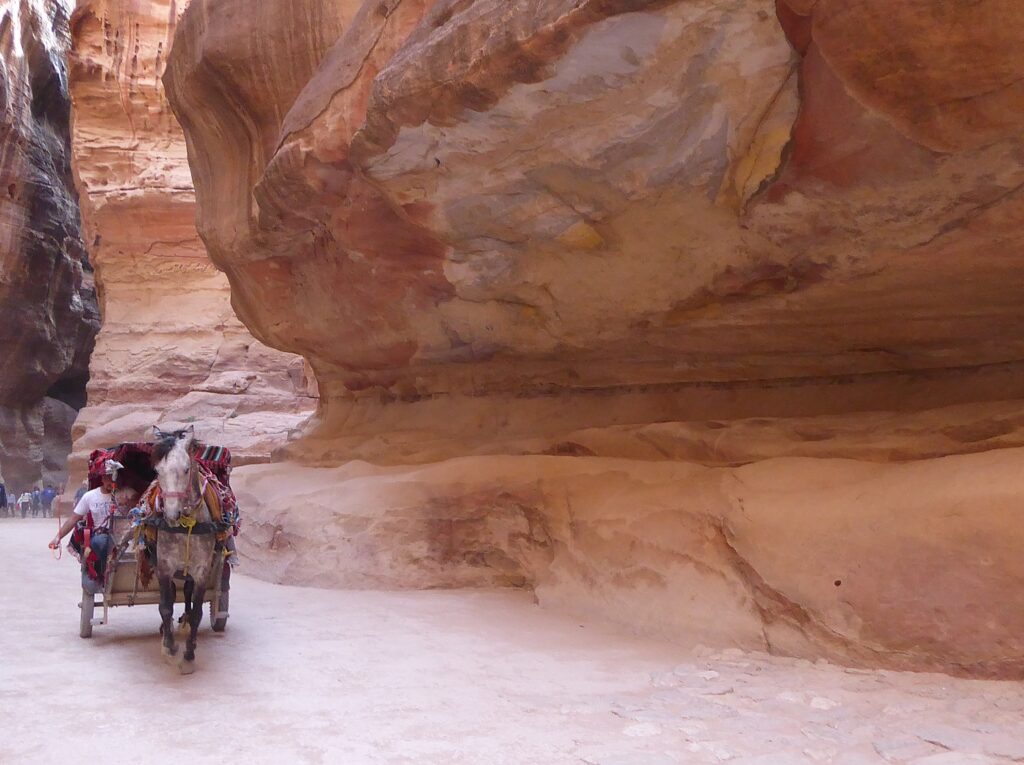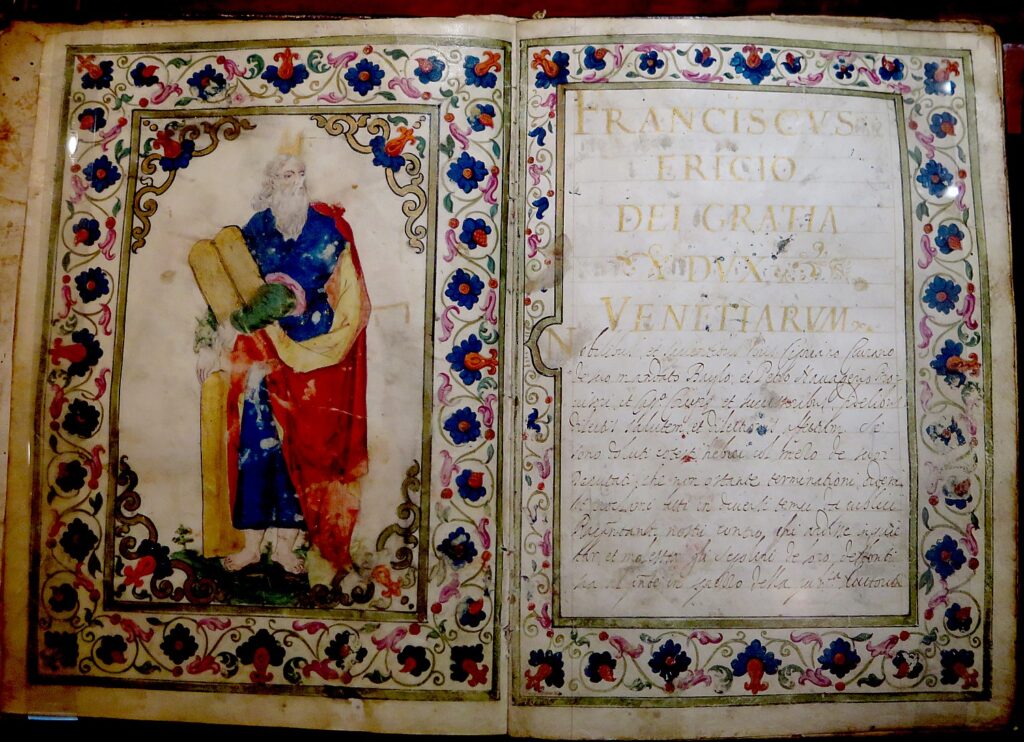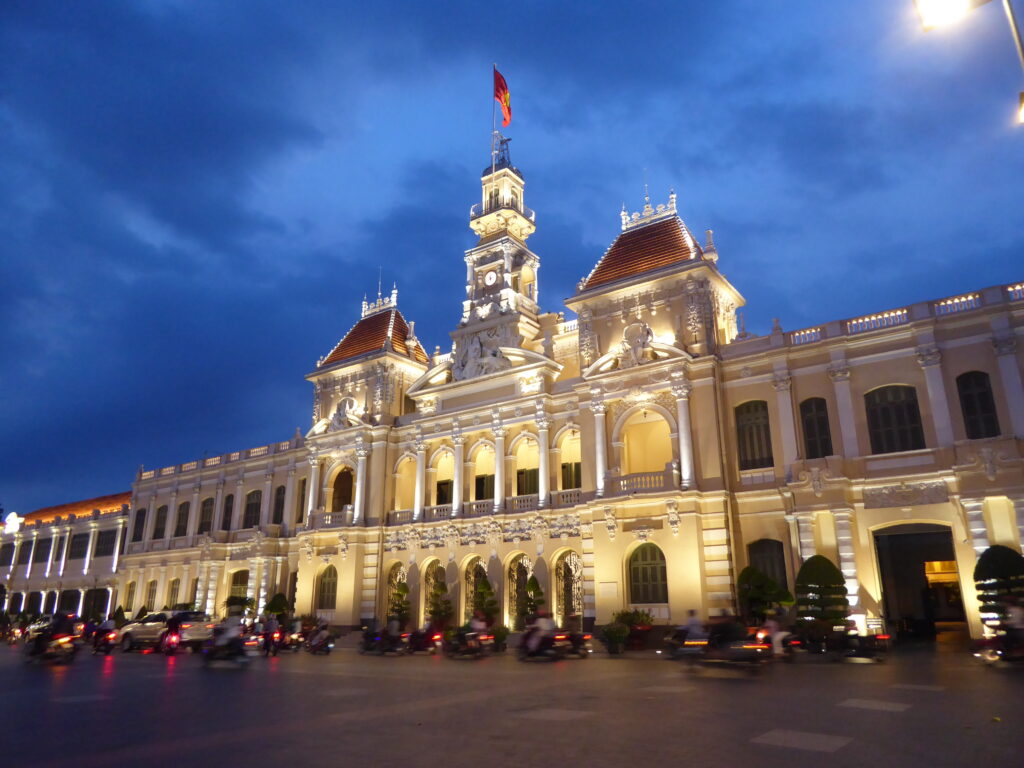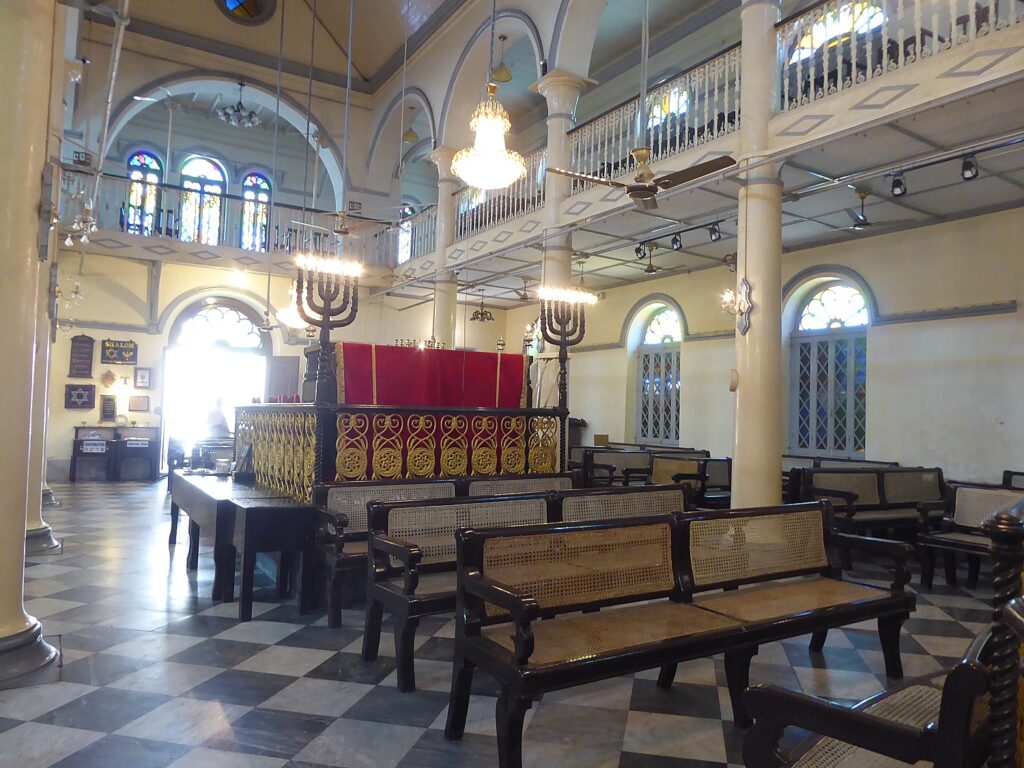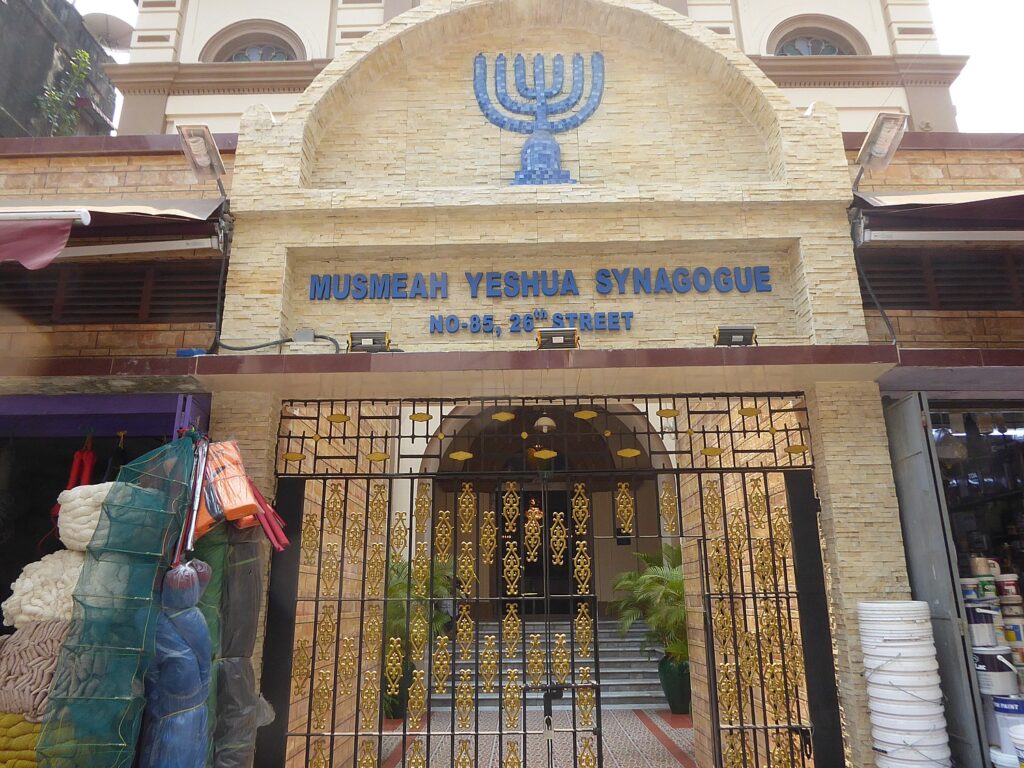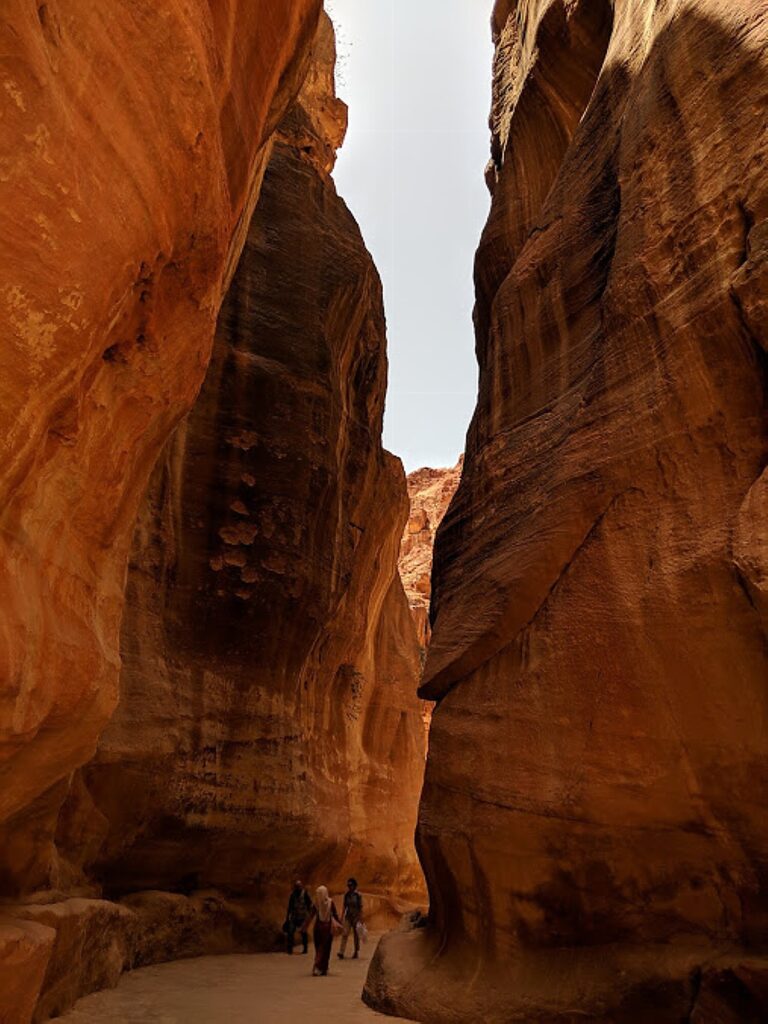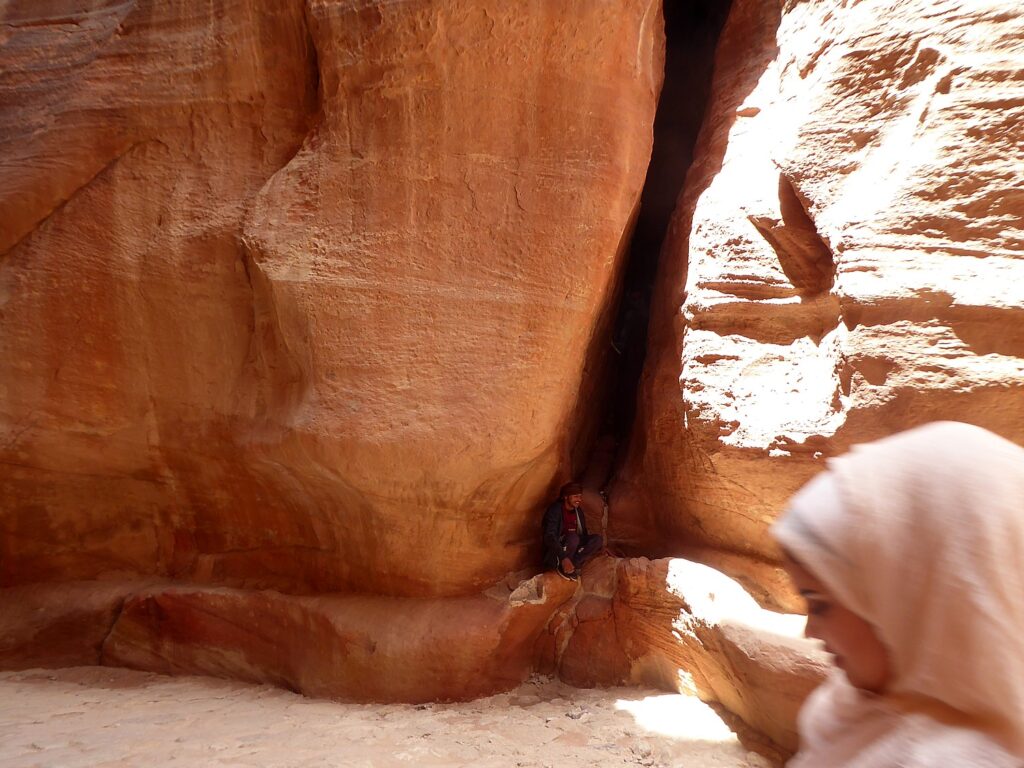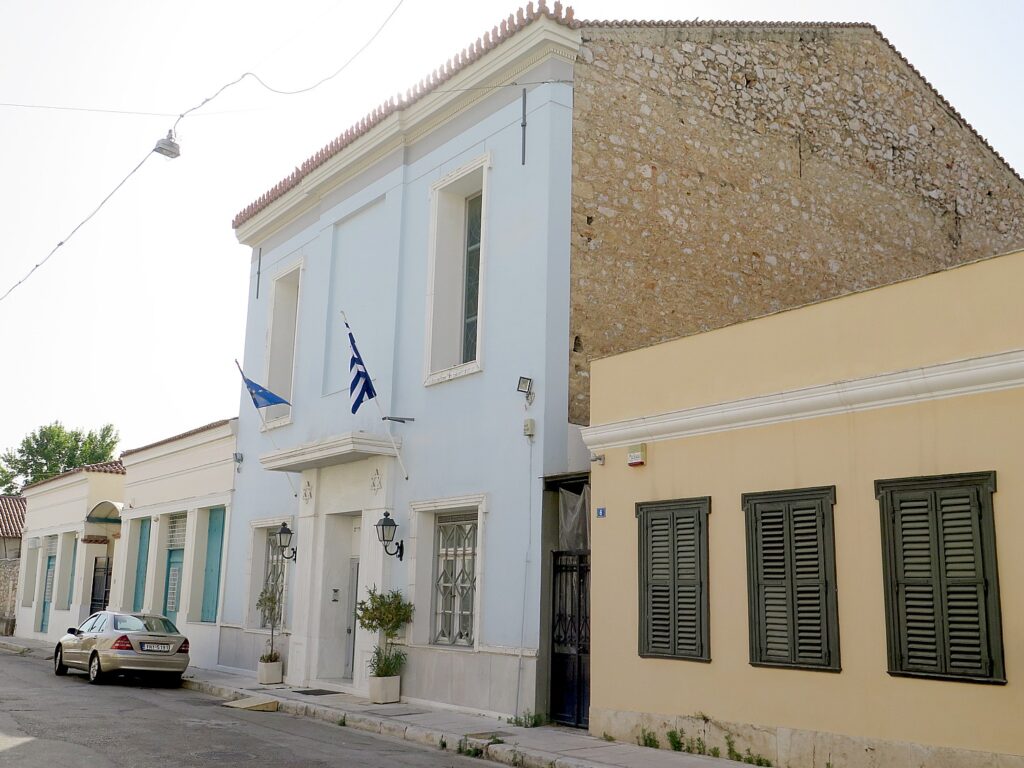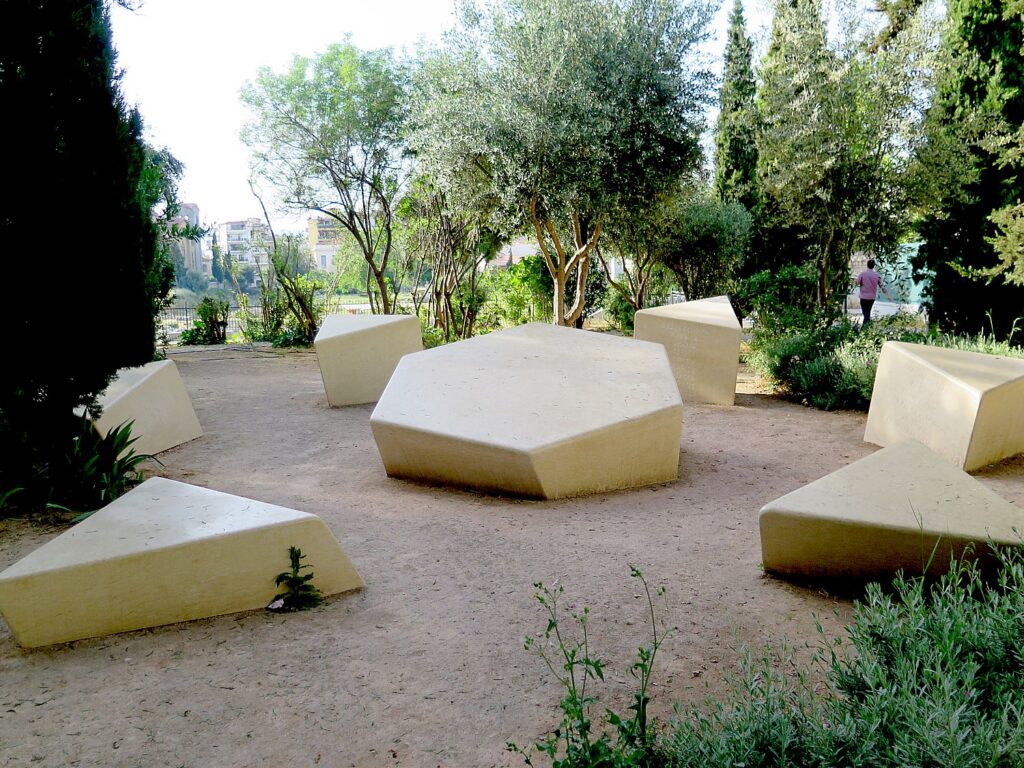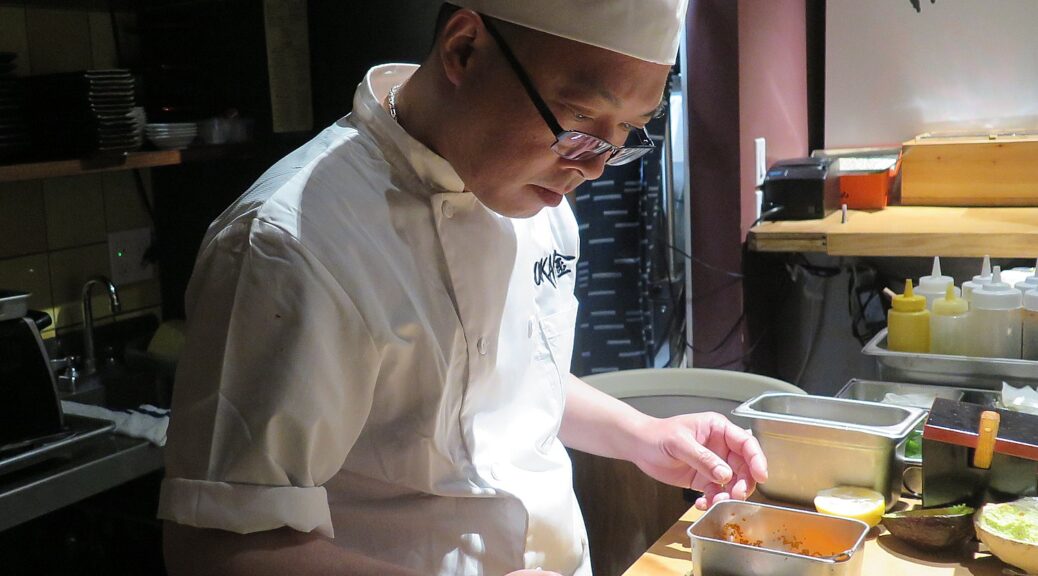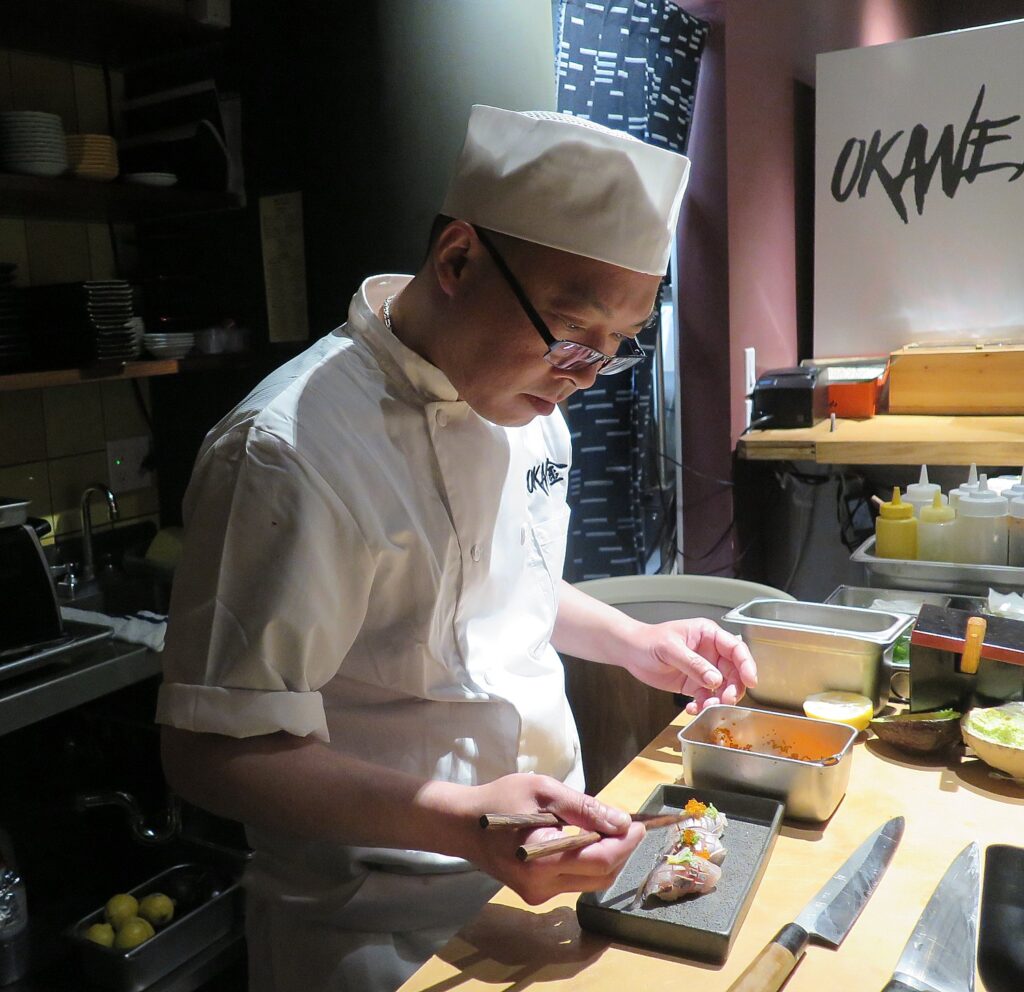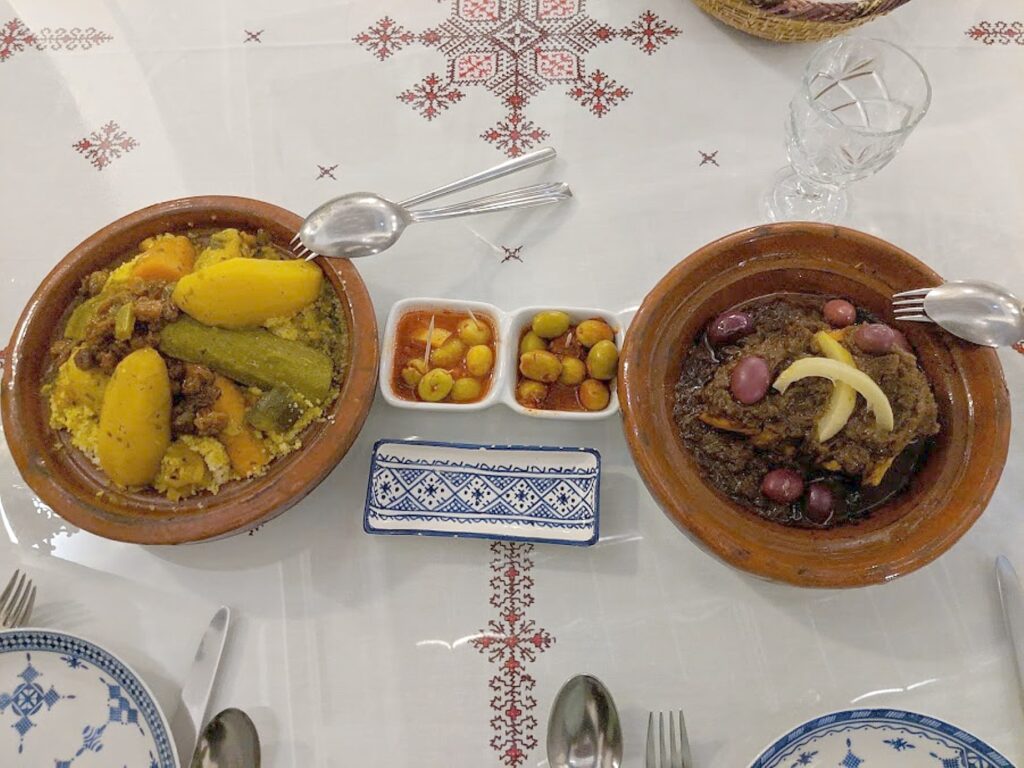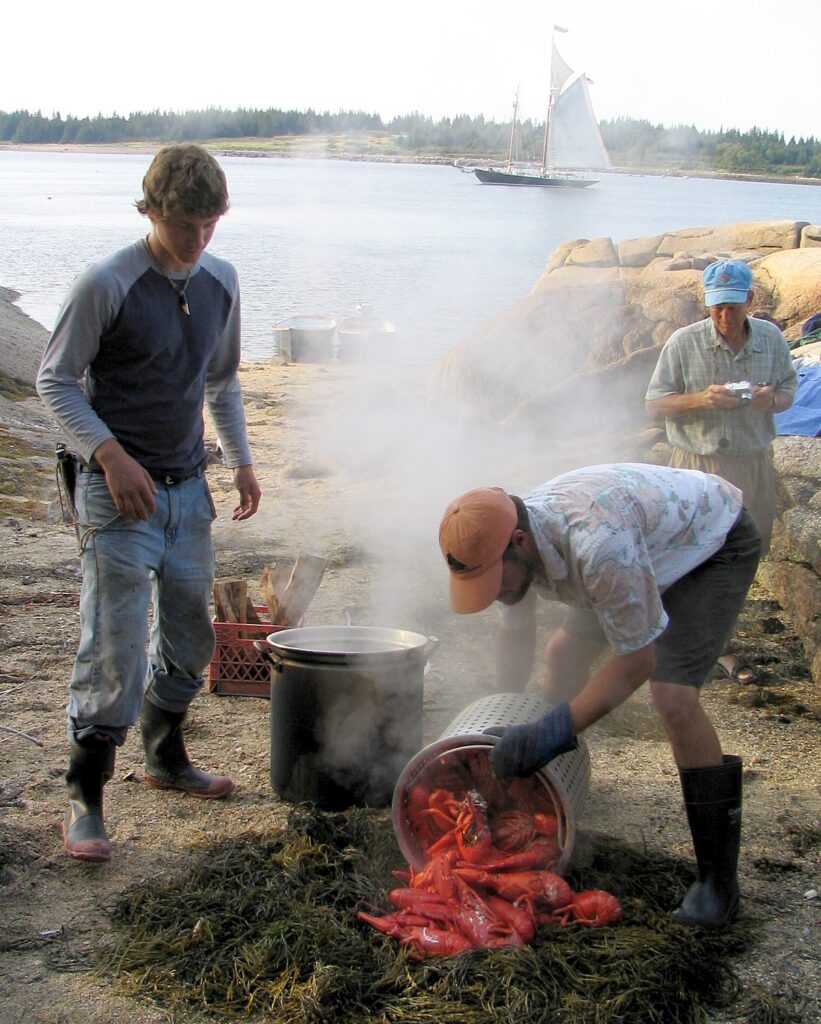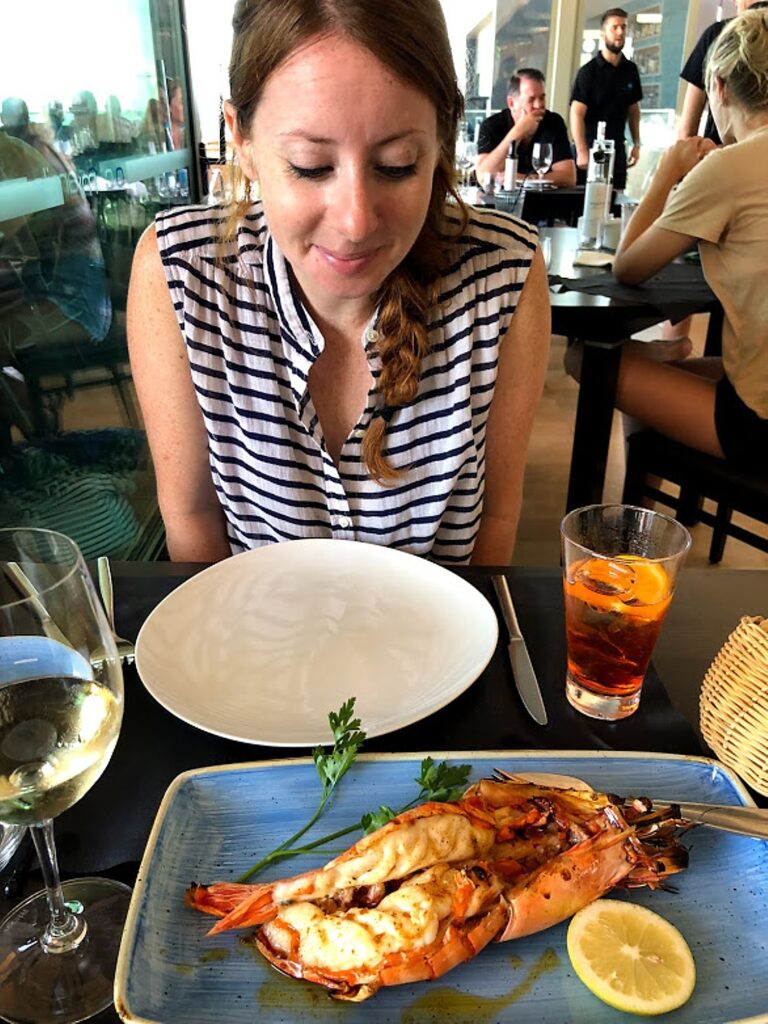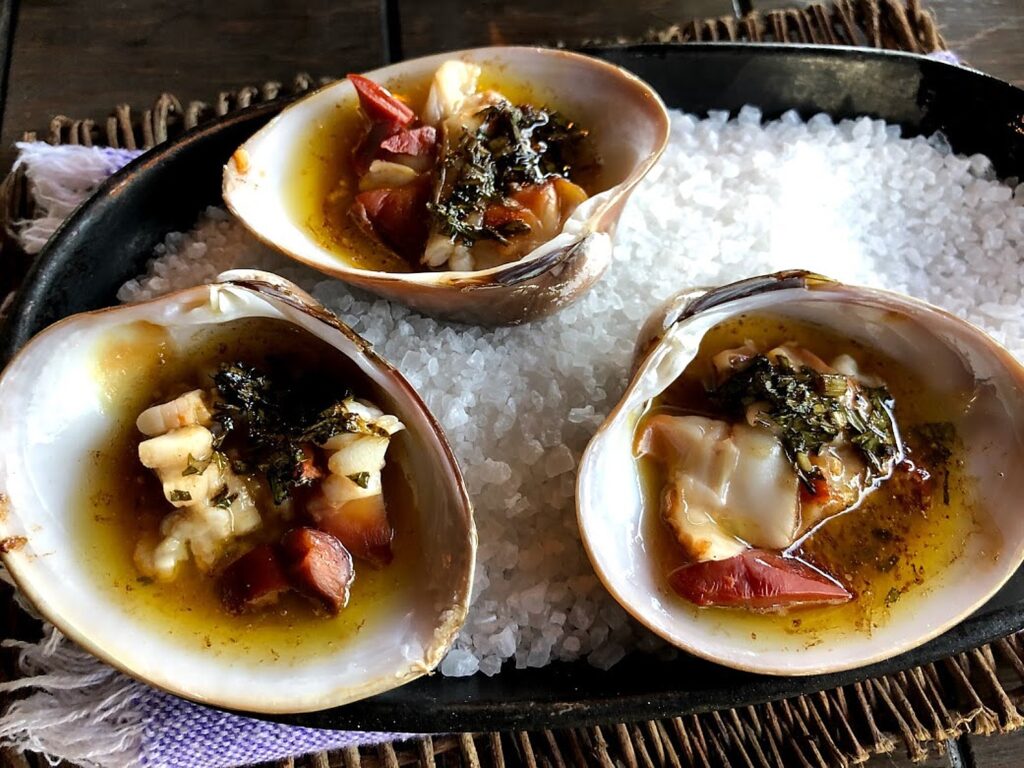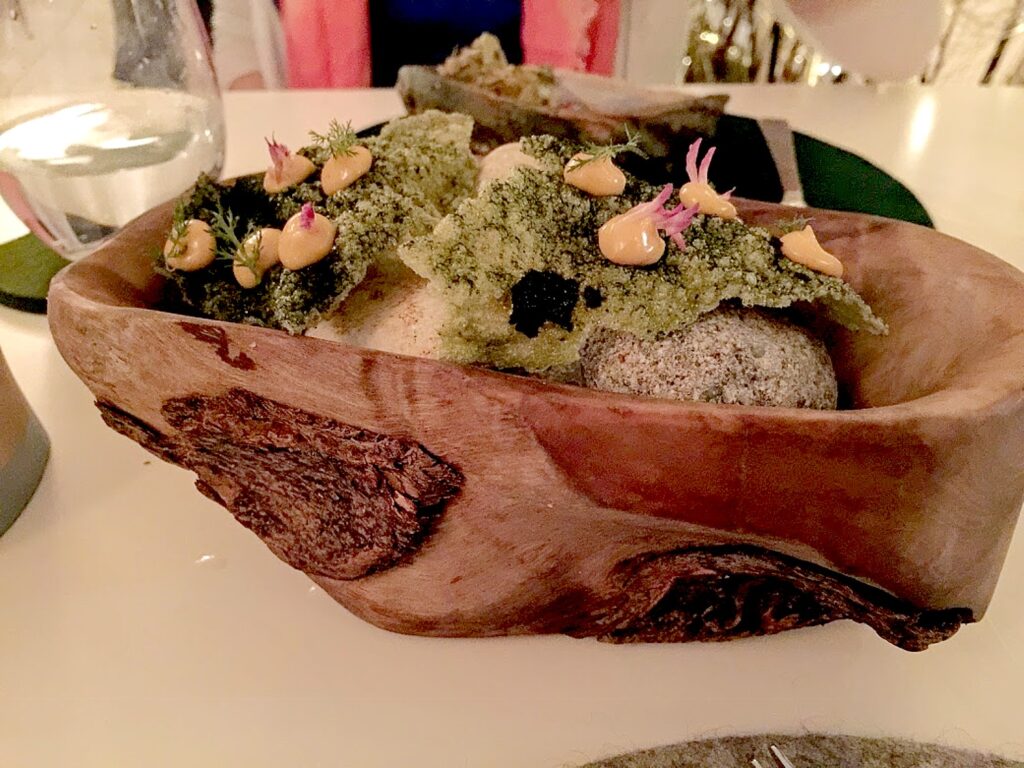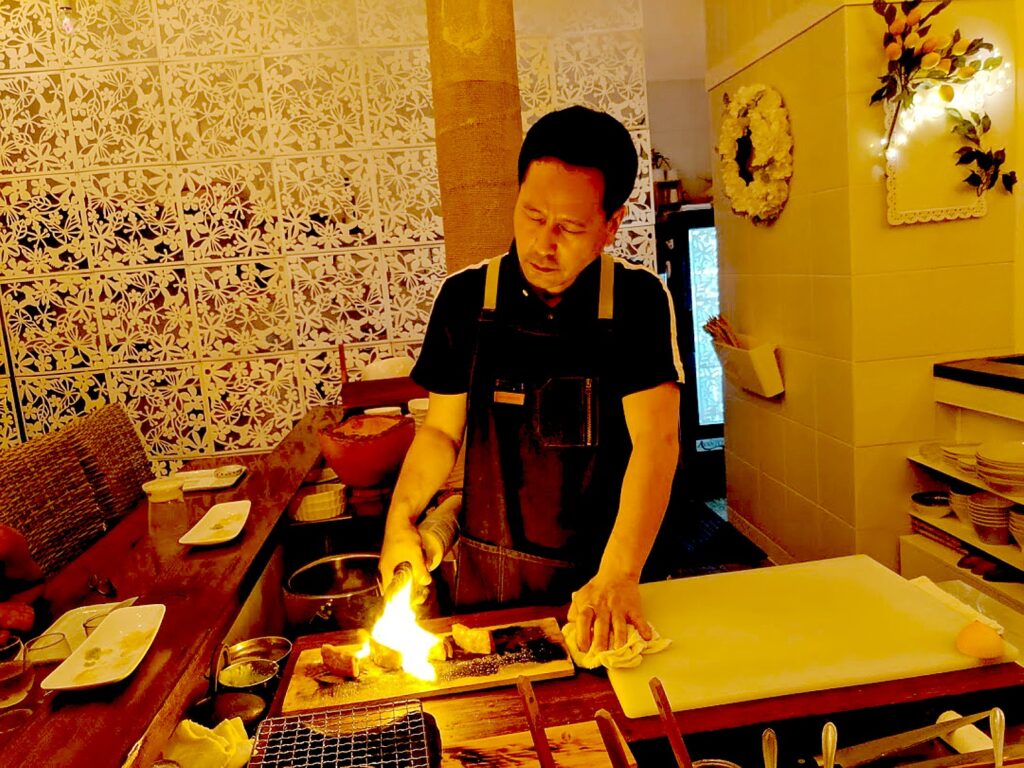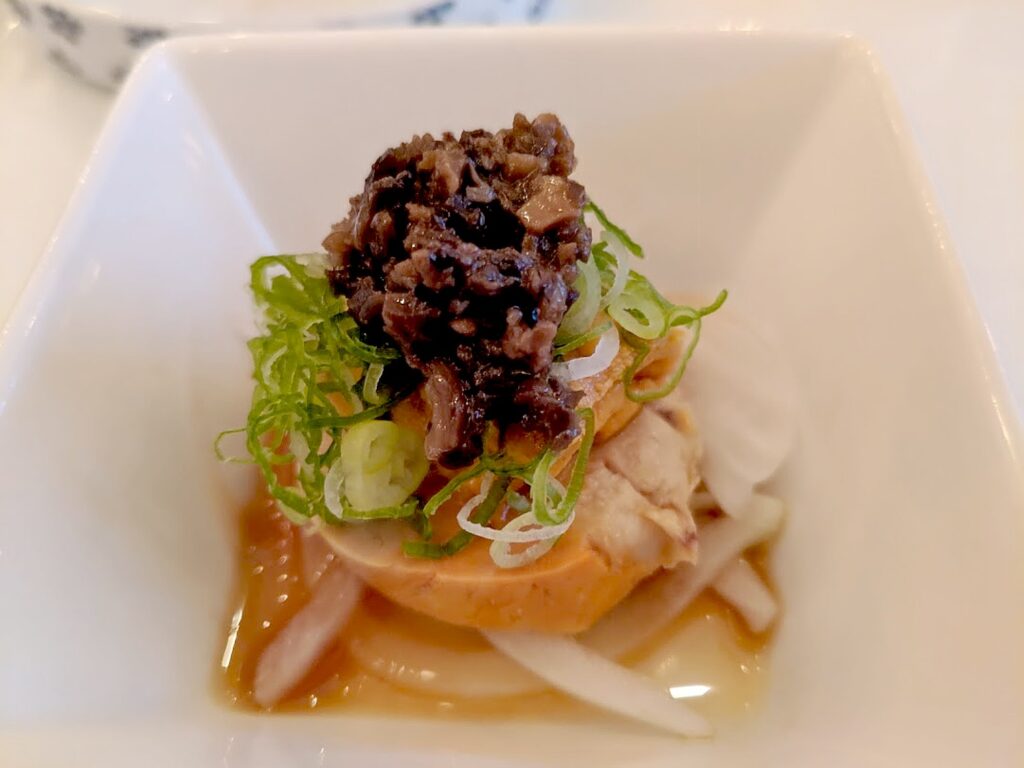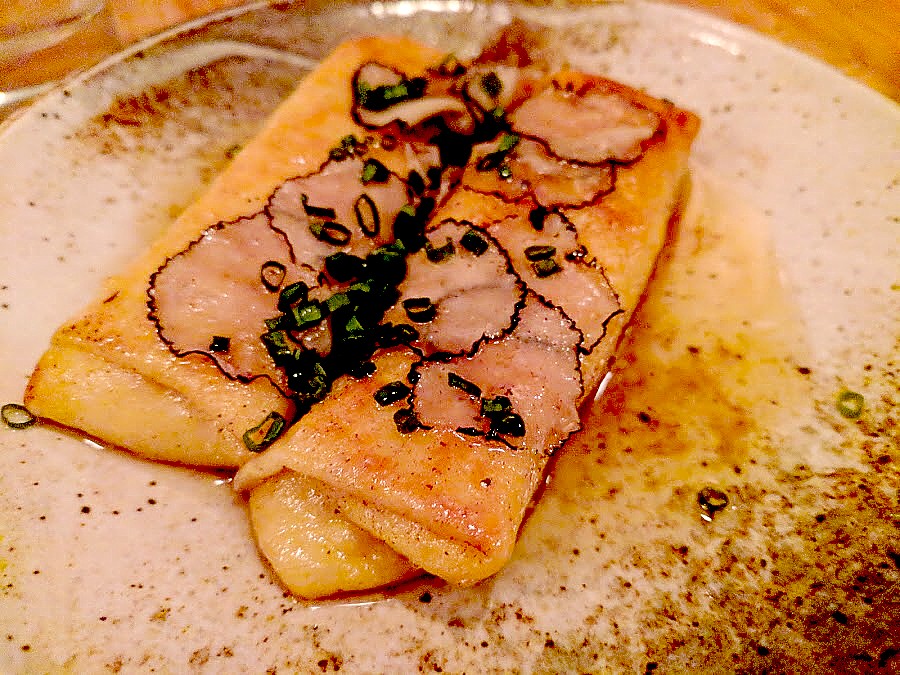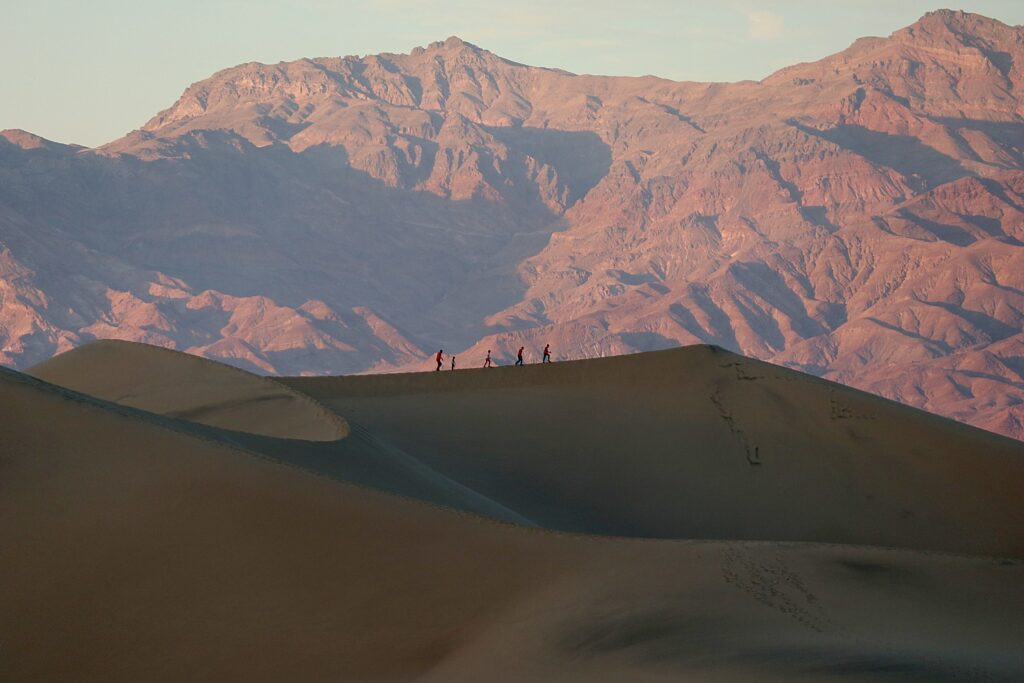
By Karen Rubin, Travel Features Syndicate, www.goingplacesfarandnear.com
Travel companies – airlines, cruiselines, hotels and resorts, tour companies – are going big for Black Friday and Cyber Monday, putting bucket list destinations and experiences within reach. We’ve gathered some of the deals to provide a snapshot of what you can expect – it can be a discount on the package price, upgrade, or special features added on. But if you don’t see a travel company you are interested in, search for the website and “Black Friday” or “Cyber Monday” deals to find offers and get any necessary code. Here’s a taste of the goodies to snatch:
Xanterra Travel Collection® “Thankful for Travel Sale”
From Nov. 21-Dec. 1, 2023, save up to 30% on national park stays, luxury, yacht-style cruises, a historic train ride to the Grand Canyon, walking and biking tours in Europe, and legendary resorts. Xanterra owns or operates the lodges in Yellowstone National Park, Zion National Park, Glacier National Park, and Grand Canyon, South Rim; Windstar Cruises, the Grand Canyon Railway & Hotel, The Oasis at Death Valley, Holiday Vacations, Country Walkers and VBT Bicycling Vacations. The affiliated legendary Five-Star, Five-Diamond Broadmoor Hotel in Colorado Springs and the longest-running Five-Star award-winning Sea Island resort in Georgia are also participating in the sale. (Visit xanterra.com/thankful). Highlights include:
National Parks

- The Oasis at Death Valley – Save 30% on hotel stays at the beautifully renovated and historic AAA Four-Diamond Inn at Death Valley and the newly revitalized, family-friendly Ranch at Death Valley, including new, cozy cottages, spring fed pools and the lowest elevation golf course. Valid for select overnight stays between Dec 2023 and Feb 2024.
- Grand Canyon Railway & Hotel – Save 30% on roundtrip train tickets on an entertaining journey in fully restored historic train cars to the Grand Canyon’s fabled South Rim when booking a two-night Thankful for Travel package for select travel dates January-March 7, 2024.
- Grand Canyon South Rim – Save 30% on in-park lodging at Maswik Lodge, Kachina Lodge, and Bright Angel Lodge and 20% at the historic El Tovar Hotel for stays between December 2, 2023, and March 7, 2024. All lodges are in the Historic Grand Canyon Village within walking distance of the rim of the Grand Canyon, Lookout Studio and Hopi House. Take advantage of the secret season at Grand Canyon, South Rim and enjoy the park without the crowds.
- The Grand Hotel – Save 30% at the only AAA Three-Diamond hotel near the Grand Canyon in Tusayan (just one mile from the South Rim entrance) on select dates Dec 2, 2023- March 7, 2024.
- Zion National Park – Save 30% on overnight stays inside the park at Zion National Park Lodge on select dates between Dec 2023 and Feb 2024.
- Cedar Creek Lodge, at the gateway to Glacier National Park – Save 30% on rooms for select dates between Dec 2023 and April 2024.
- Yellowstone – Save 30% on select room types at Mammoth Hot Springs Hotel from Dec 15 –21, 2023 and Jan 2 – Mar 3, 2024, and at Old Faithful Snow Lodge from Dec 16 –22, 2023, and Jan 2 – Mar 2, 2024. Save this spring at Old Faithful Snow Lodge and Mammoth Hot Springs Hotel on stays between April 26 – May 9, 2024, and save at Lake Yellowstone Hotel May 10 – 22, 2024.

Luxury Hotels
- Sea Island – Book between November 24-November 28, 2023, to receive: up to 25% off standard rate at the Cloister or The Lodge for stay s Jan-Mar, Sept-Dec 21, 2024; 15% off for stays Apr-Aug; 10% off stays at Cottages Jan-Dec 21, 2024; $250 resort credit per stay at The Cloister and The Lodge and $100 resort credit per Cottage stay.
- The Broadmoor – 15% off all-inclusive Wilderness Experience stays for select dates in the 2024 season (April-October); Broadmoor exclusive of $269 nightly rates & suites available at 25% off of published rates valid for select dates in January through April 2024. Book between Nov 14 – Dec 1, 2023. More details and booking information here.
- Situated at the gateway to the Colorado Rocky Mountains in Colorado Springs, The Broadmoor and its Wilderness Experience properties – The Ranch at Emerald Valley, Cloud Camp and the Orvis-endorsed Fly Fishing Camp – encompass 5,000 acres. The resort campus has 784 rooms, suites and cottages. It includes two championship golf courses, an award-winning spa and fitness center, a nationally recognized tennis staff and program, 20 retail boutiques, plus 20 diverse restaurants, cafes and lounges. Other activities include falconry, mountain biking, hiking, rock-climbing tours, fly-fishing, Wild West Experiences and more.
- The Broadmoor Wilderness Experience properties are three all-inclusive boutique facilities that highlight an authentic Colorado experience while offering mountain rustic luxury along with The Broadmoor’s legendary service: an upscale dude ranch, a fly fishing mecca, and a relaxing and glamorous Western mountaintop camp. Open May-October.

Guided Travel/Tours
- Bicycling Tours (VBT) – Book any 2024 departure of a Guided Biking tour to France with an Air Package and save $250.
- Walking Adventures (Country Walkers)– Book any 2024 departure of a Guided Walking tour to Italy with an Air Package and save $250.
- Holiday Vacations – Join a Hawaii Three Island Holiday tour on either Feb 24 or March 2, 2024 to save $300 pp
Cruising
- Windstar Cruises – Pick Your Perk! Select one: free pre- or post-cruise hotel nights, up to $1,000 onboard credit, OR premium suite guests may select a free upgrade to an All-Inclusive Fare featuring Wi-Fi; unlimited beer, wine & cocktails; and all gratuities. PLUS reduced deposits of just 5%.
Tour Operator Specials
EF Go Ahead Tours, a premier provider of education-based group travel experiences, has been offering a month of deals, that climax with Black Friday/Cyber Monday. The sales, which include select discounts of up to 20% and lightning deals of up to $1,000 off per traveler, coincide with a record increase in consumer demand for immersive travel beyond historically-favorite destinations. Week 4: Nov. 17-22: Save up to $600/$1,200 per couple on Bucket List destinations (Africa, Asia, Latin America, like Bali & Java: Culture & Landscapes of Indonesia, priced from $3,039). Black Friday: major savings on all destinations plus an extra $100 off on all tours and special Lightning deals and extras such as free excursions. Cyber Monday: Buy more, save more & get an extra $50 off when booking online. Flexible Travel Policies. Book & Rebook with Confidence. AutoPay financial planning with $99 down and interest-free payment plans. Visit www.goaheadtours.com.
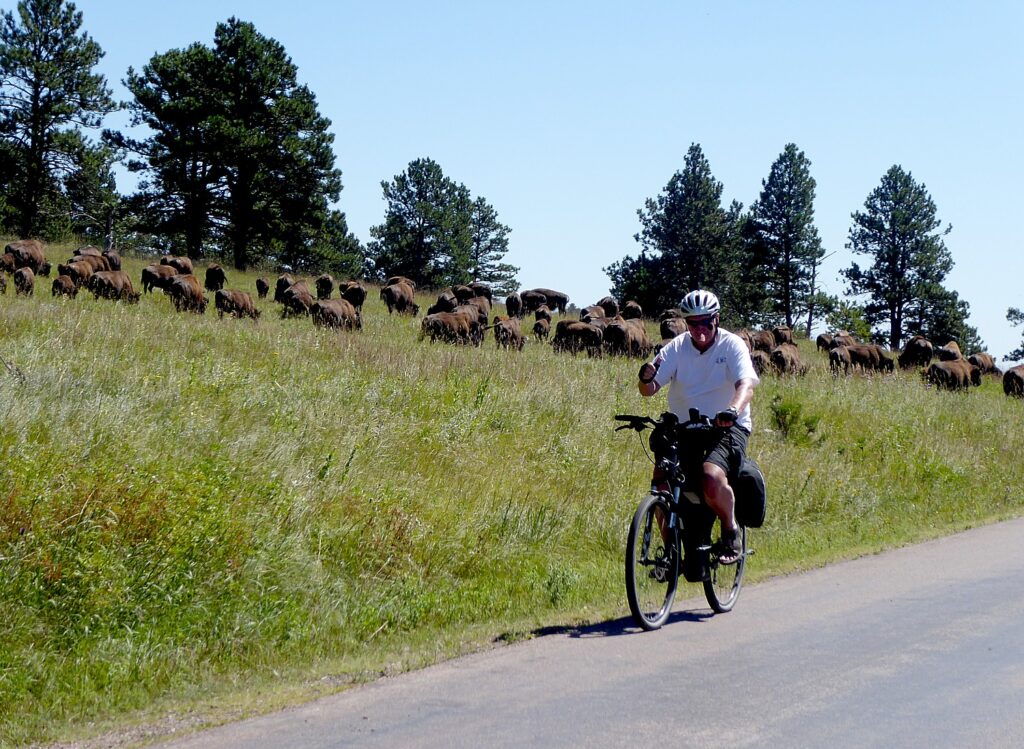
Wilderness Voyageurs, which operates fully supported, inn-to-inn bicycle tours across the United States, is offering savings of $75 off 3-day tours, $100 pp off 4-day tours, $125 off 5-day tours and $150 off 6-day tours for any bike tour booked by Dec. 14. (800-272-4141, https://wilderness-voyageurs.com/)
G Adventures’ Cyber Sale, through November 30, provides 30% off per person on guaranteed departures of small-group tours, for select dates departing before April 30, 2024. To book: https://www.gadventures.com/travel-deals/cyber-sale/
Resorts Around the World

Club Med: Book by Jan. 8, 2024 for travel by June 28, 2024 to get an extra 10% off all-inclusive beach and mountain getaways. Get up to 40% off plus: Up to $200 additional instant credit per person; Kids under 4 stay FREE; Bundle with air & save 10% extra. For solo travelers, the Single Supplement is waived on select dates. Visit: https://www.clubmed.us/o/best-all-inclusive-vacation-deals
Borgo San Vincenzo, Montepulciano, Italy: Tuscany’s newest luxury boutique hotel, , is a reimagined 18th-century borgo named for the patron saint of winemaking, offering sophisticated wine-driven experiences inviting guests to immerse in the region’s vibrant culture, breathtaking views, historic wine scene and culinary excellence. Located in the heart of Montepulciano, Italy, in the Vino Nobile vineyards, Borgo San Vincenzo offers 21 luxury studios and suites and personalized experiences like tours of the region by foot, horse, e-bike, Vespa, or hot air balloon, cooking classes in a winery, truffle hunting and olive oil tasting, among others. Borgo San Vincenzo’s Escape to Tuscany specials from Nov. 23-27 include 20% off on all suites in any season (4-night minimum stay), daily breakfast for two, complimentary e-bike rental for two days and €100 euros ($106) food & beverage credit. The hotel can also be booked for exclusive use €30,000 euros ($31,857) for a 4-night stay (excluding May-September) including 1 night of exclusive use of the Il Ciuchino restaurant $2,654 value). Direct bookings only, mention Black Friday Specials/Escape to Tuscany. Book at https://borgosanvincenzo.com/contact/.

Cayo Espanto, Belize, located three miles off the coast of San Pedro, Belize, is home to seven villas, helipad, private yacht, and endless opportunities to enjoy a barefoot luxury escape in a naturally beautiful setting. The private island resort is offering guests a free airfare credit (up to $750 per person) with the booking of a 4-7 night stay this Black Friday through Cyber Monday. Travelers looking to take advantage of this offer must complete their reservation online at aprivateisland.com Nov 24 – 27. Use the codes for FREEAIR outlined in the booking calendar when making a reservation. Blackout dates apply.
Sonesta Resorts St. Maarten, St. Maarten is a duo of stunning oceanfront, all-inclusive resorts in the Dutch Caribbean, comprised of the family-friendly Sonesta Maho Beach Resort, Casino & Spa and five-star, adults-only Sonesta Ocean Point Resort. Sonesta Maho Beach Resort, Casino and Spa is a 420-room fun-for-all ages resort, while Sonesta Ocean Point Resort is a spectacular adults-only 130 suite “resort within a resort” featuring all-access to the adjacent all-ages Maho Beach Resort. From Black Friday, Nov. 24 through Cyber Monday, Nov. 27, take 50% off standard room rate for future stays between Dec. 1, 2023-Dec. 21, 2024 (three-night minimum; blackout dates) when booking with code BLACKFRIDAY online at sonestastmaarten.com.
Ocean Club Resorts, Providenciales, Turks & Caicos, two all-suite resorts located along the pristine Grace Bay Beach, provide spacious accommodations, full kitchen or kitchenette, screened-in patio, and onsite activities including complimentary bikes, tennis, kayaks, SUP boards, beach/pool loungers. Book a six-night stay at Ocean Club Resorts (East or West location) this Black Friday through Cyber Monday and receive the seventh night free for stays April 1 – 30, 2024. Valid on accommodations ranging from Studio to One-Bedroom Suites. Reservations are based on availability, blackout dates apply. The promotional offer must be booked here online, use promo code BFCM. Offer cannot be combined with any other promotion.
Andaz Mexico City Condesa, in Mexico City’s trendy Condesa neighborhood, has emerged as a chic urban enclave since opening in January 2023. Book Nov. 16-29, 2023 to get 25% off on all stays from November 16, 2023 to August 31, 2024. The city’s newest lifestyle hotel boasts 213 distinctly designed rooms and suites, the neighborhood’s tallest rooftop pool on the 17th floor, three distinct dining venues, including signature restaurant Cabuya Rooftop and pet-friendly Wooftop Beer Garden & Canine Club with its brand new Bulldog Sports Bar,as well as Pasana Spa and Wellness that offers relaxing massage services and beauty treatments.
Fairmont Mayakoba, nestled in the heart of Mexico’s Riviera Maya, is a newly renovated, 401-room AAA Five Diamond resort set on 45 acres within a private luxury community. Surrounded by a lush mangrove forest intersected by water canals, the property offers 46,000 sq. ft. of indoor and outdoor meeting space, an energizing Fairmont Spa and El Camaleón Golf Course. Now through March 29, 2024, take 20% off stays through April 30, 2024 booking directly on Fairmont Mayakoba’s website, HERE.
Casa Kimberly, Puerto Vallarta, Mexico, once the love nest of Elizabeth Taylor and Richard Burton, is a luxurious nine-suite boutique hotel in the heart of Puerto Vallarta with stunning views of Banderas Bay and the red clay rooftops that dot the Sierra Madre Mountains. Originally Burton’s gift to Taylor for her 32nd birthday, the hotel consists of two gorgeous casitas, connected by the Bridge of Love, where the star-crossed Hollywood icons could escape the paparazzi in the streets below. Today the carefully preserved hotel consists of a fine dining restaurant and tequila bar, original azure-tiled pool and elaborate, individually designed suites with expansive terraces with outdoor private Jacuzzis. Lovers are welcome to ignite their passion while draped in the historic luxury of old Hollywood. Book Nov. 24-27 to save 50% off suites for stays between December 1, 2023, and May 31, 2024 (blackout dates apply). Use code CYBERCK to reserve at the discounted rate. Visit here to book.
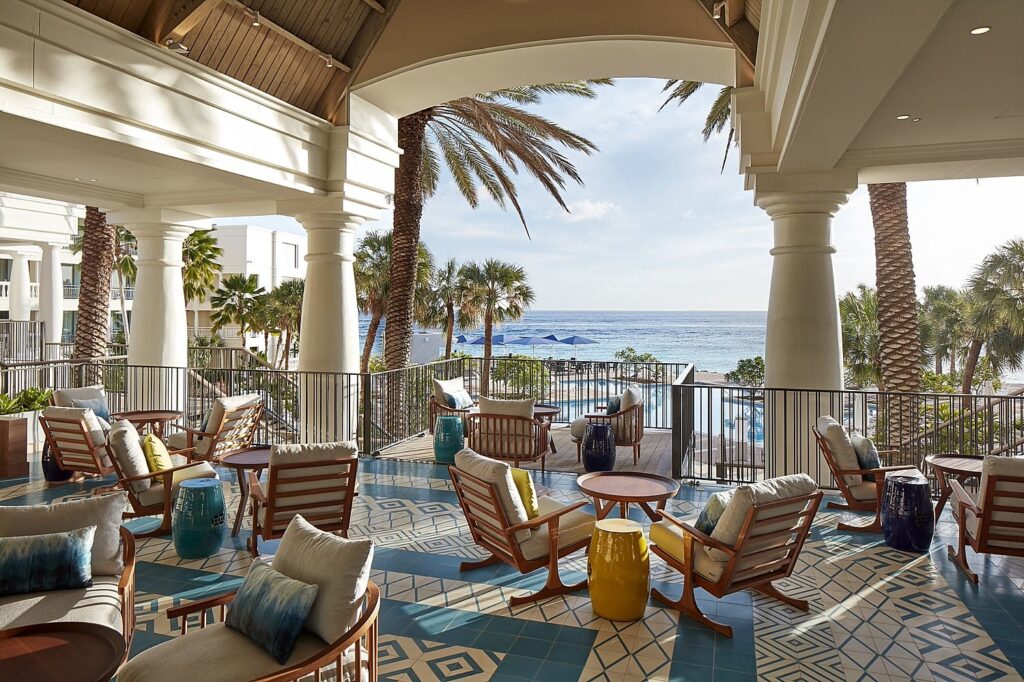
The renovated Curaçao Marriott Beach Resort occupies six-acres of beachfront property in the historic capital of Willemstad. Located outside of the hurricane belt, the island is safe from the tropical storms and delivers 300 days of sun per year. Curacao is now more popular and accessible than ever as a result of new and additional nonstop flights from New York, Miami, Charlotte and Atlanta (coming soon). The resort presents an ideal combination of active adventure and luxurious relaxation, with direct beach access, two pools, four dining concepts, meetings and events spaces and recently opened an on-site dive shop, Goby Divers, where guests can learn to scuba and earn PADI certification or dive based on their experience level. Deal: Save up to 30% off for 4 nights or 35% off for 7 nights (rates start at $234/night before discount). Book Nov. 24-27, 2023 for travel Jan. 2-Oct. 31, 2024 (blackout dates apply). Book Via Curaçao Marriott Beach Resort’s page on Marriott.com, Expedia, or Booking.com during the booking window.
Botánika Osa Peninsula, Curio Collection by Hilton, Costa Rica is a newly opened eco-resort offering luxurious accommodations and world-class excursions and wildlife adventures in the rainforests of the Osa, led by certified guides. Deal: Four-night getaway for two in one bedroom suite, complimentary breakfast, welcome cocktails and spa credit (rates start at $184/night before the discount), minimum 4-night length of stay; children under 12 stay free; Additional nights can be booked for $199+ tax and fees). Book Nov. 20-27, 2023 for travel Nov. 20, 2023 to May 31, 2024. To book: visit https://botanikaresort.com/
Vakkaru Maldives, located in the heart of Baa Atoll on a secluded reef island with idyllic ocean views, powder-soft white sand and marine biodiversity, is a timeless resort sanctuary. Deal: Book direct Nov. 15-Dec. 6 for stays from Nov. 15, 2023 to May 15, 2024 (black out dates Dec. 23, 2023-Jan. 10, 2024, Mar 23-Apr 7, 2024) to get resort credit of $100 per villa or $200 per residence; 30% off Merana Spa treatments; 40% off on Ayurveda treatments and packages; 20% off on selected watersports including Jetski, Seabob & Jetboard; Sunset champagne and Canapés on the beach for two. To book: here or email [email protected],use offer code BLACK
Sun Siyam Resorts’Siyam World (https://www.sunsiyam.com/siyam-world/offers/) and Olhuveli Resorts (https://www.sunsiyam.com/sun-siyam-olhuveli/offers/) in the Maldives are offering up to 40% savings, plus discounts on activities, diving, 50% off room upgrade charges, and stay a minimum of five nights for a one-way complimentary airport transfer for two.
See more deals: IT’S THE BEST TIME OF YEAR – FOR SNATCHING SAVINGS ON VACATION TRAVEL IN 2024
Coming: Gift of Travel
____________________________
© 2023 Travel Features Syndicate, a division of Workstyles, Inc. All rights reserved. Visit goingplacesfarandnear.com, www.huffingtonpost.com/author/karen-rubin, and travelwritersmagazine.com/TravelFeaturesSyndicate/. Blogging at goingplacesnearandfar.wordpress.com and moralcompasstravel.info. Visit instagram.com/going_places_far_and_near and instagram.com/bigbackpacktraveler/ Send comments or questions to [email protected]. Tweet @TravelFeatures. ‘Like’ us at facebook.com/KarenBRubin


